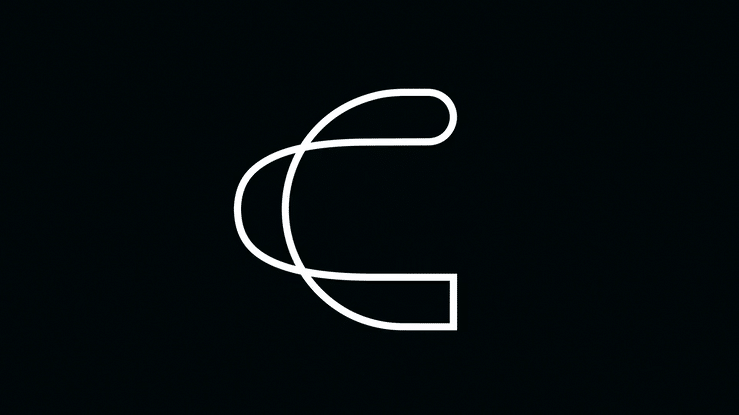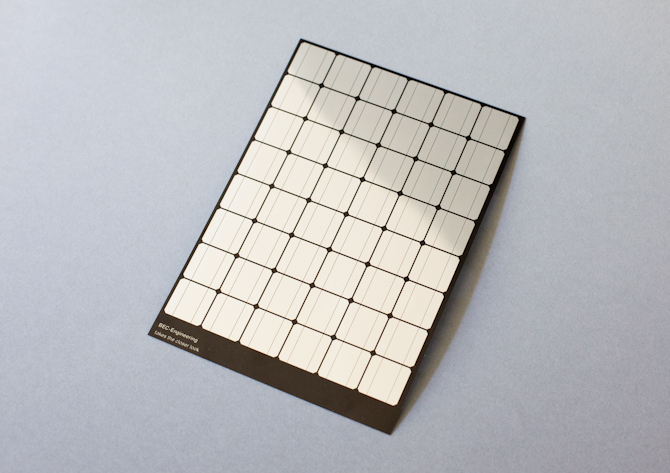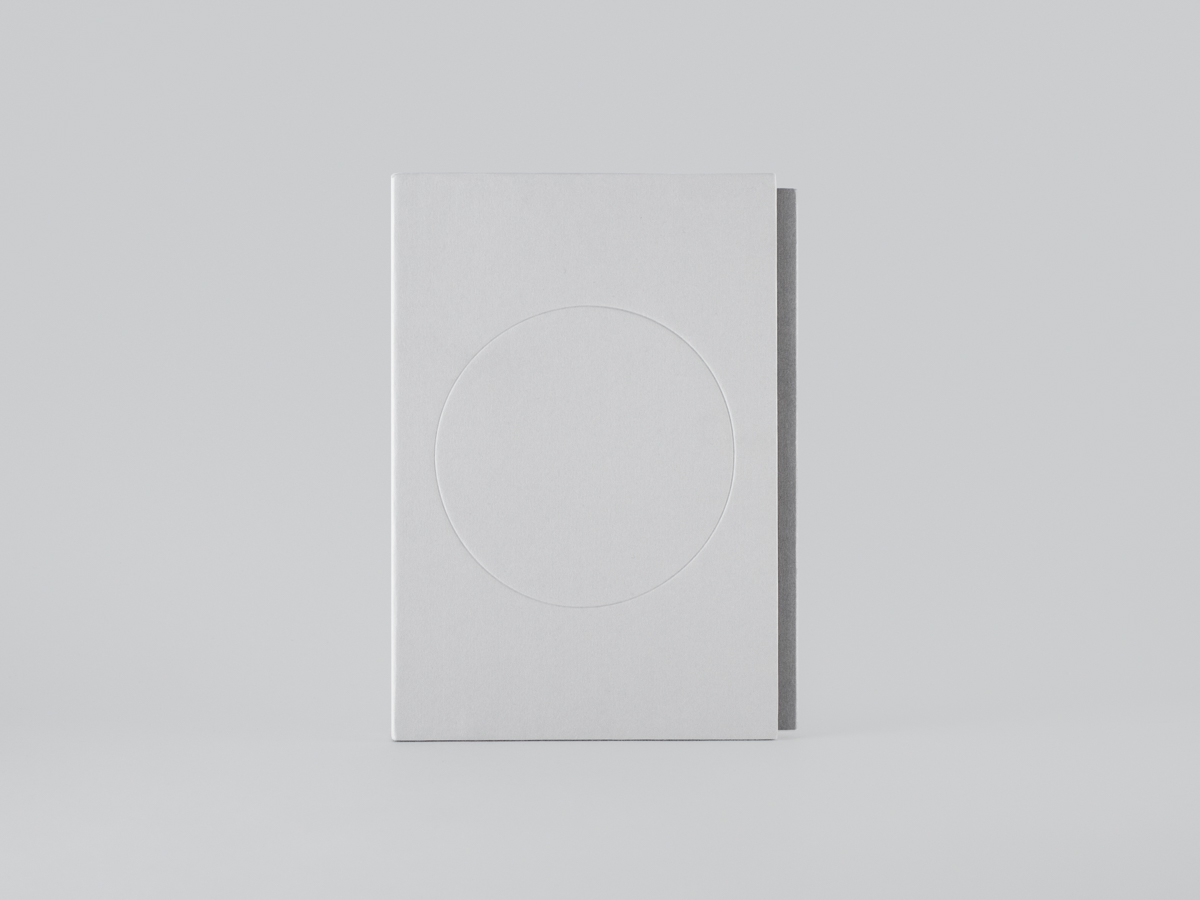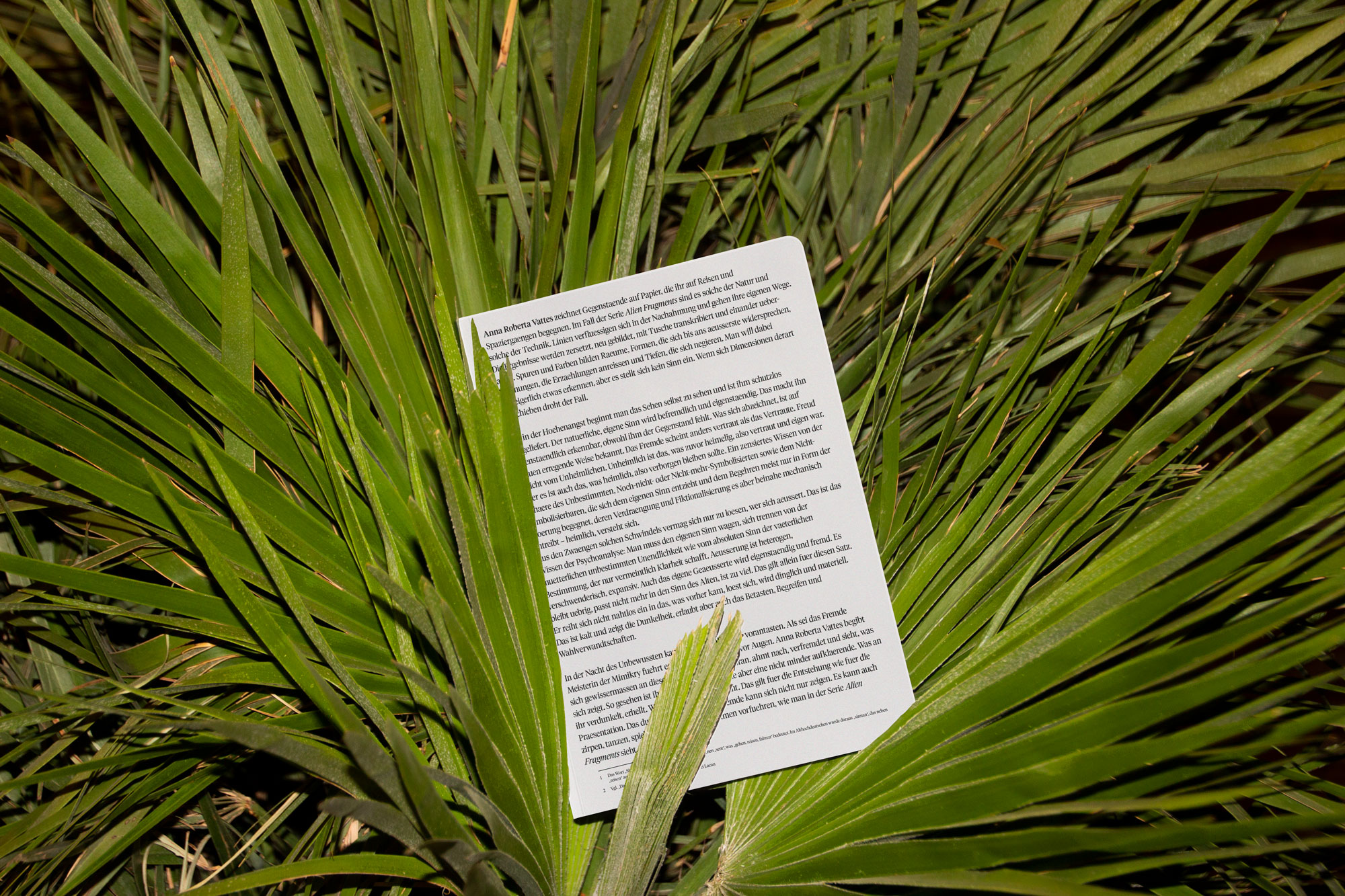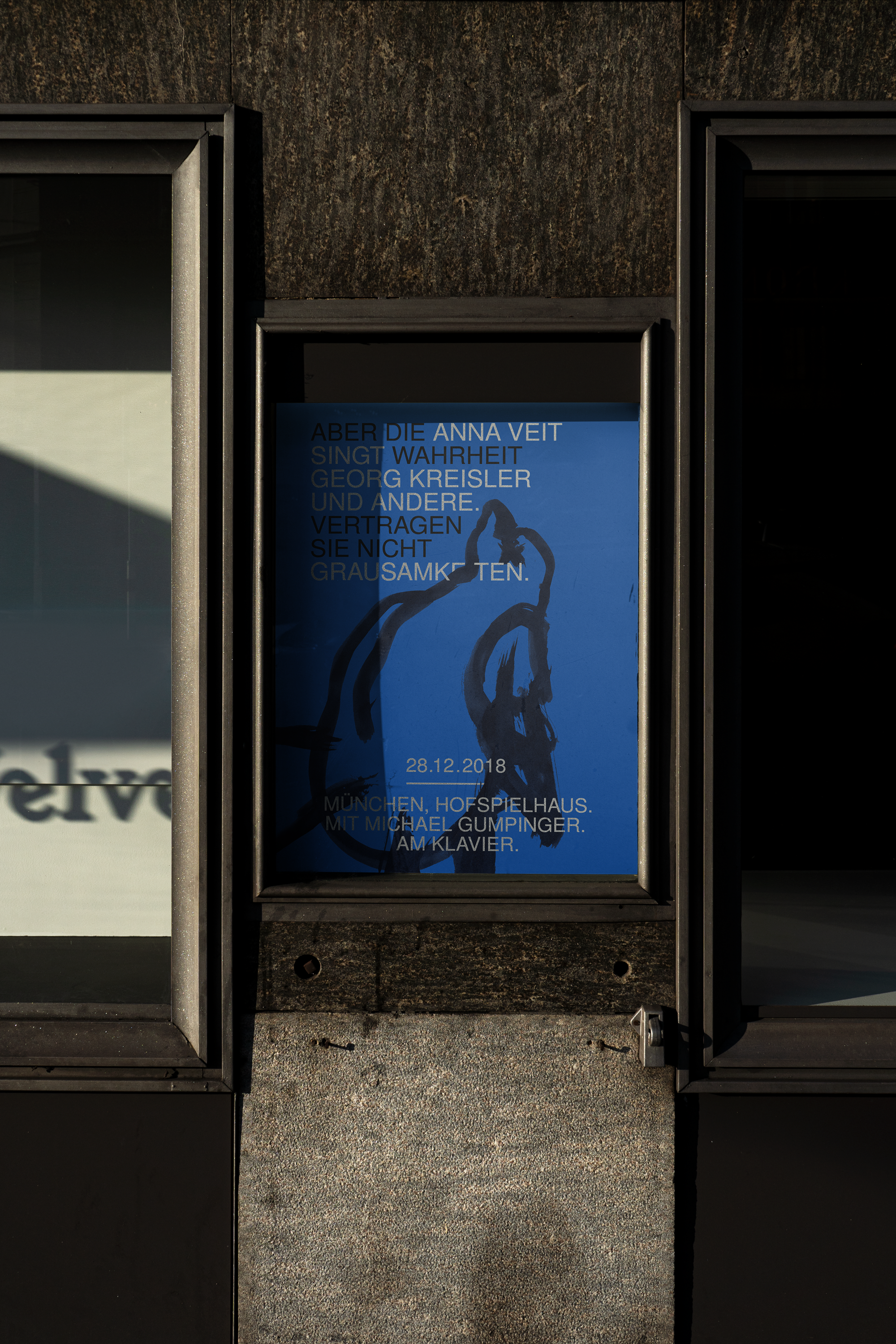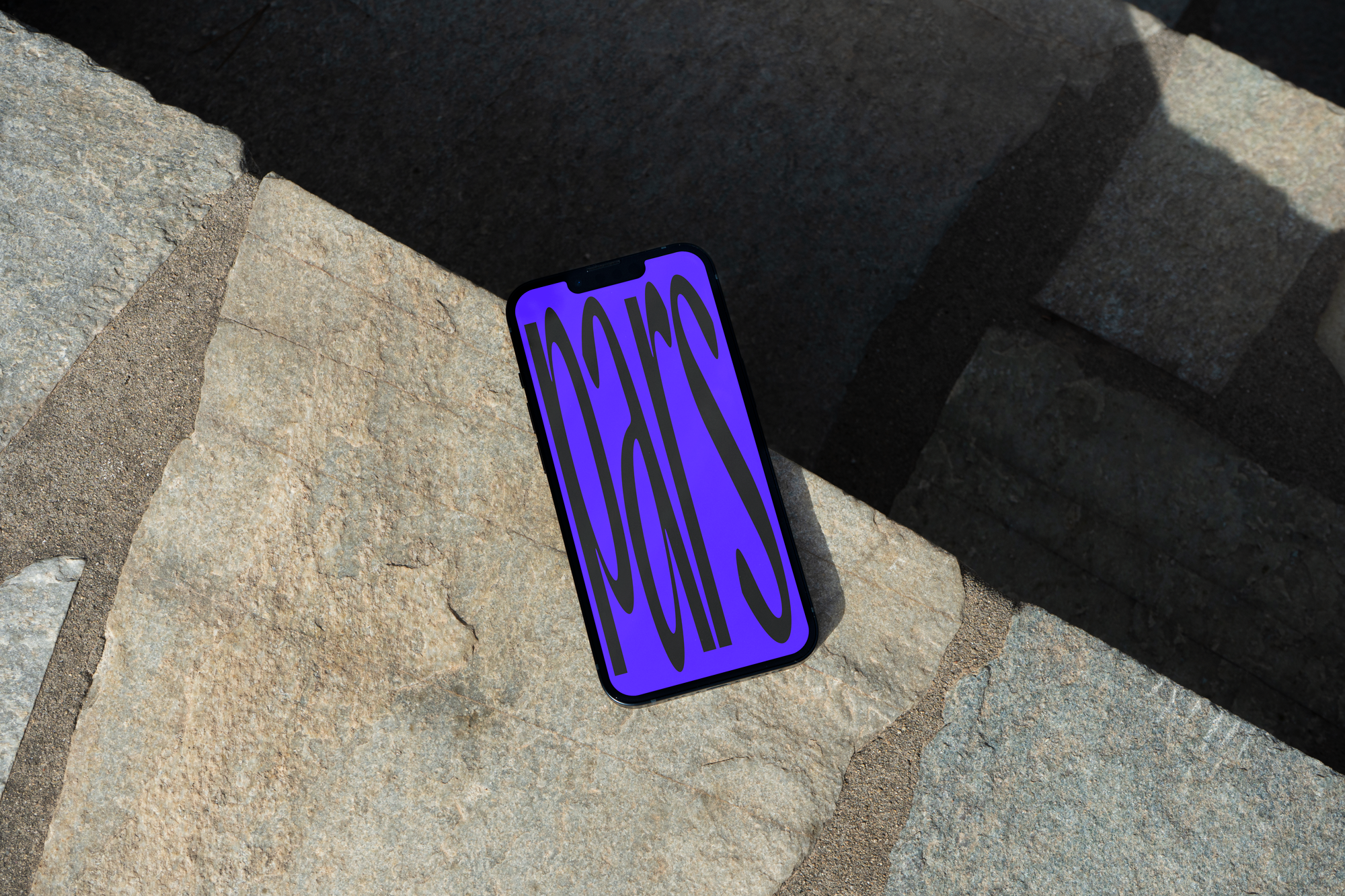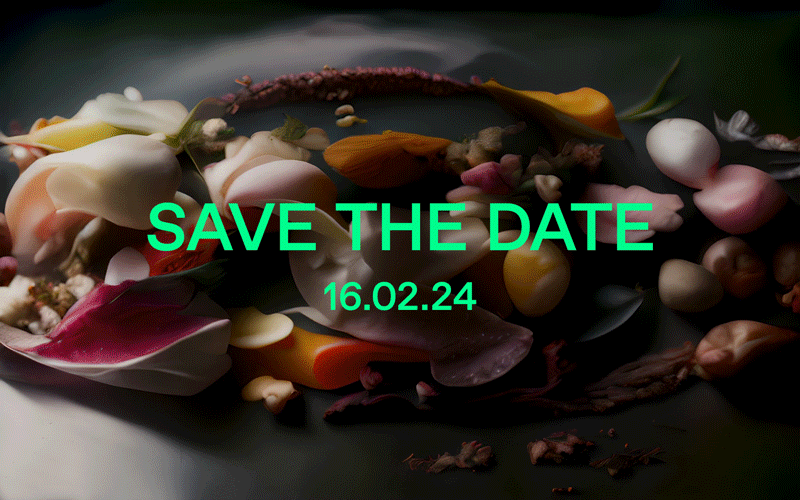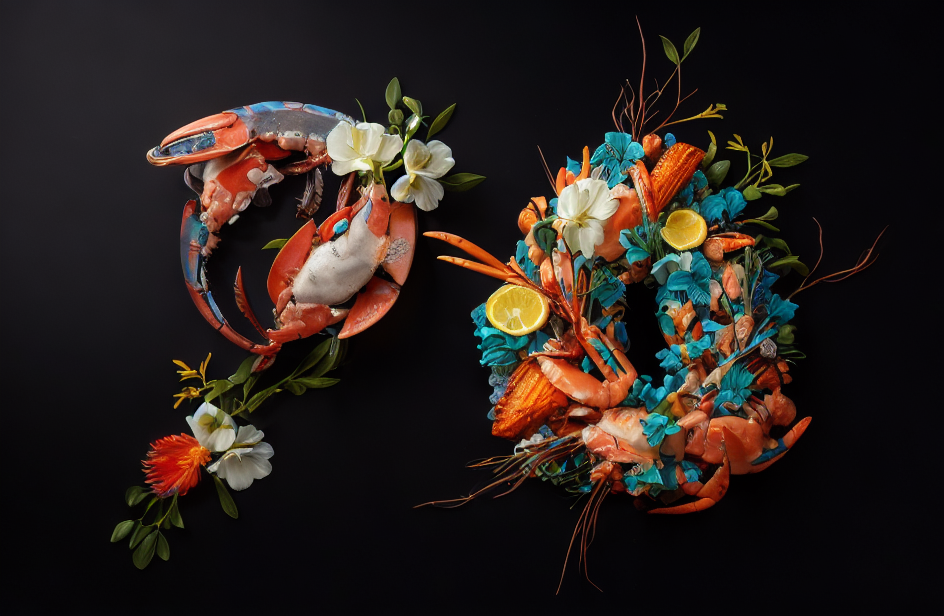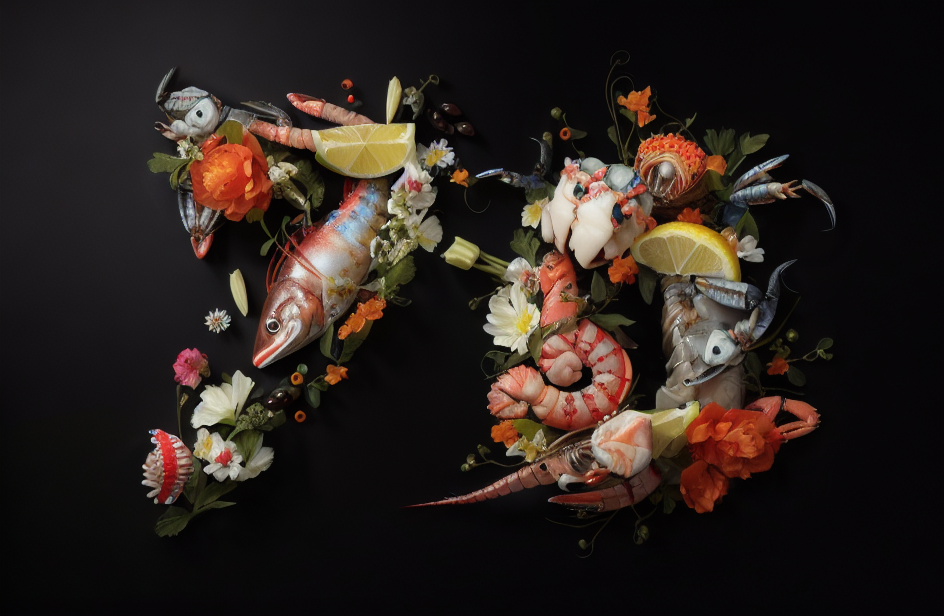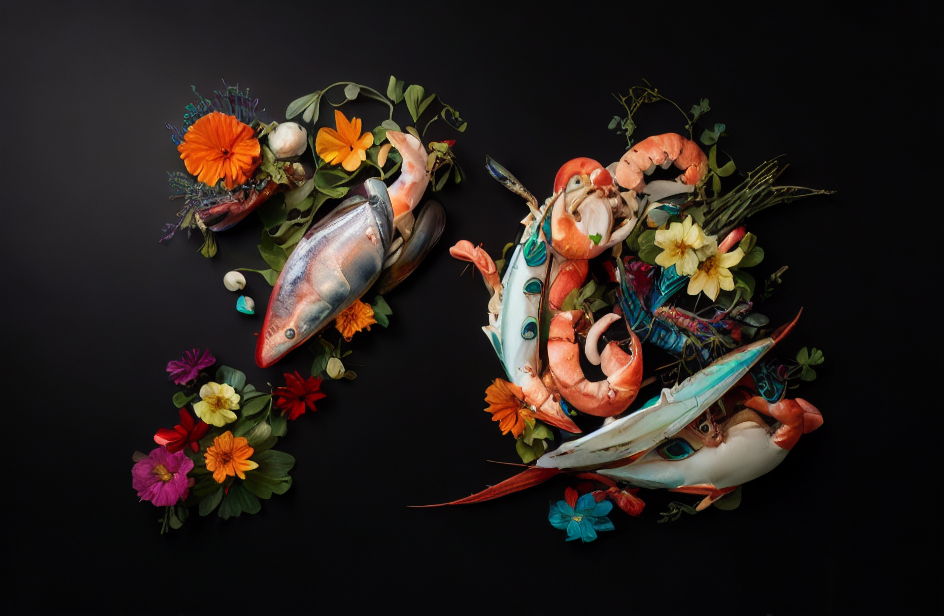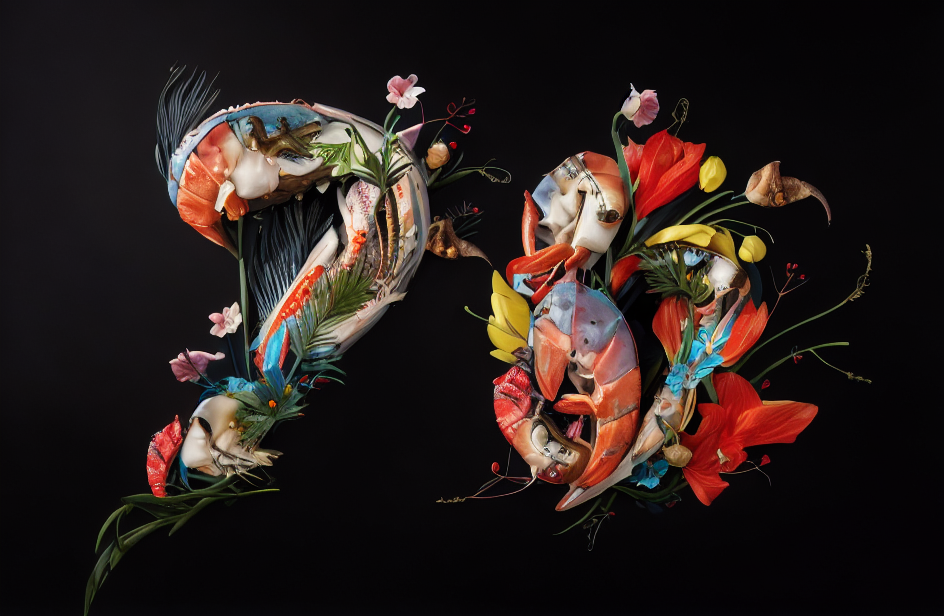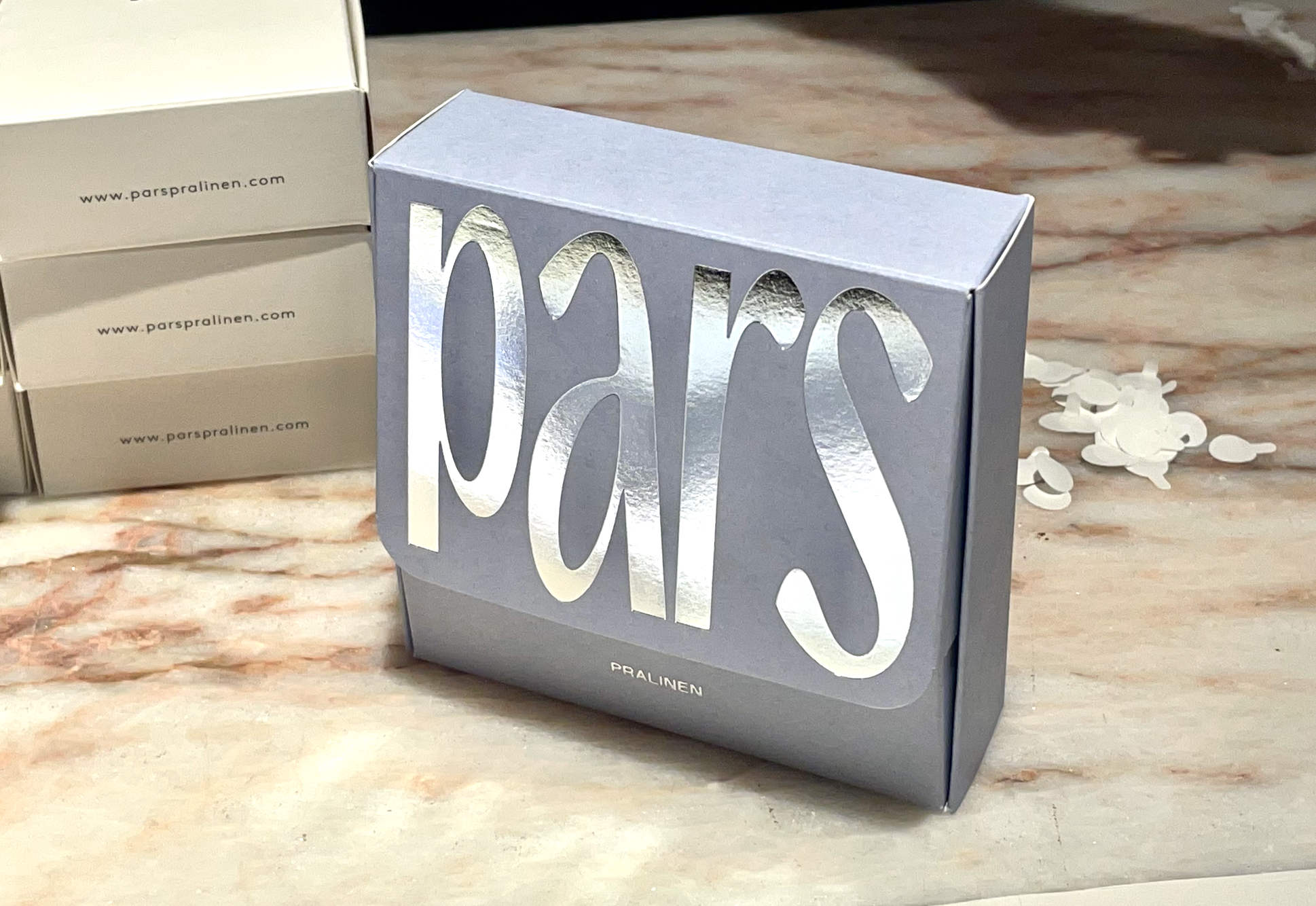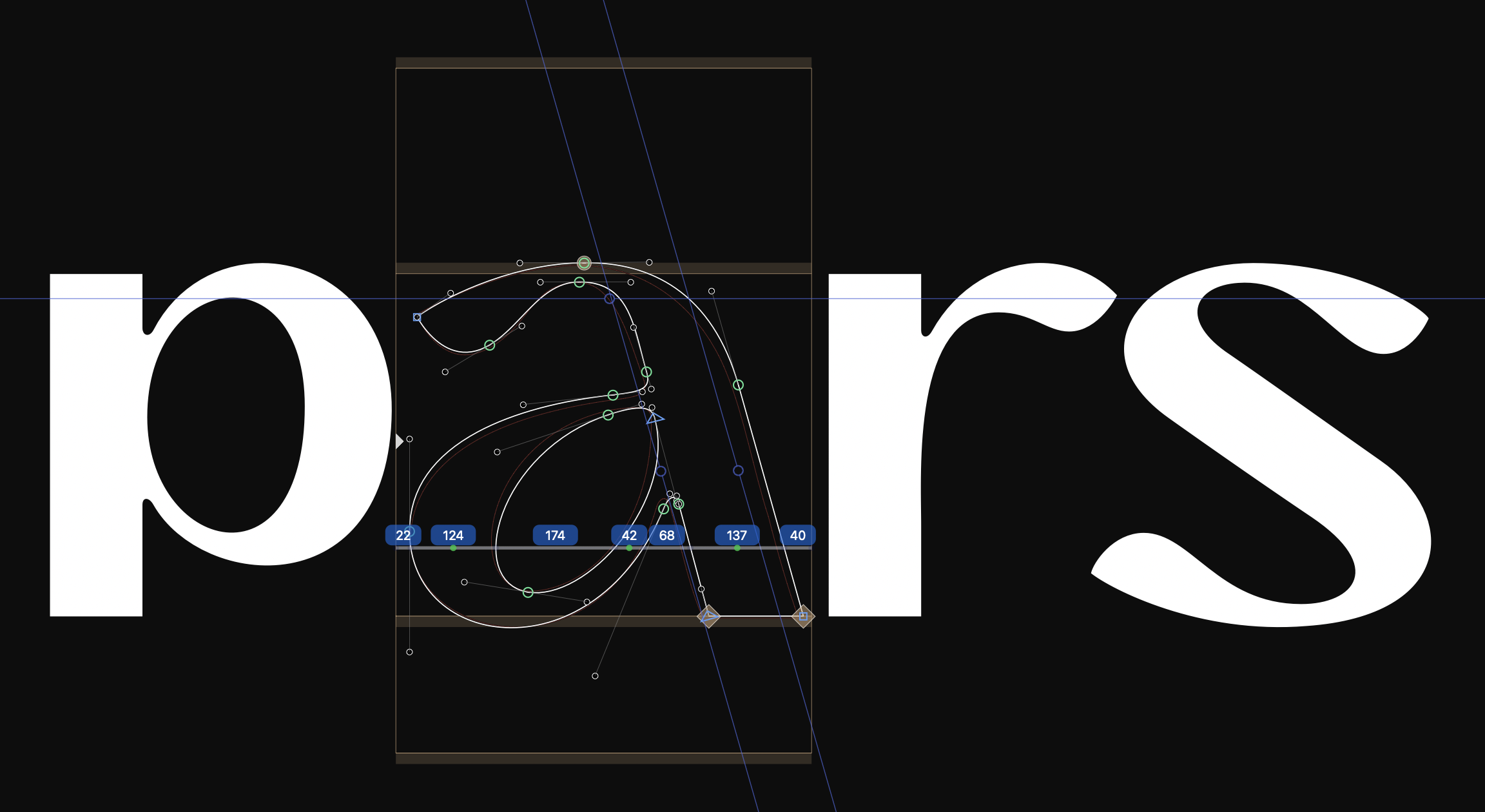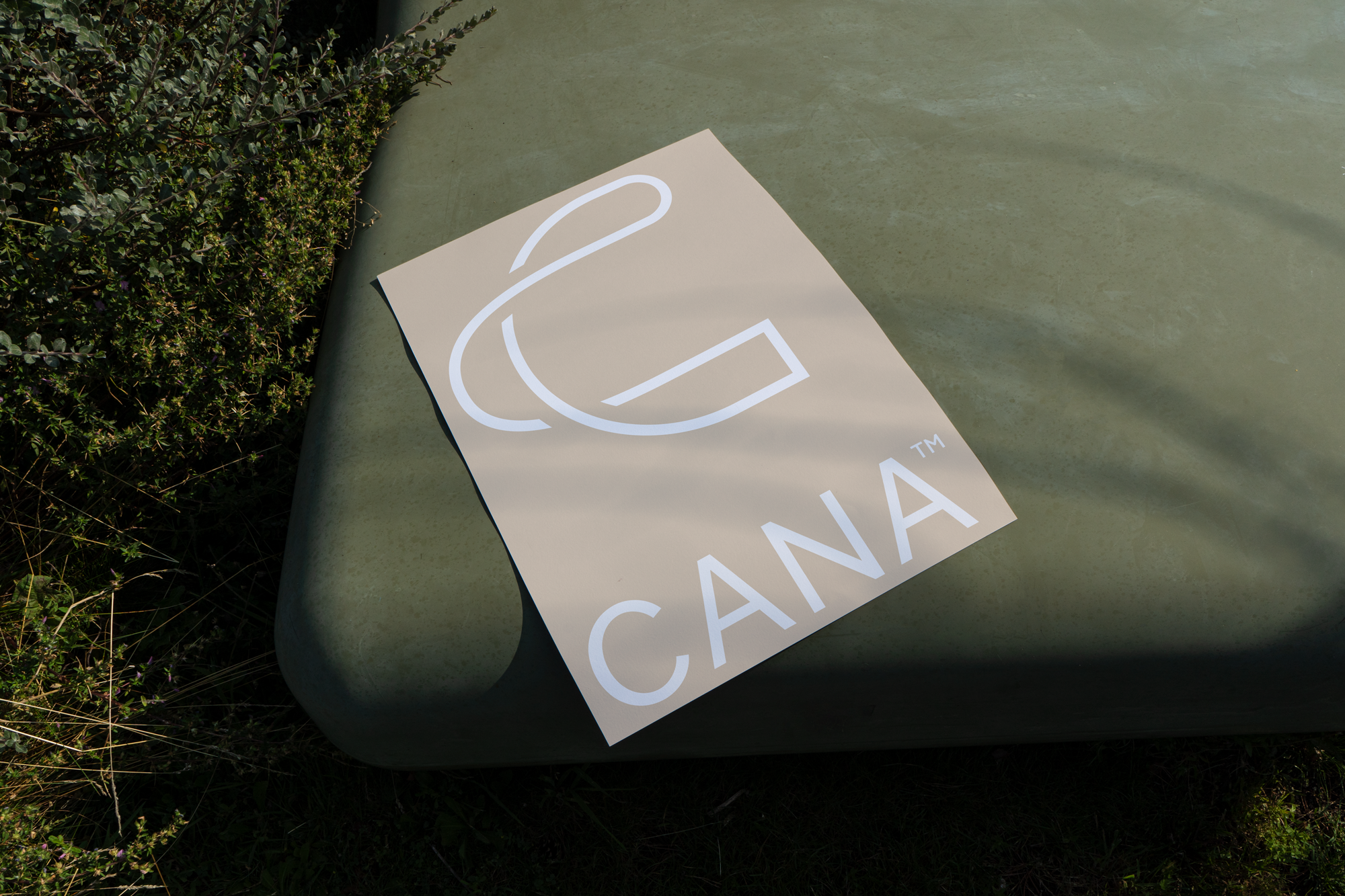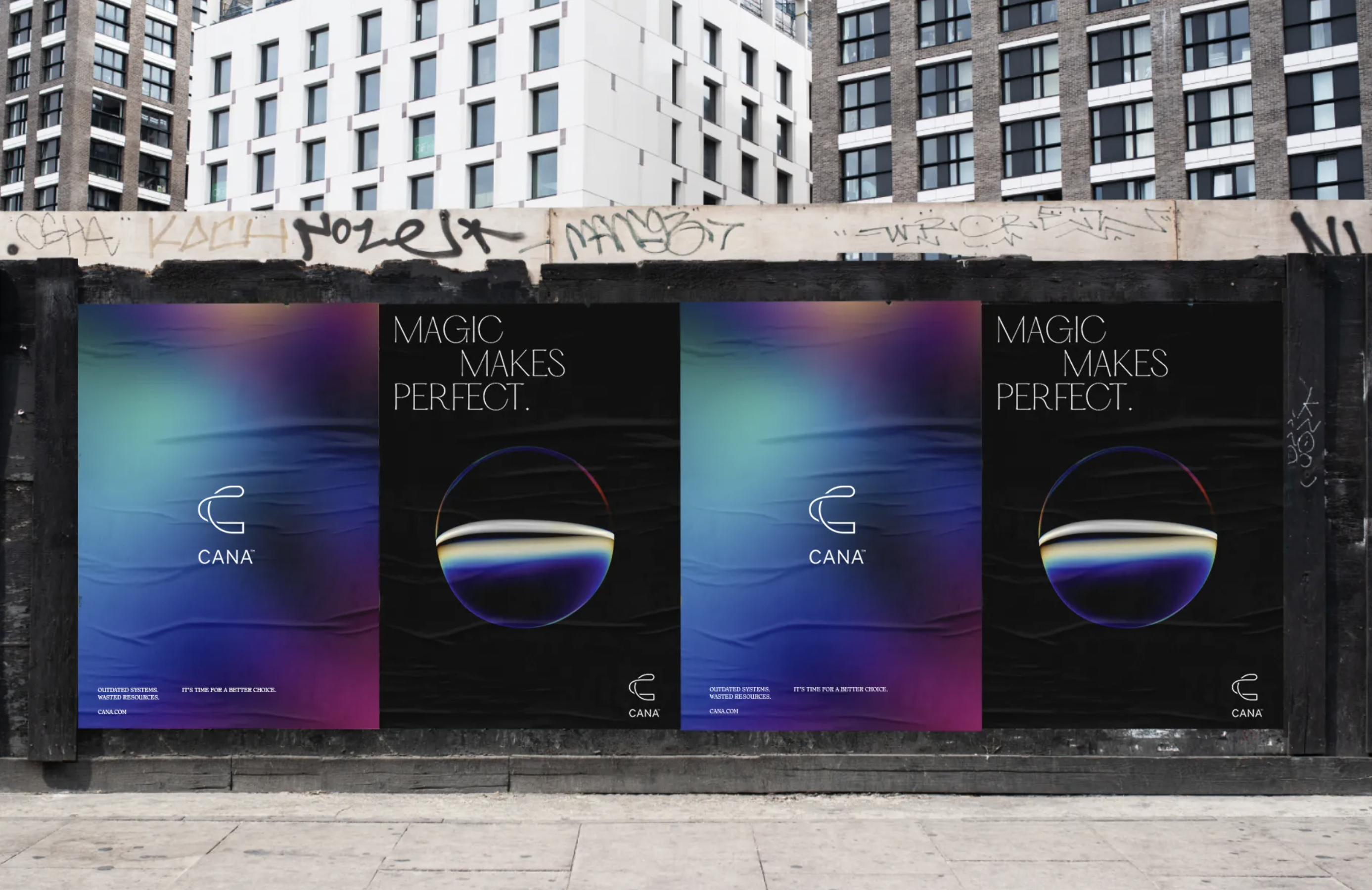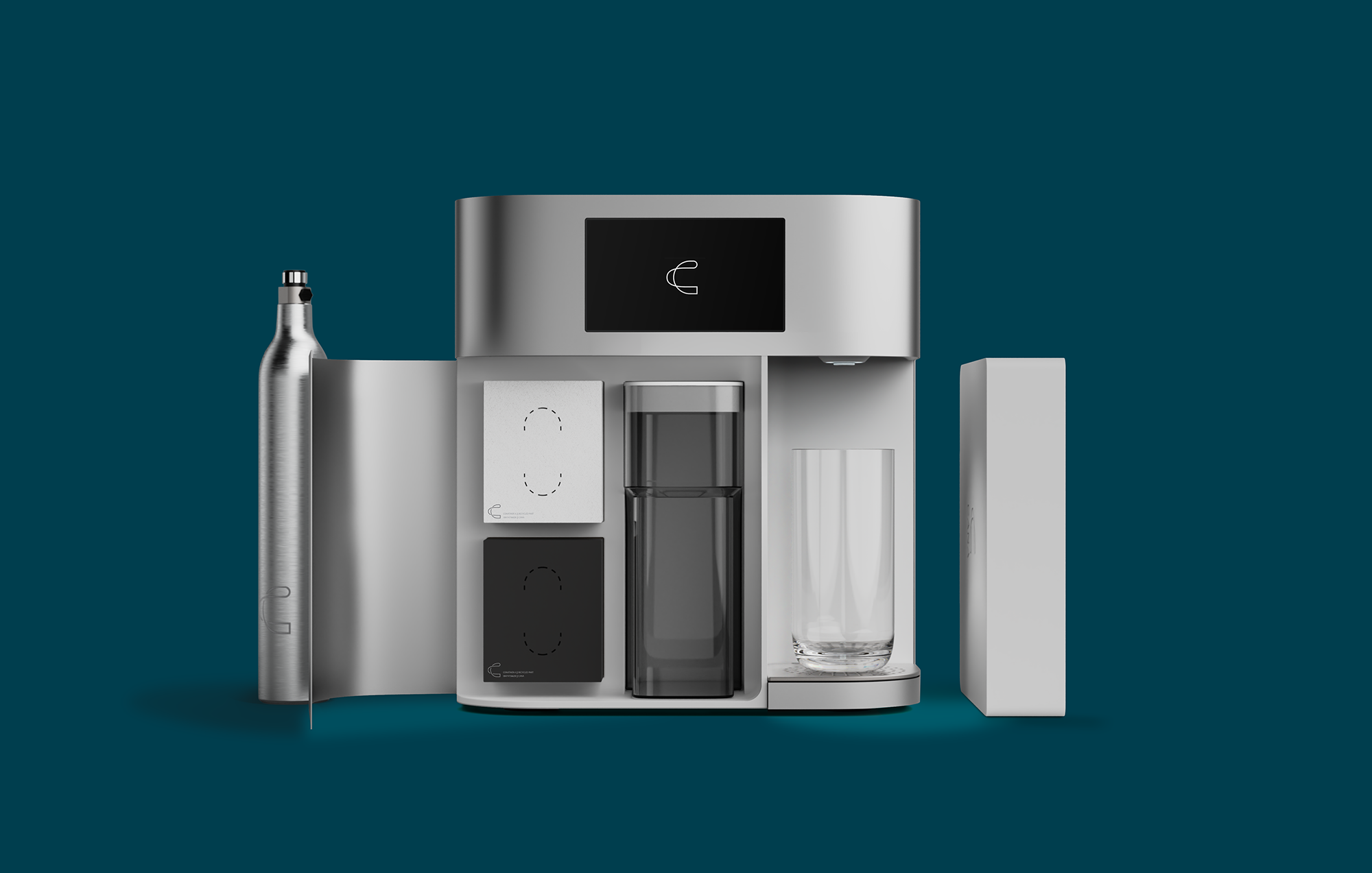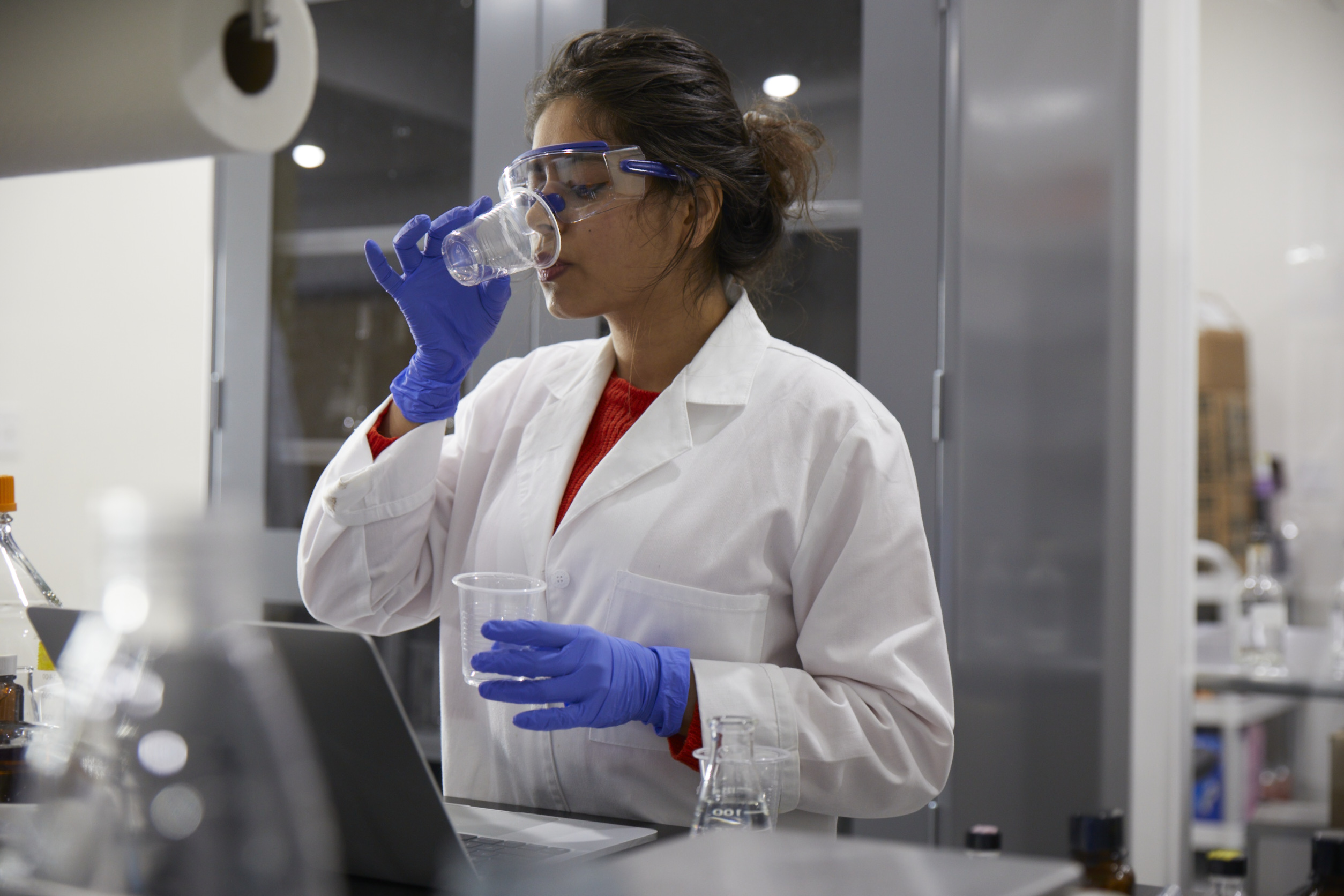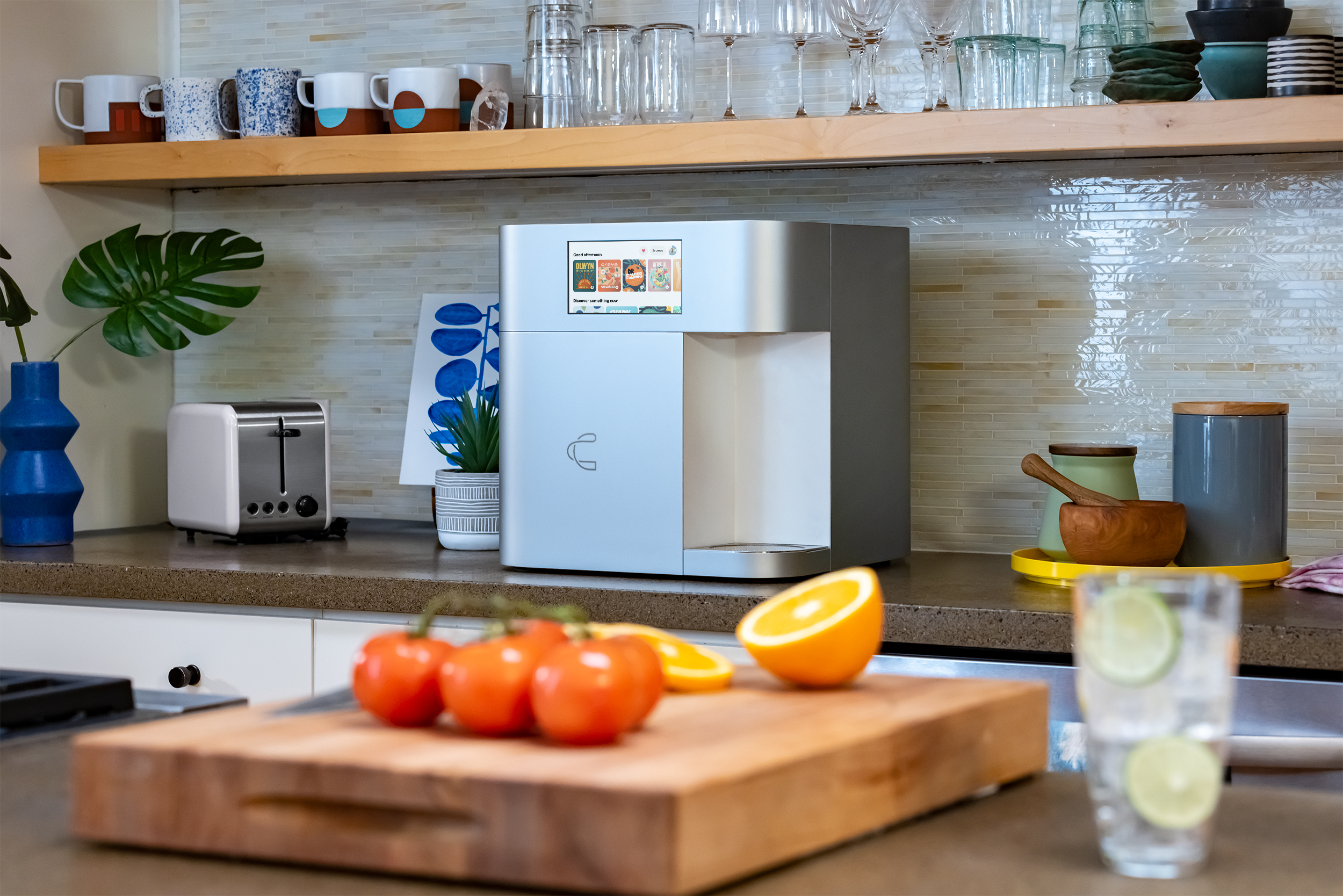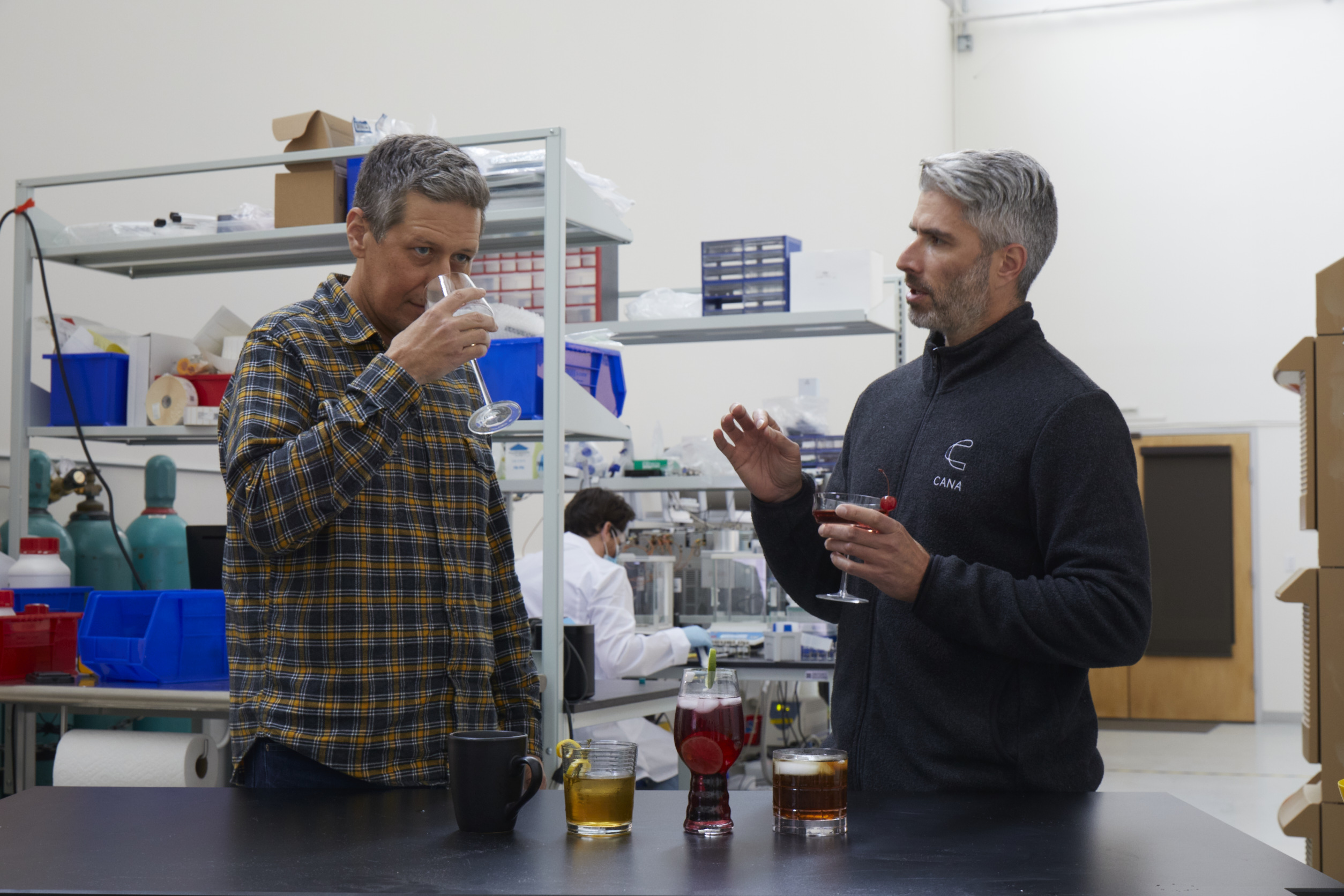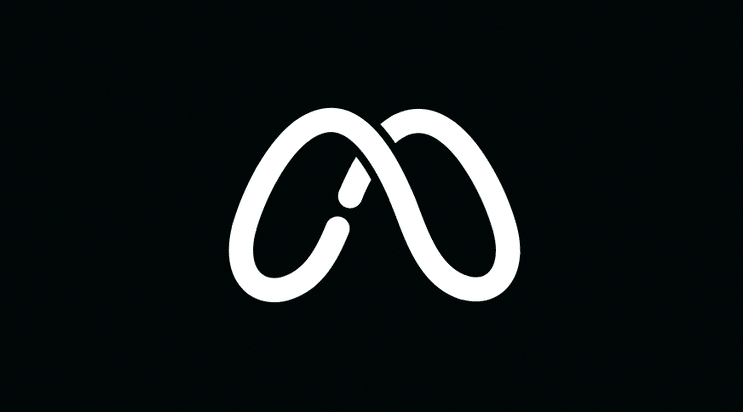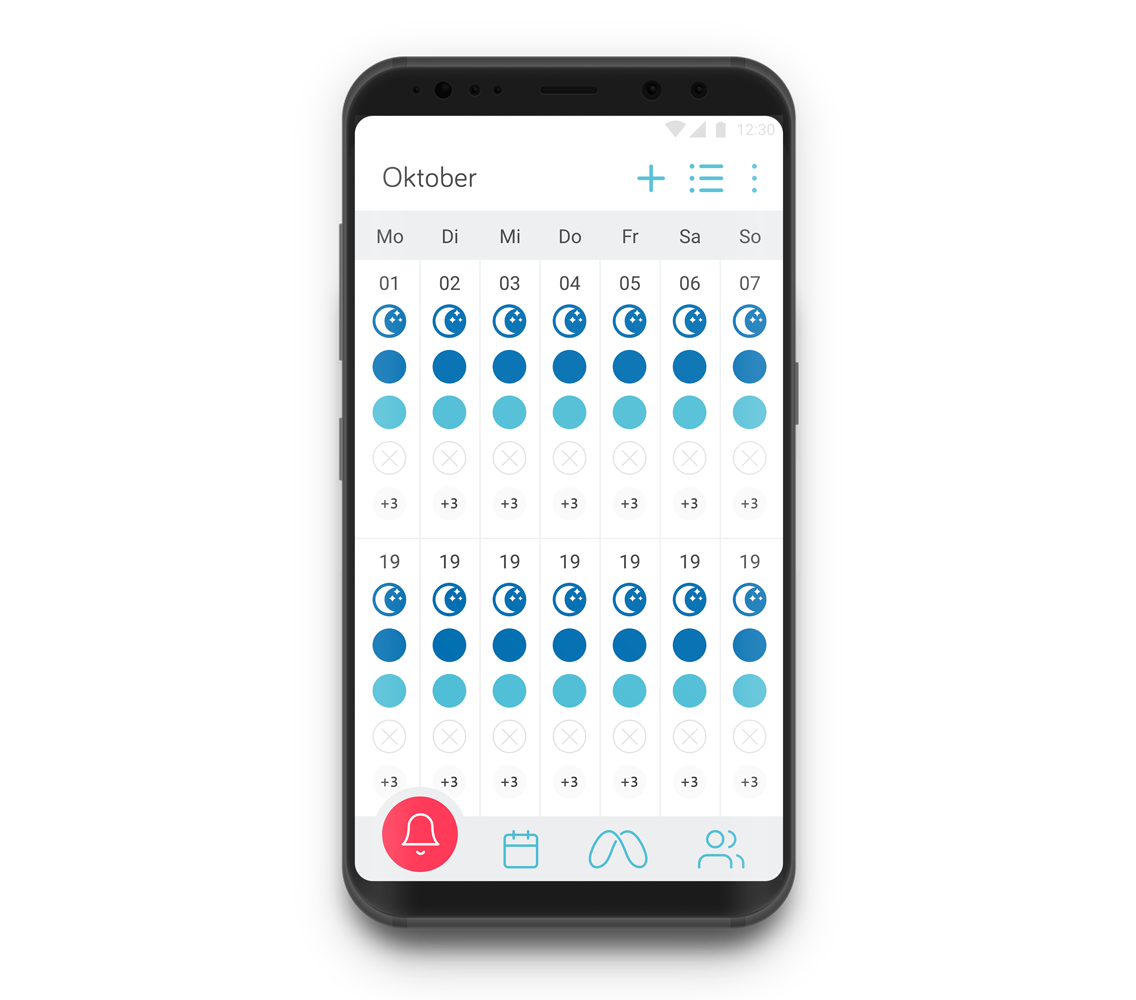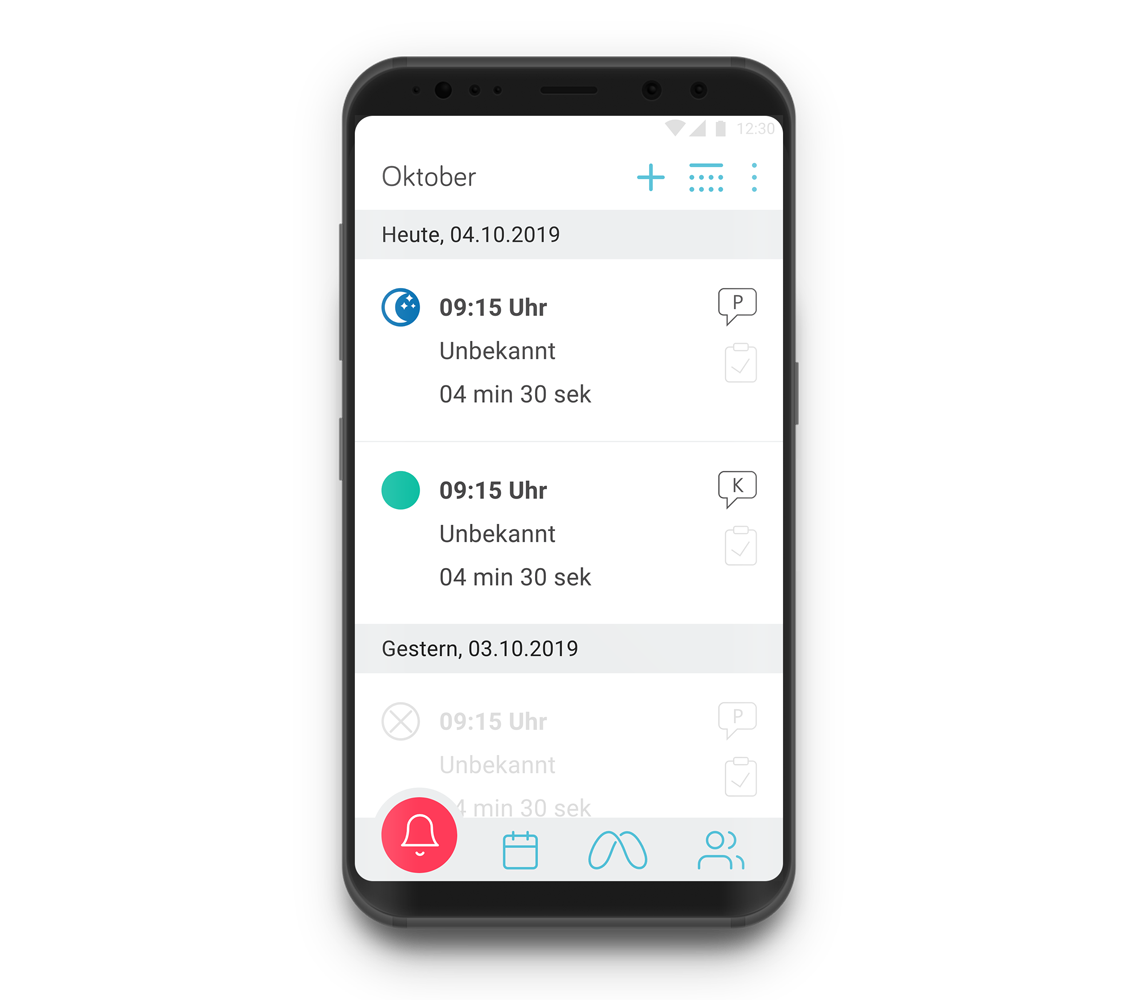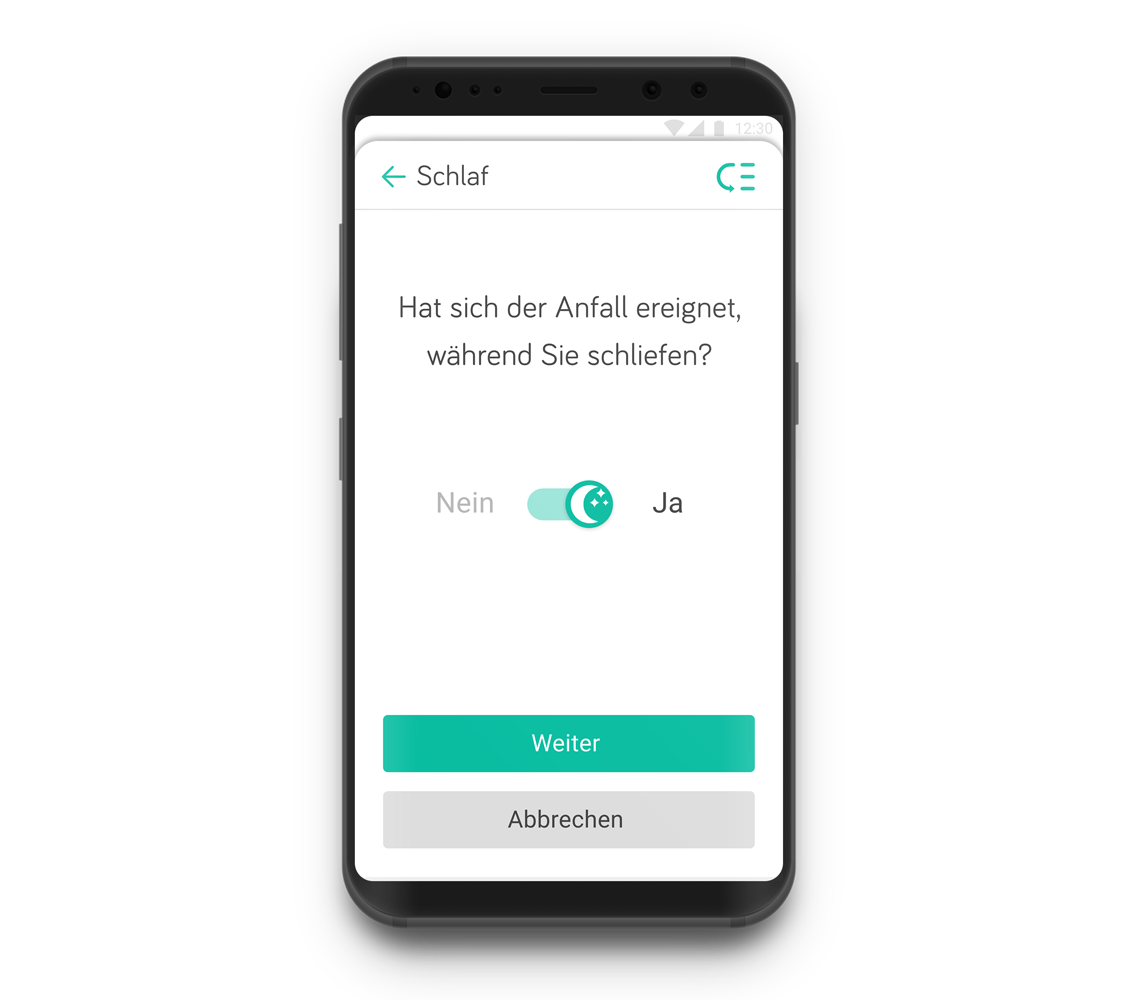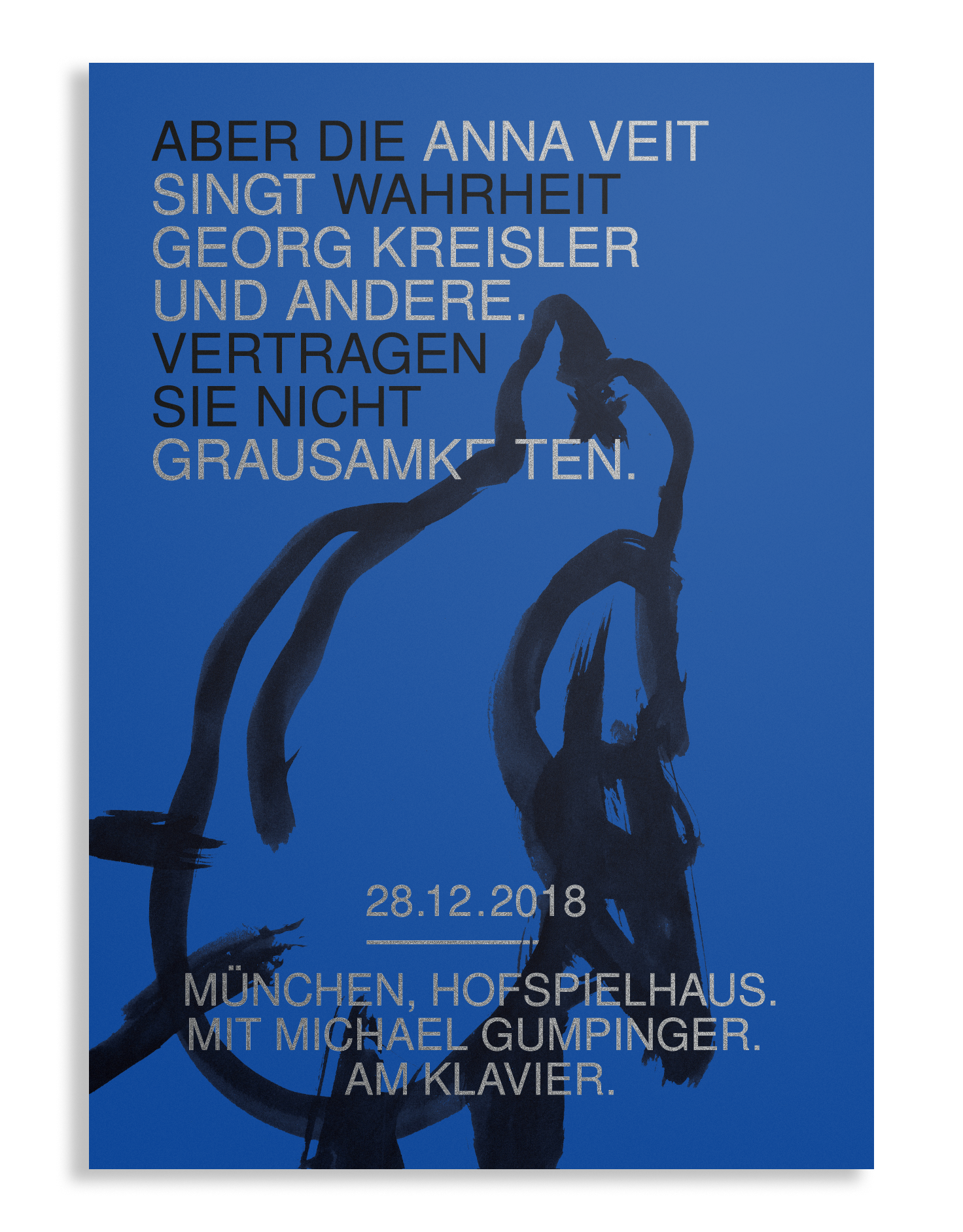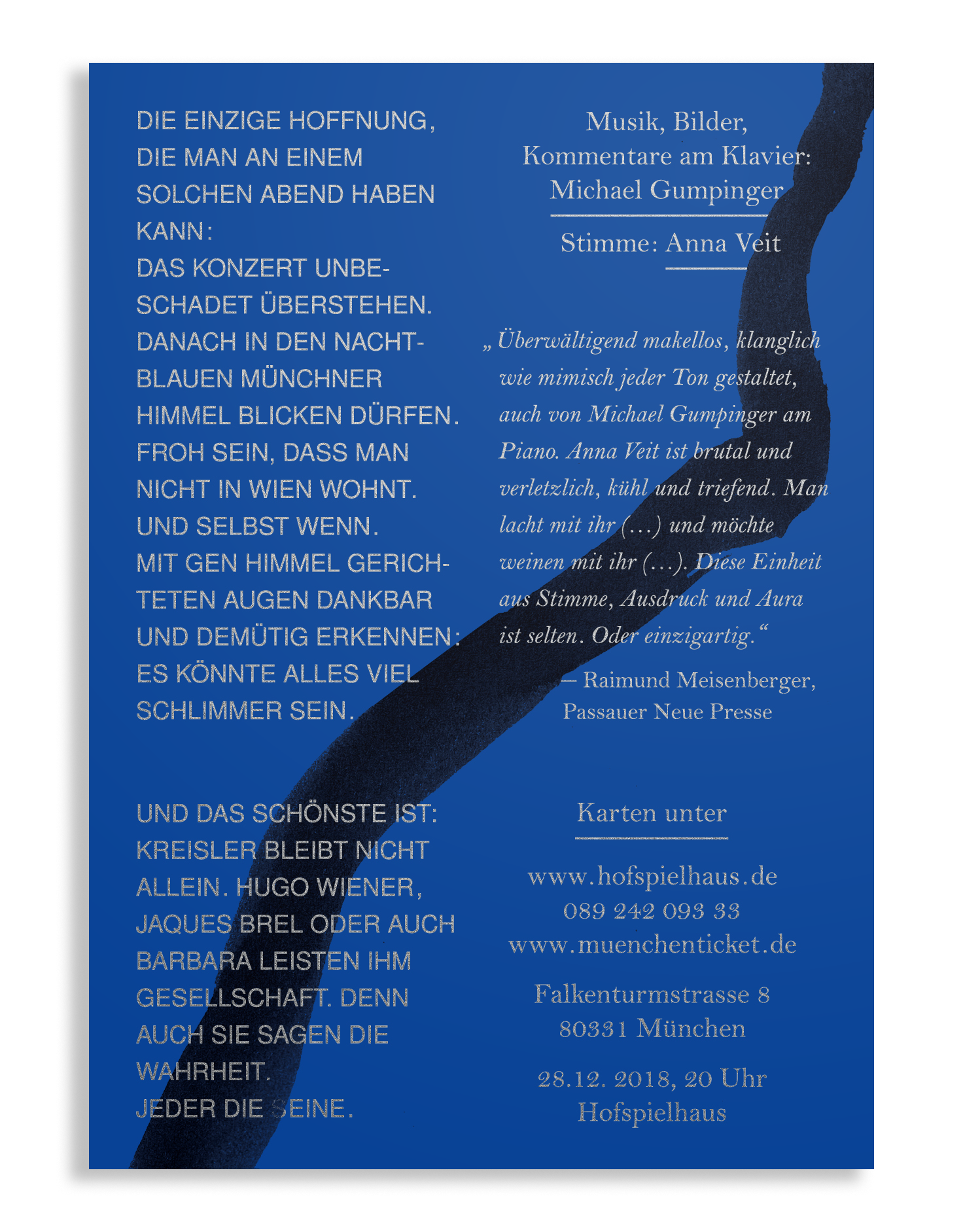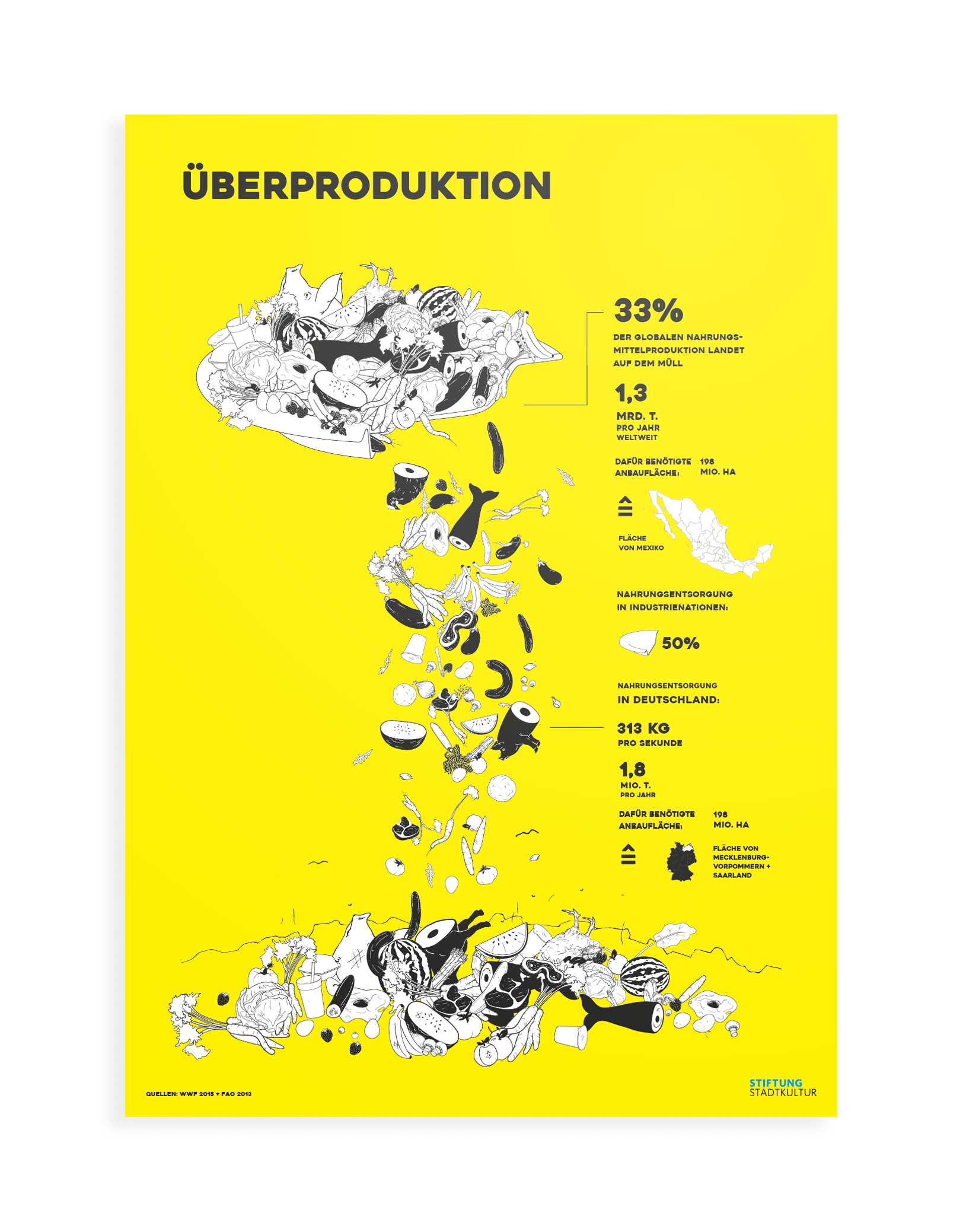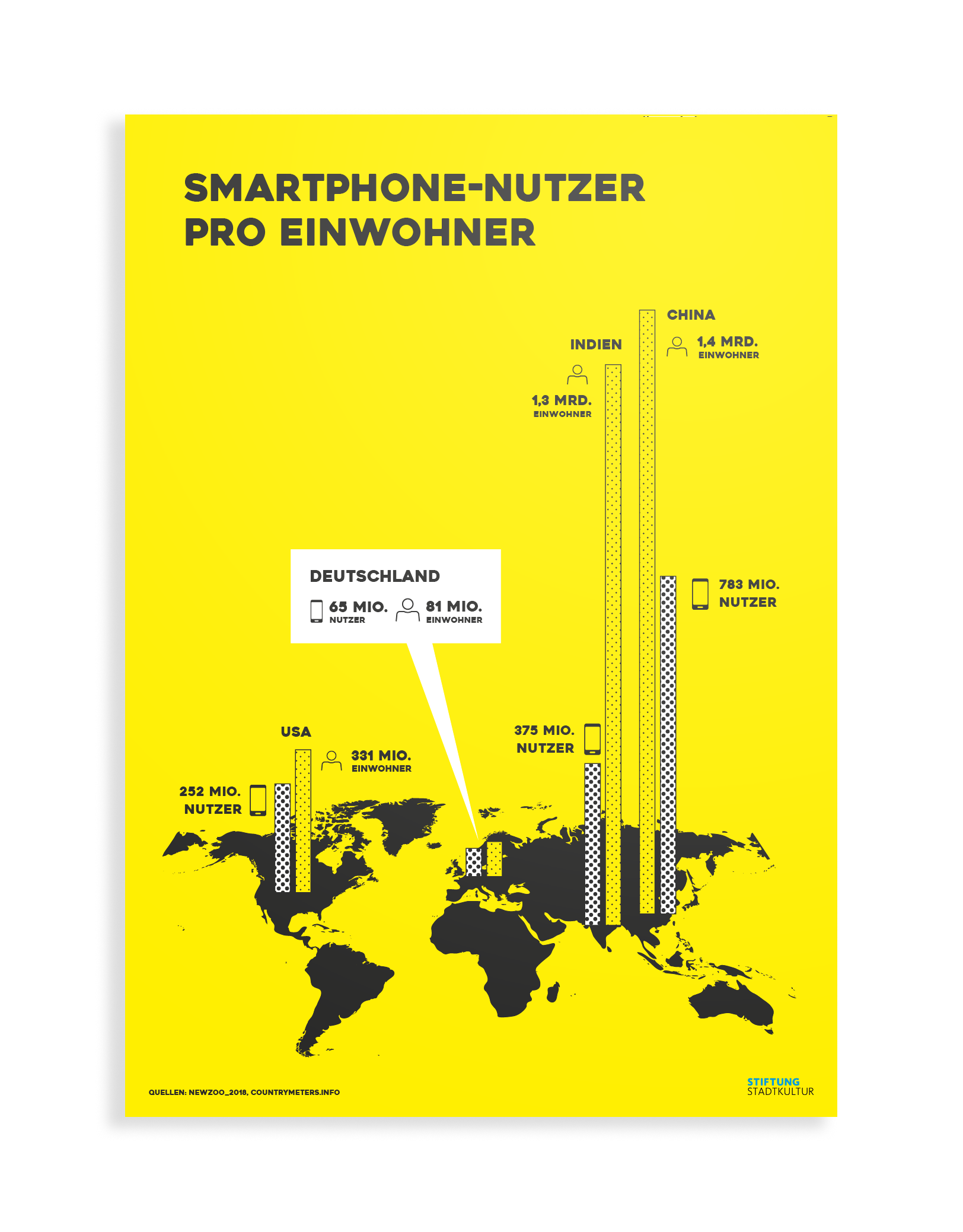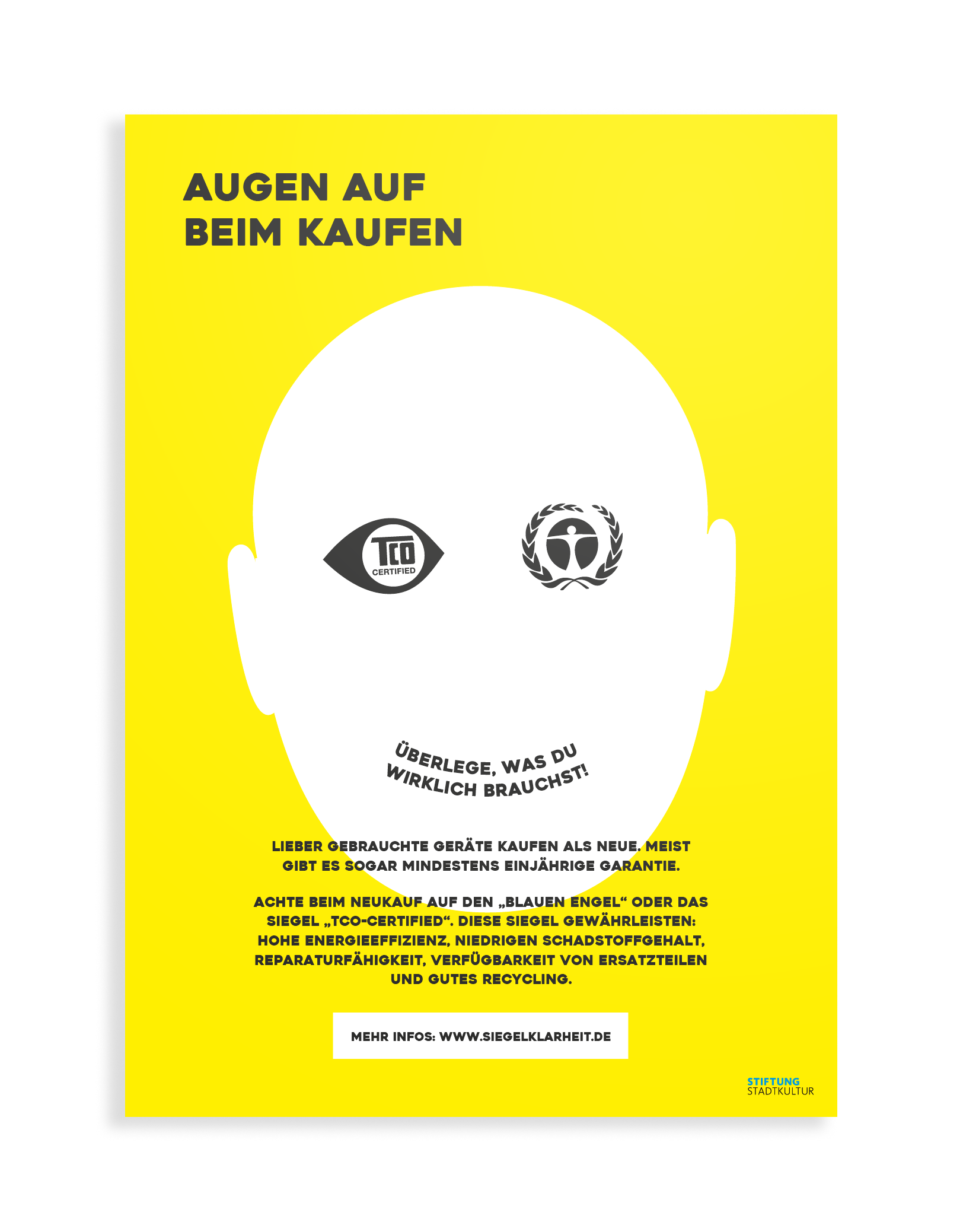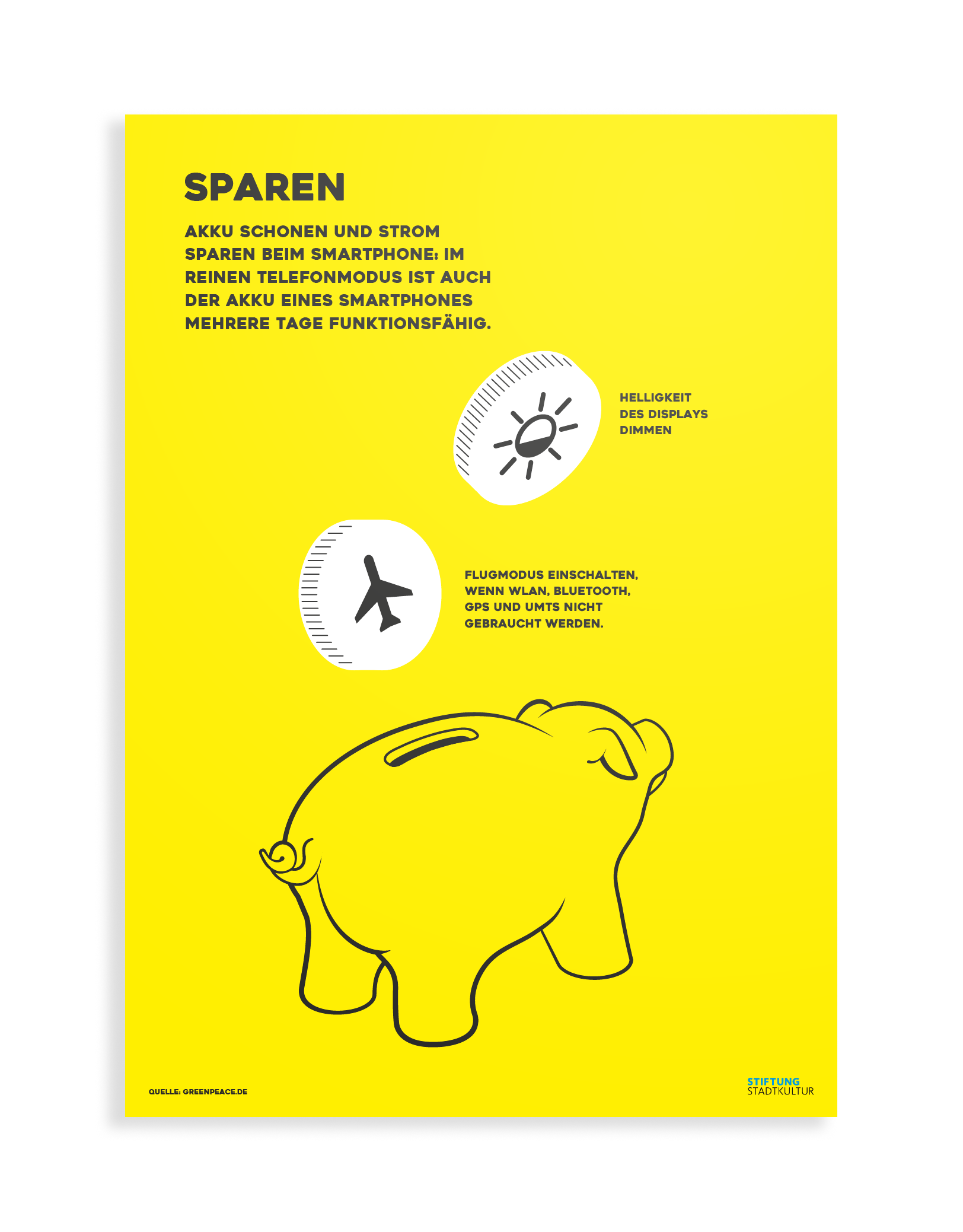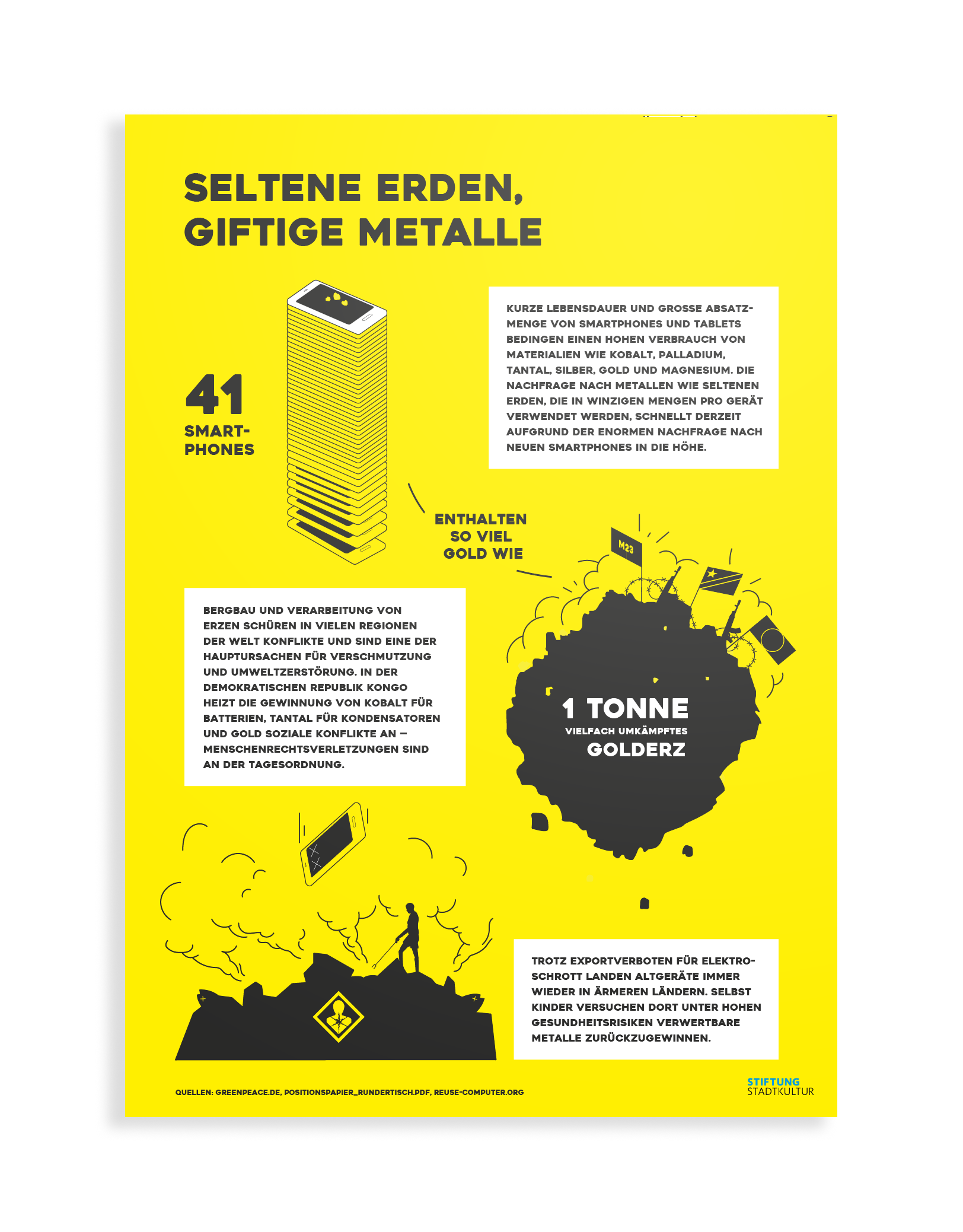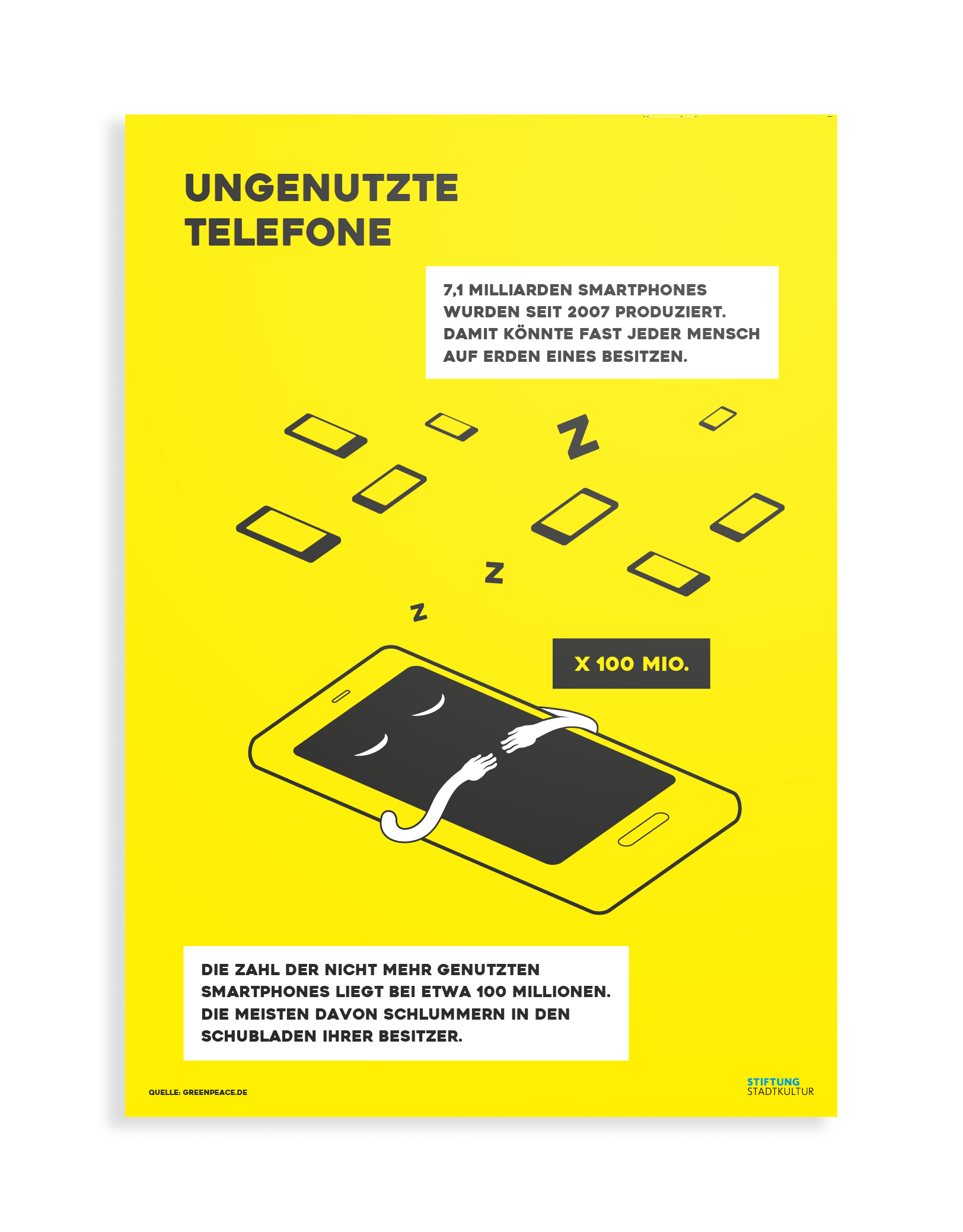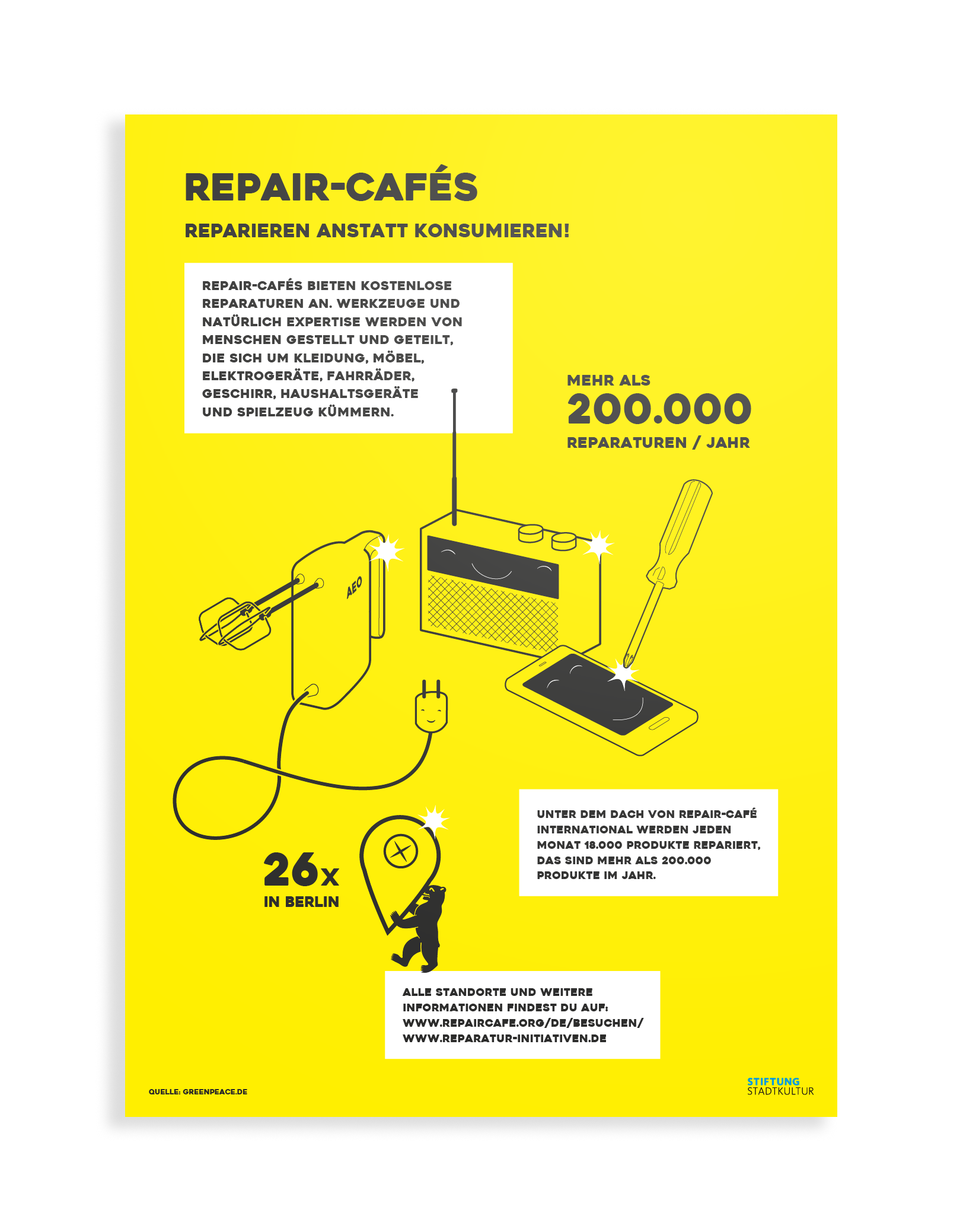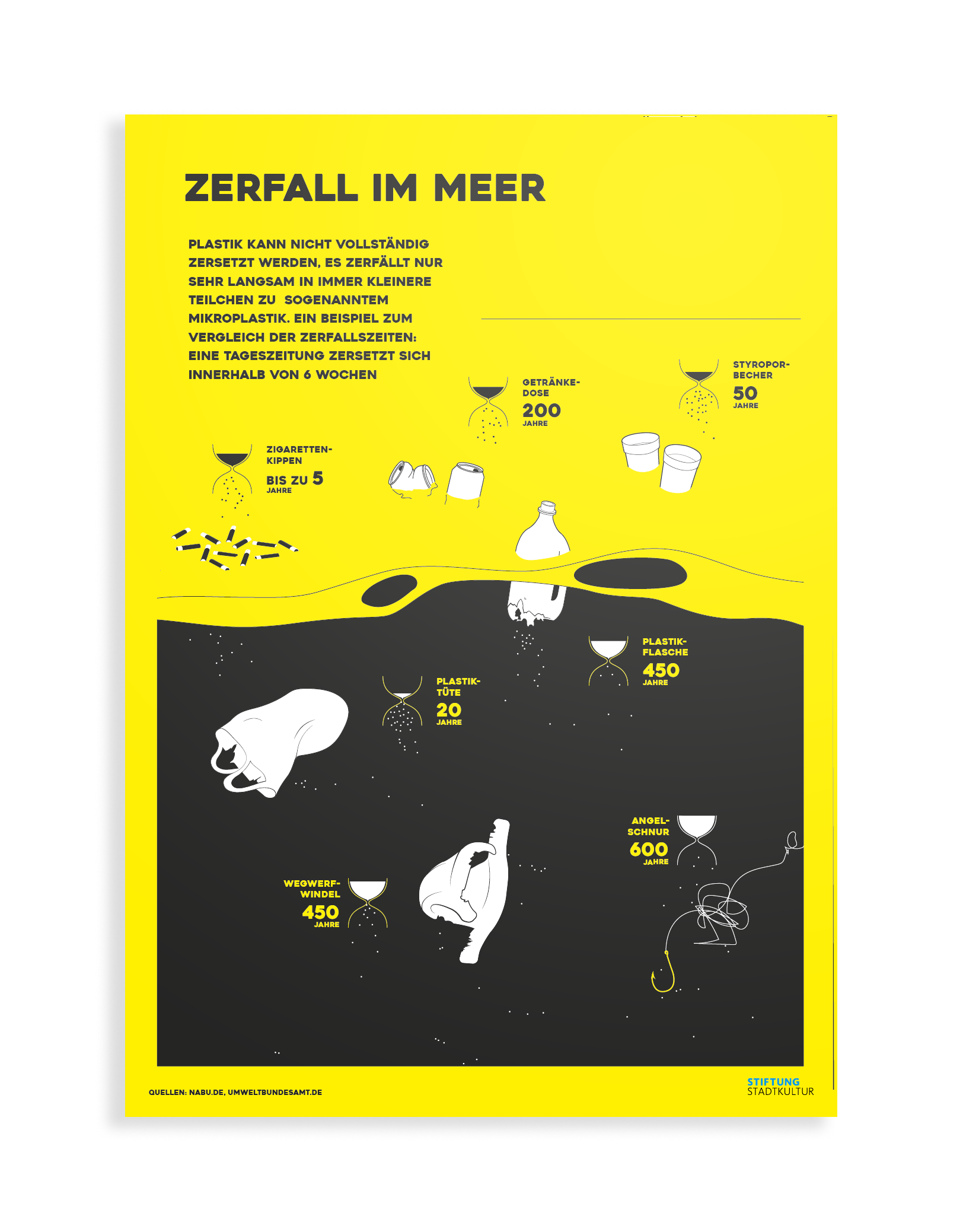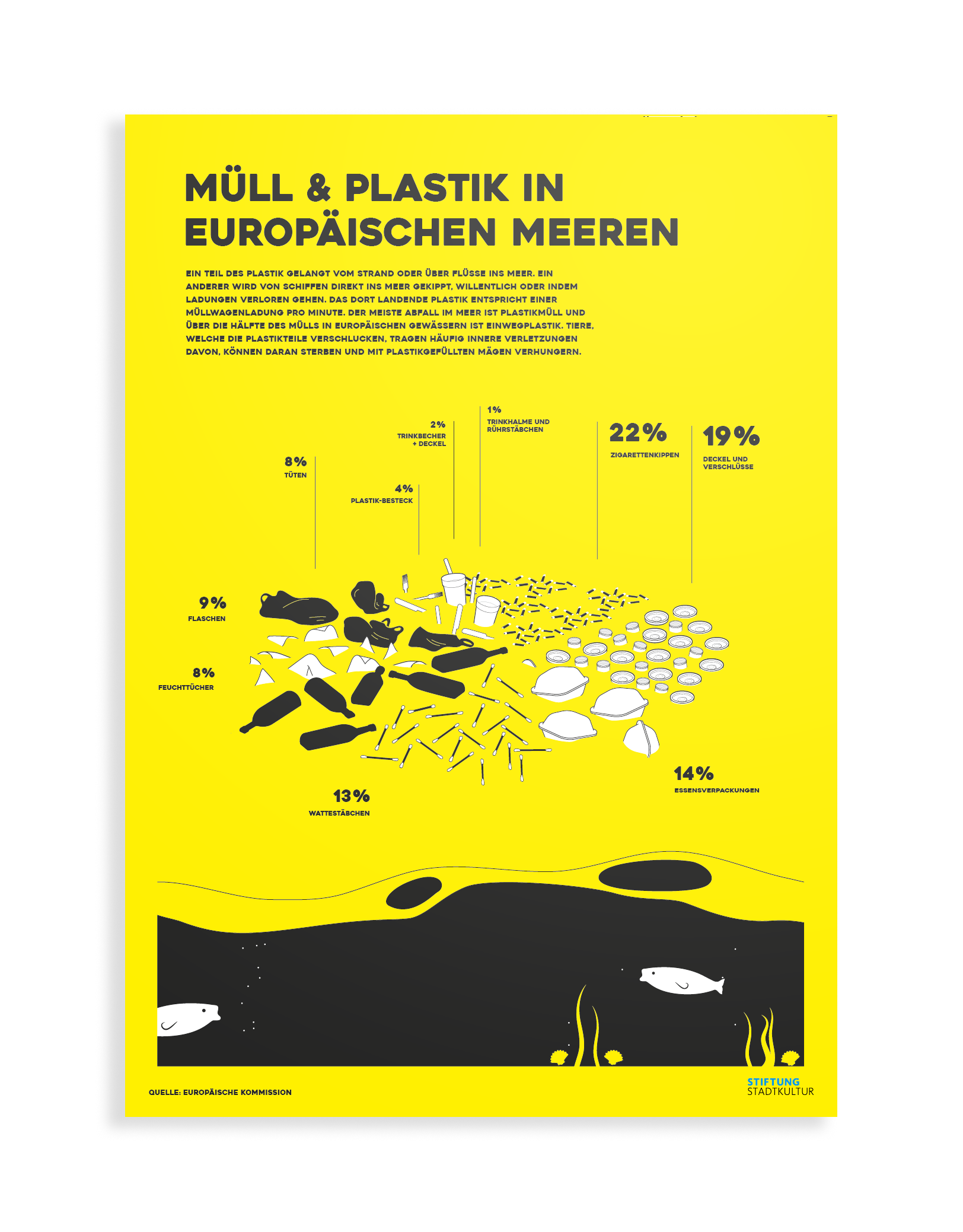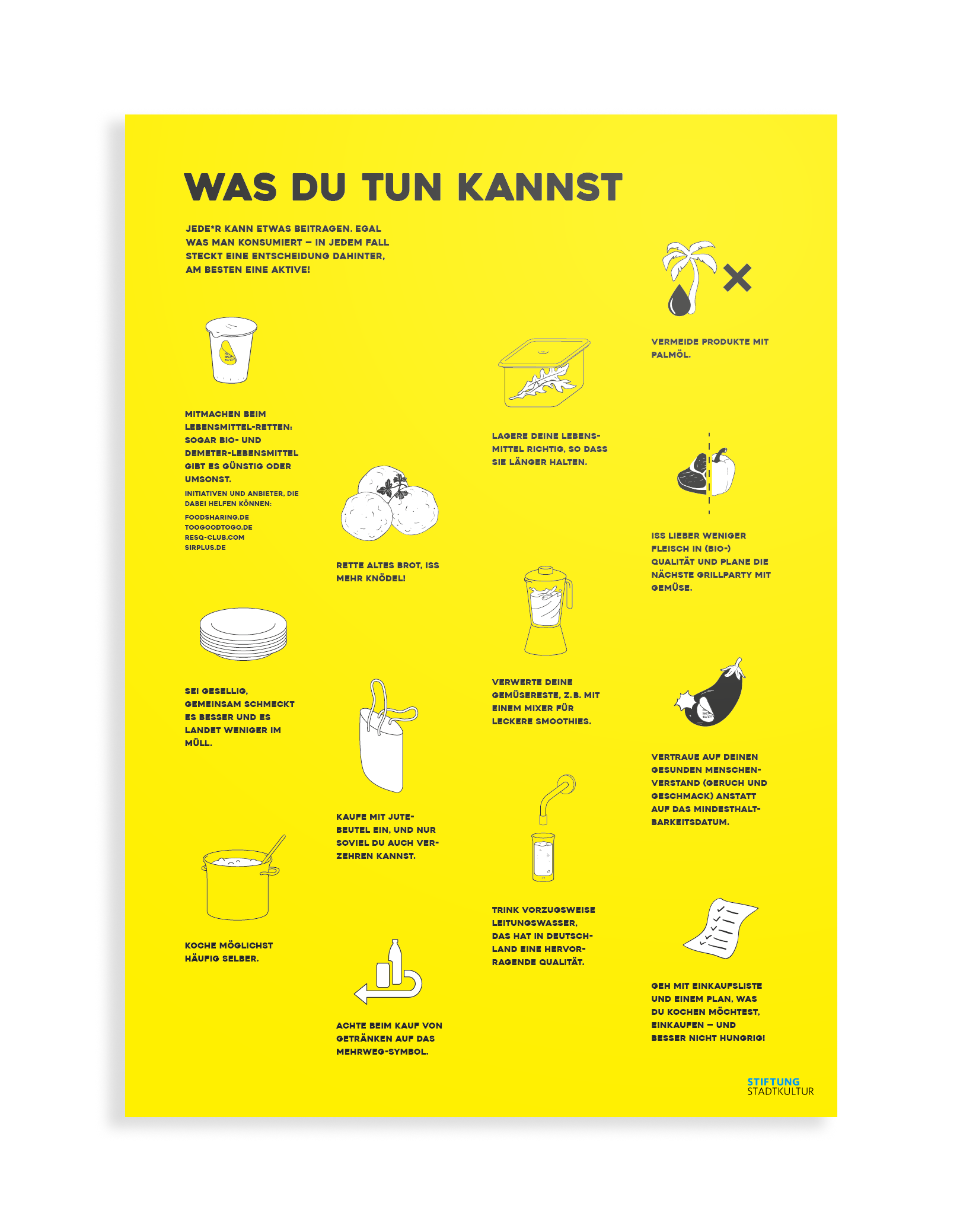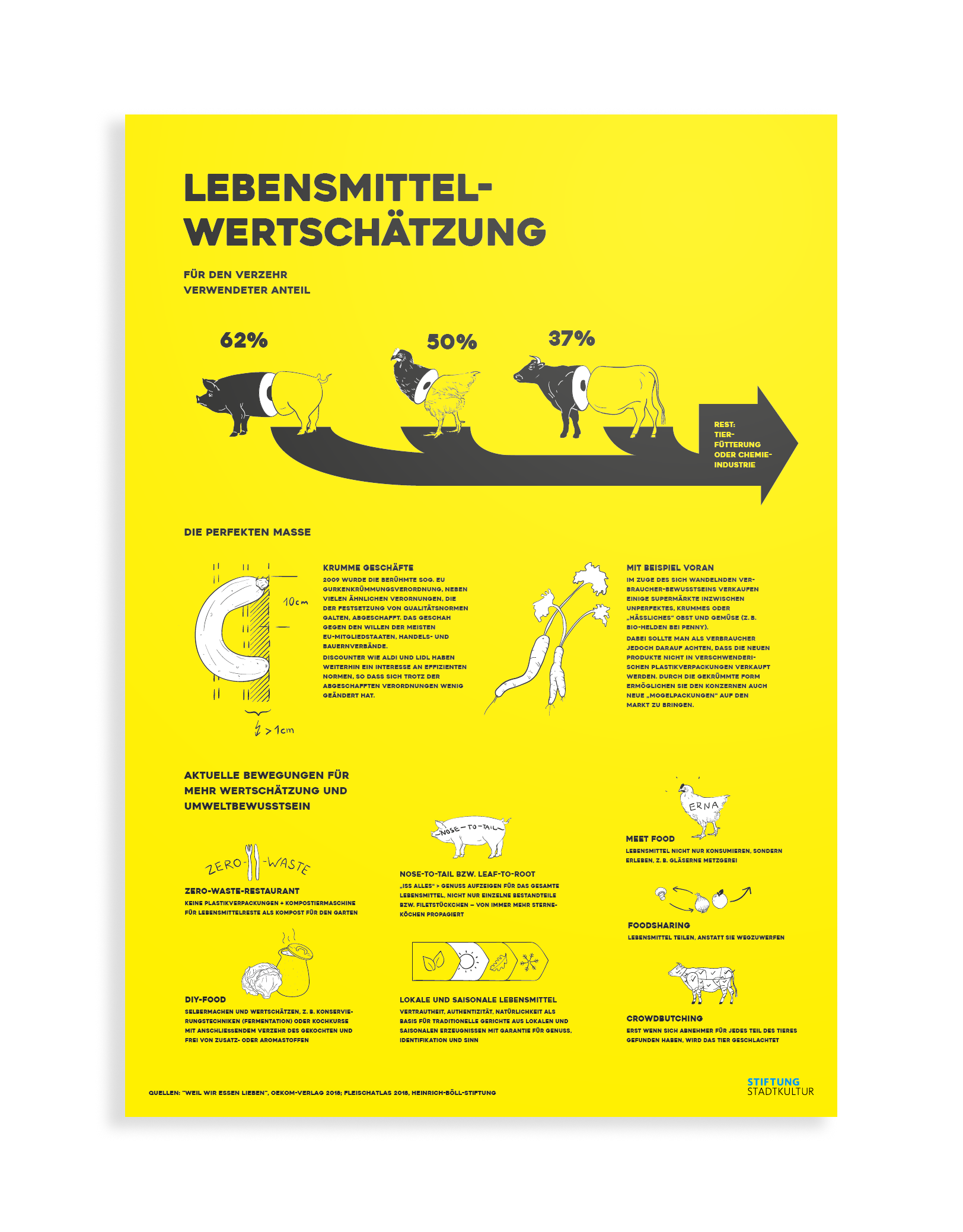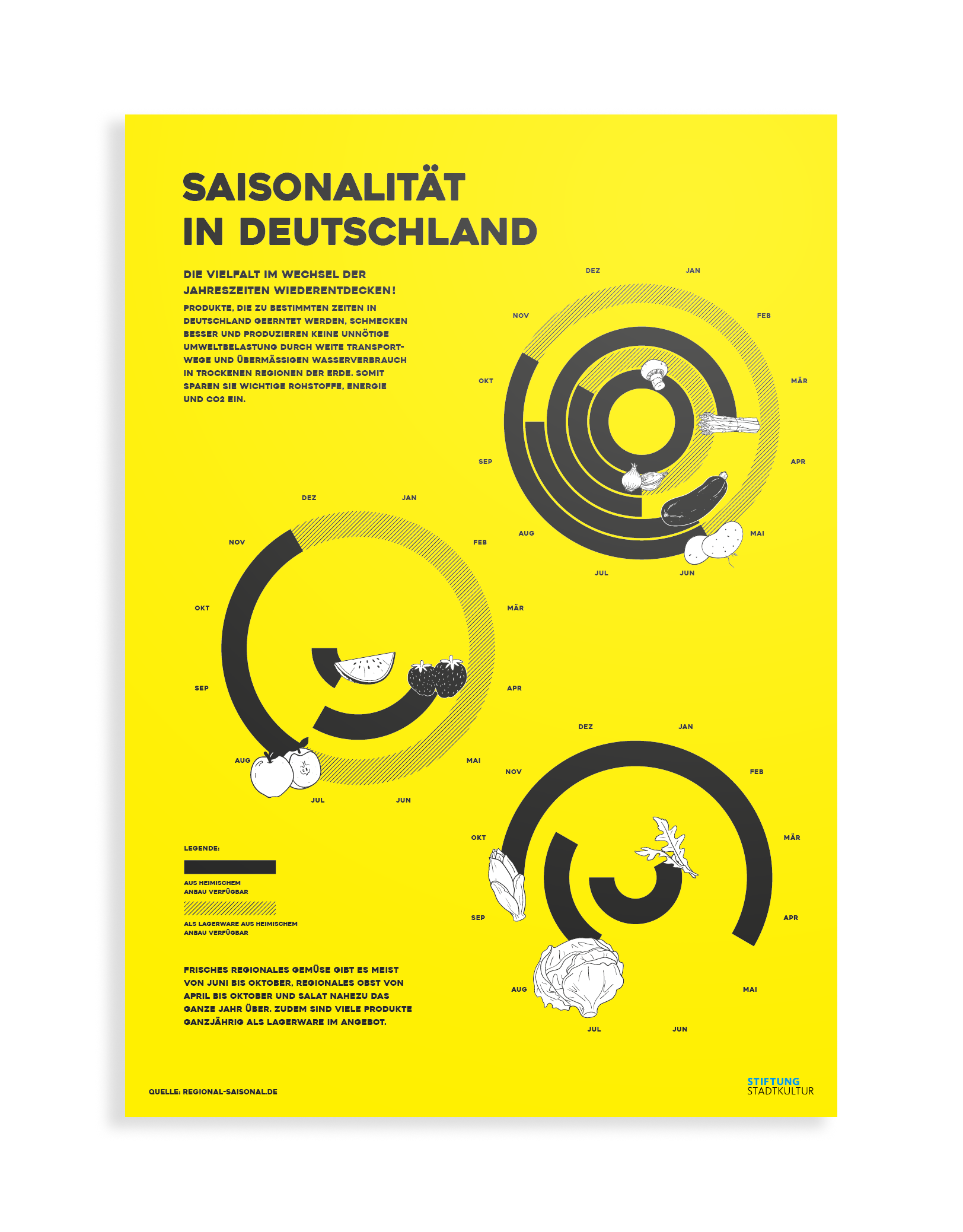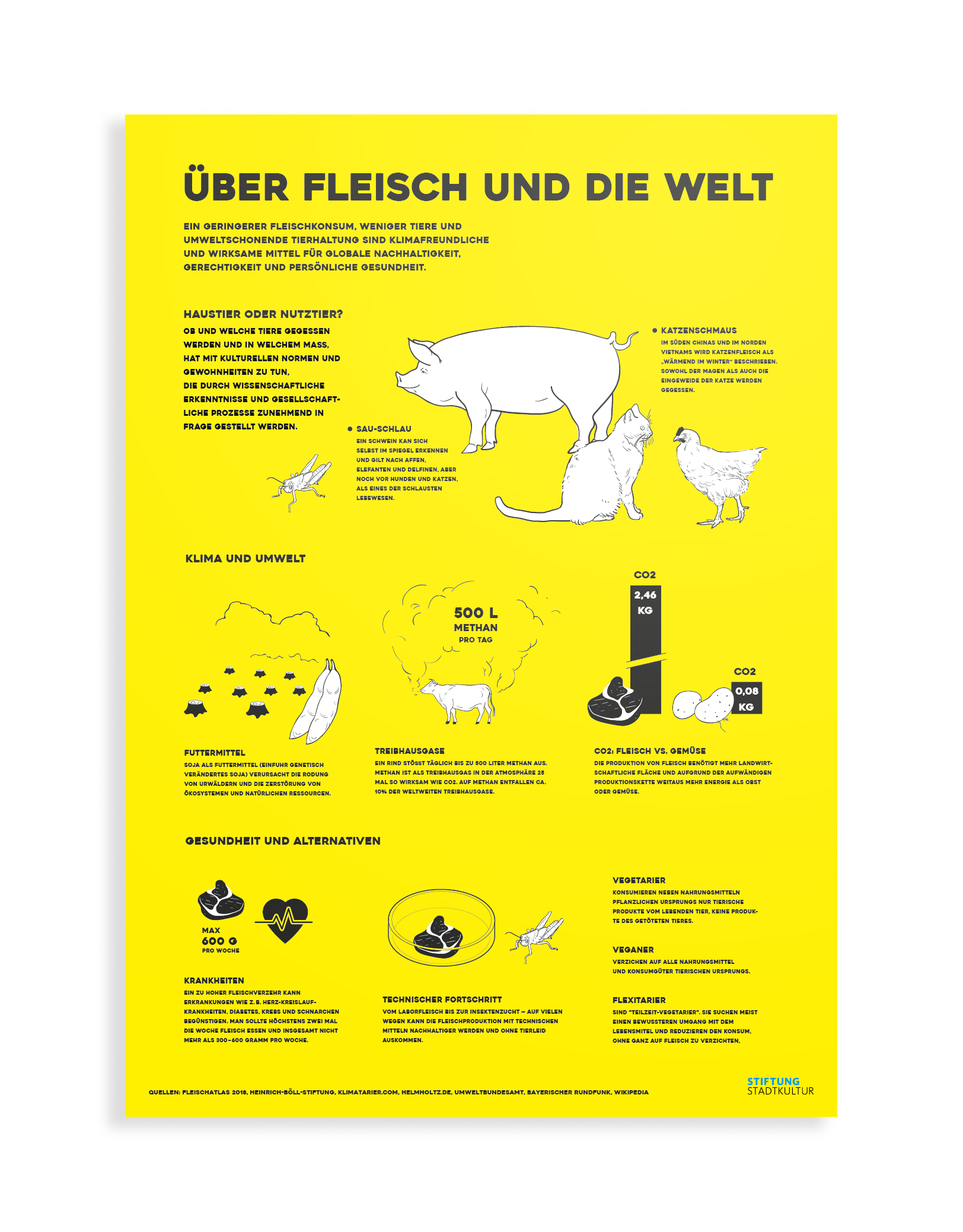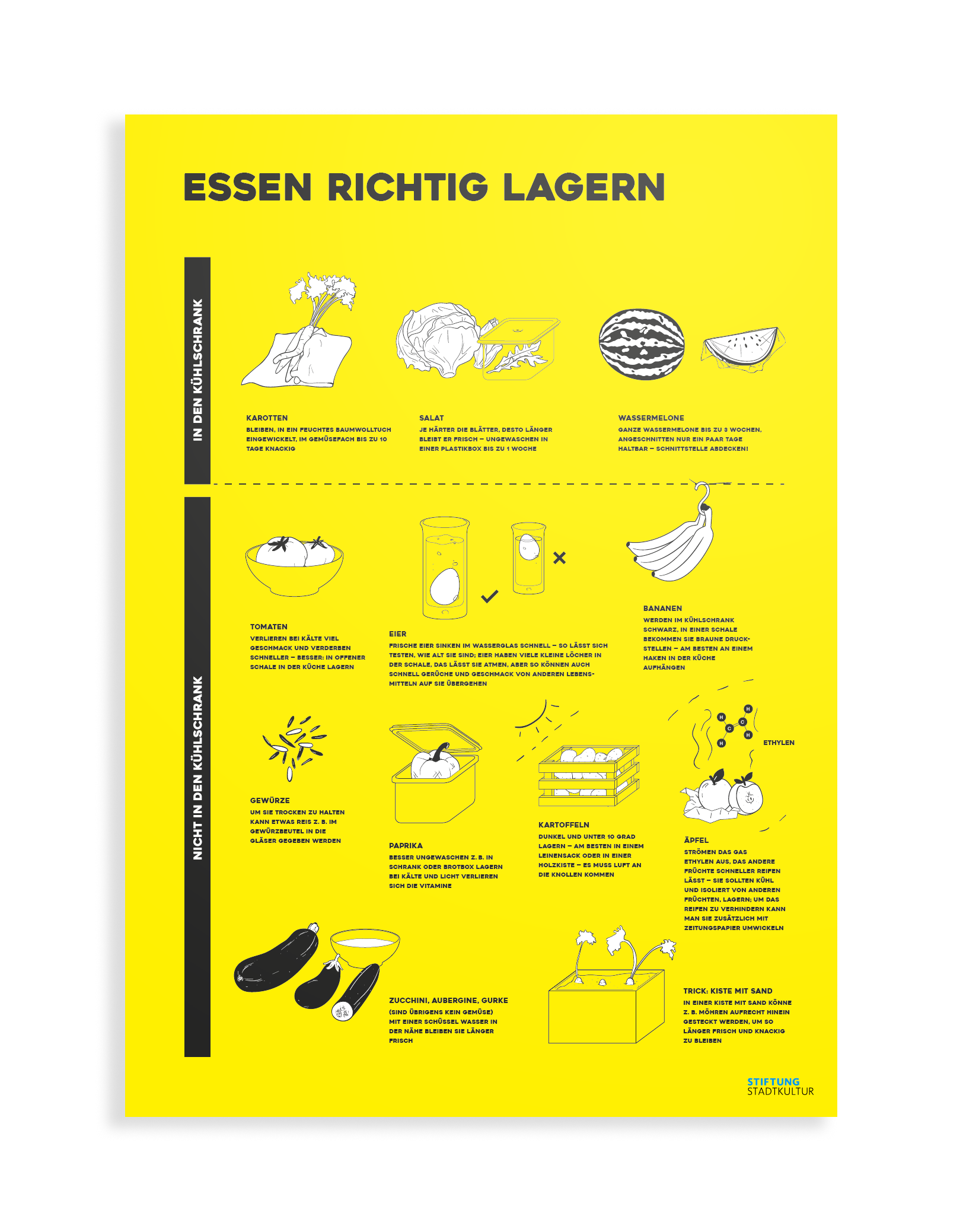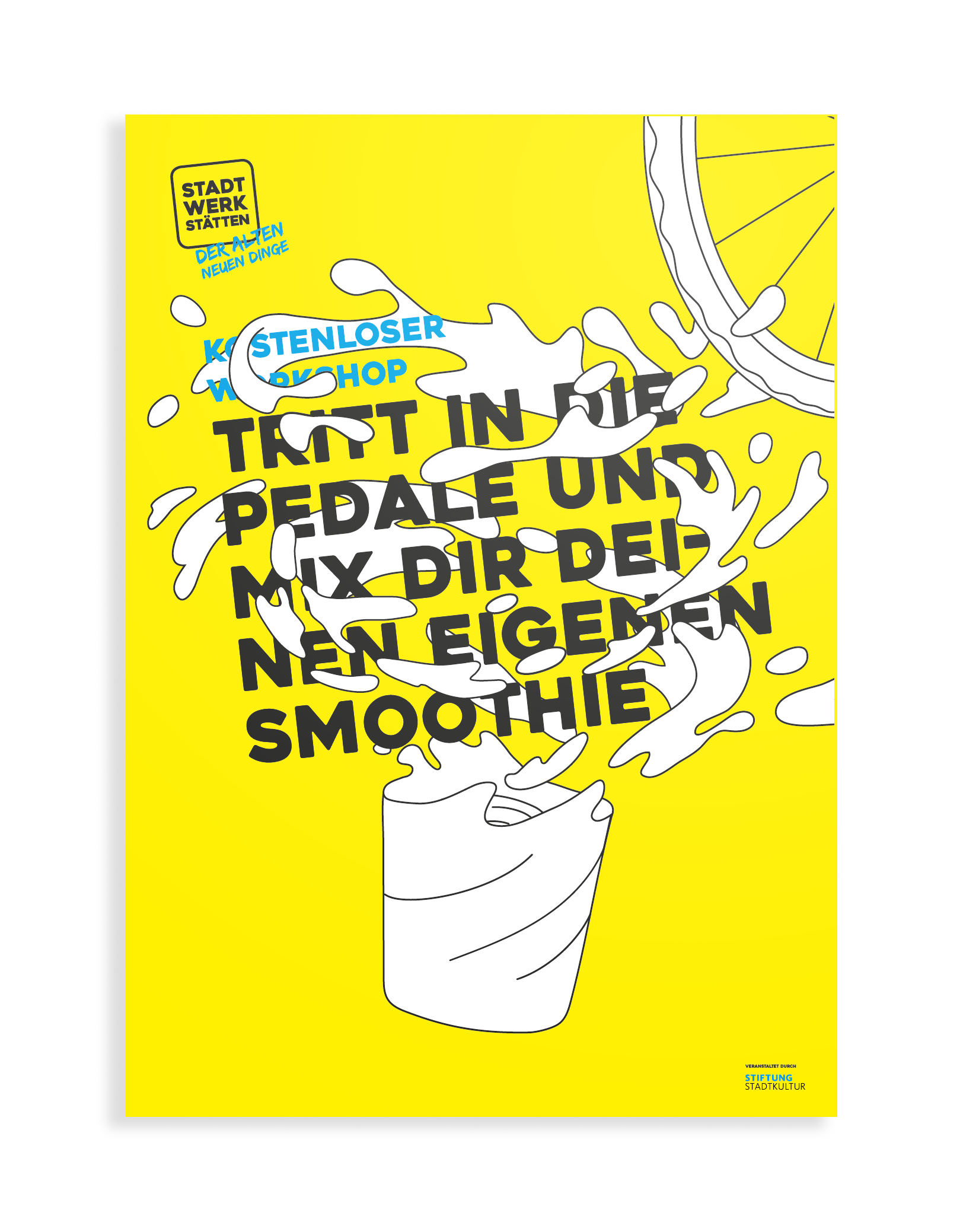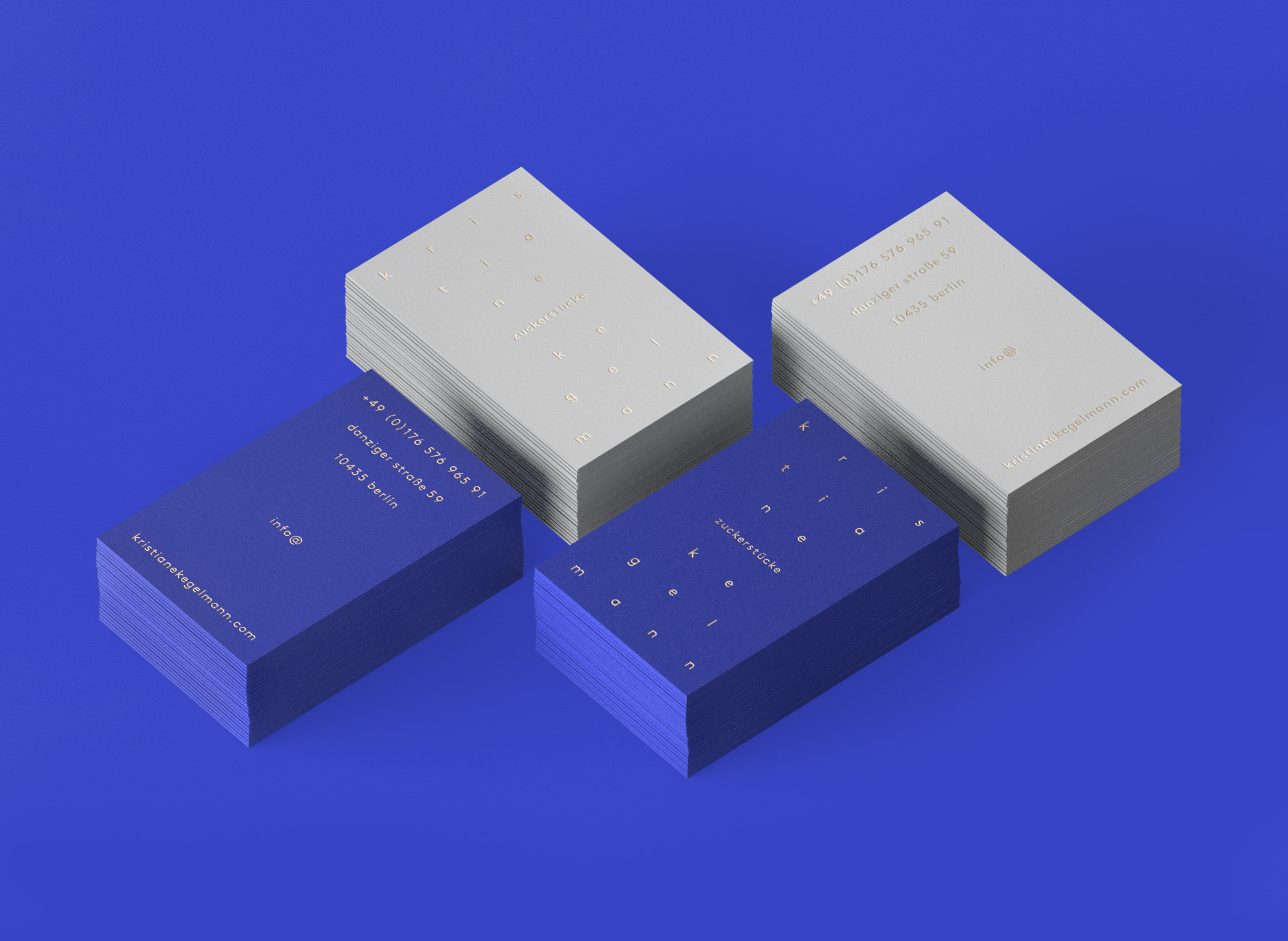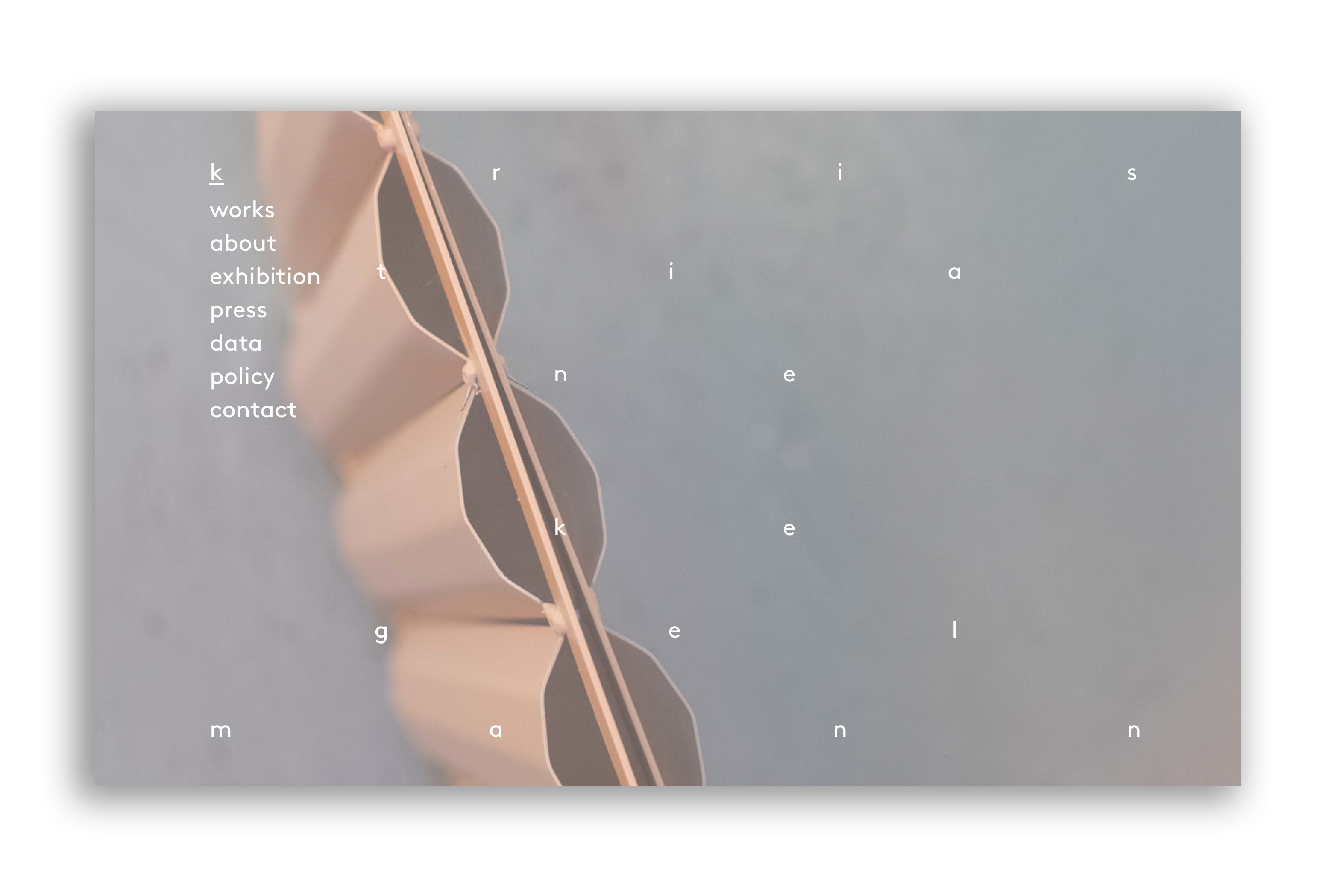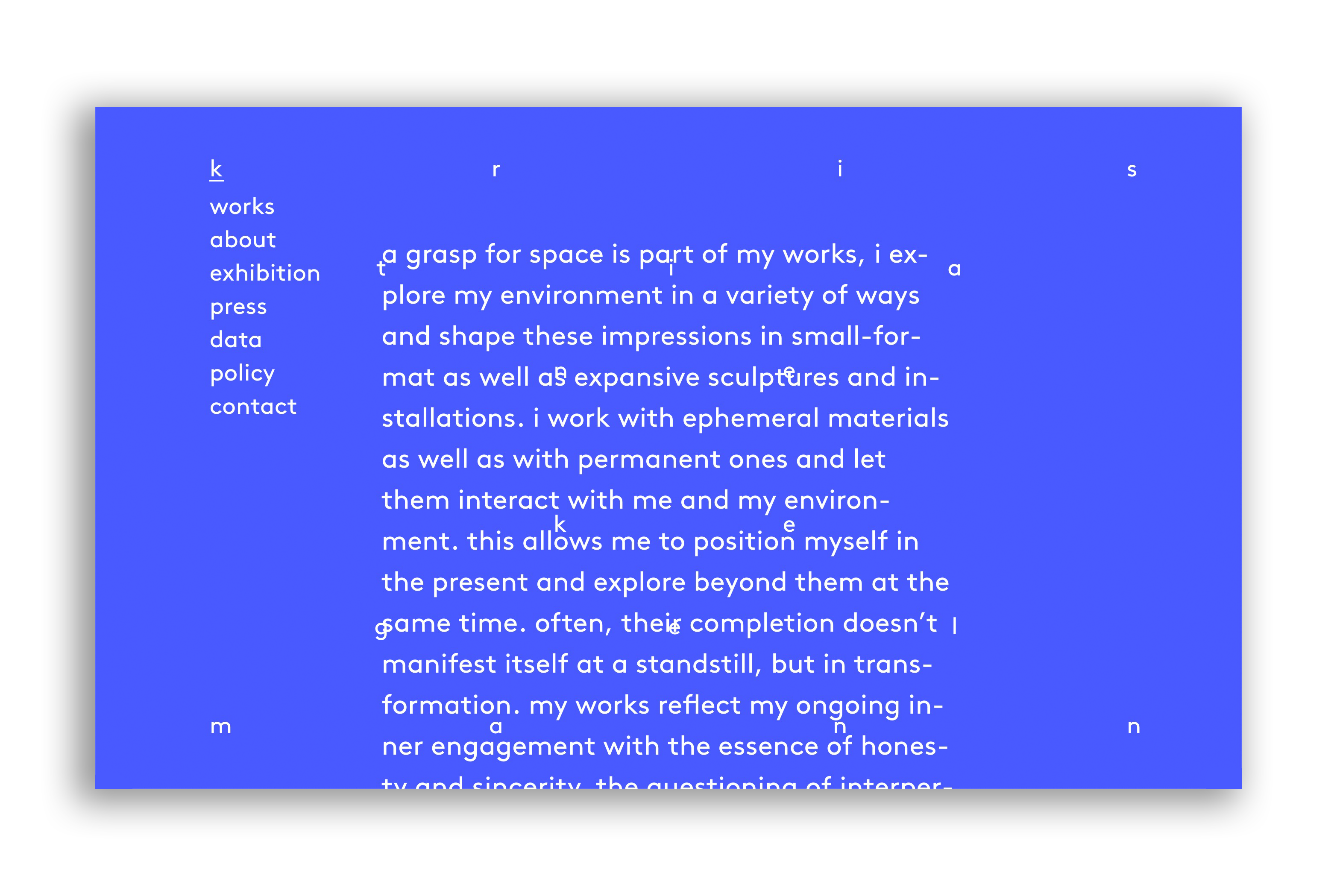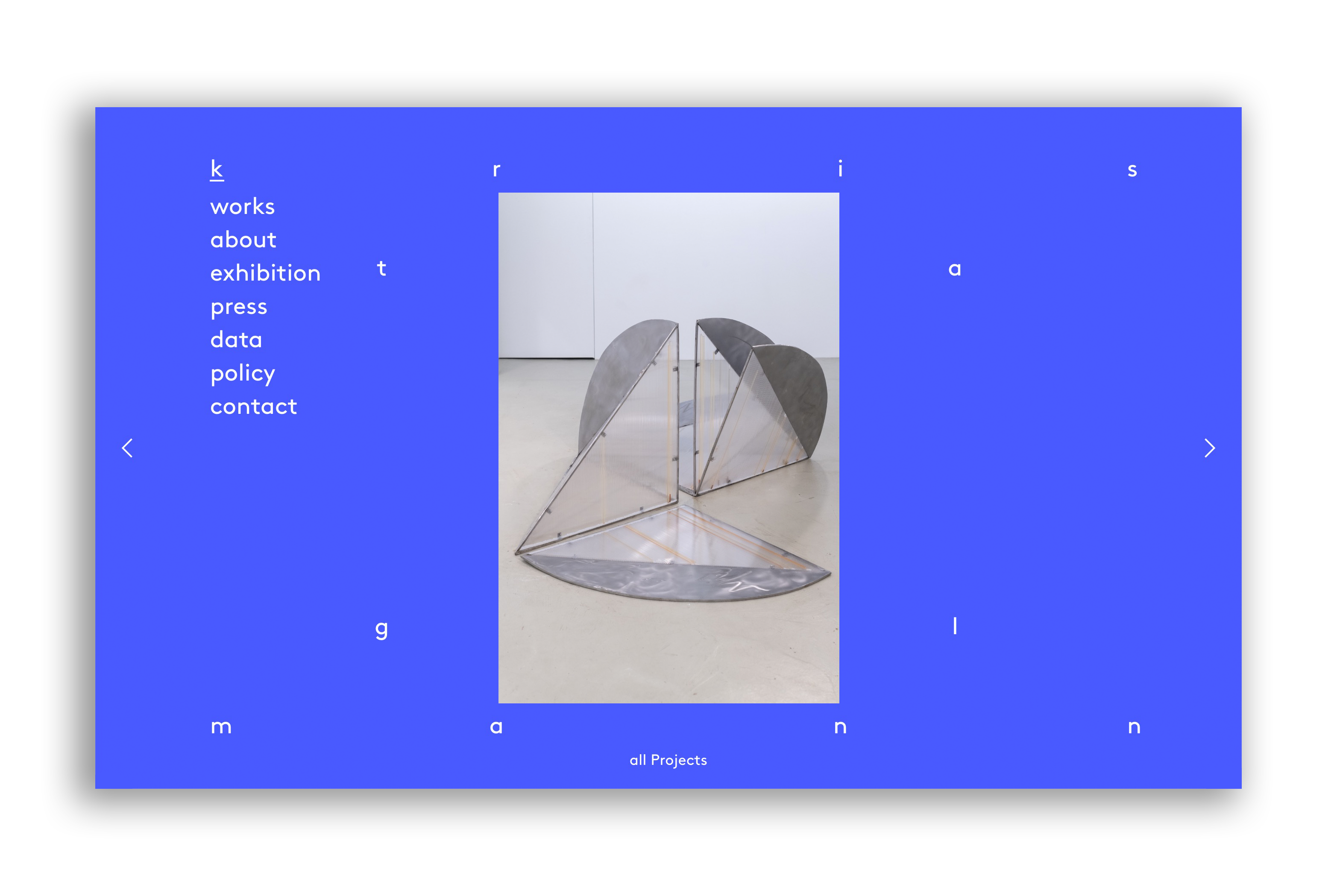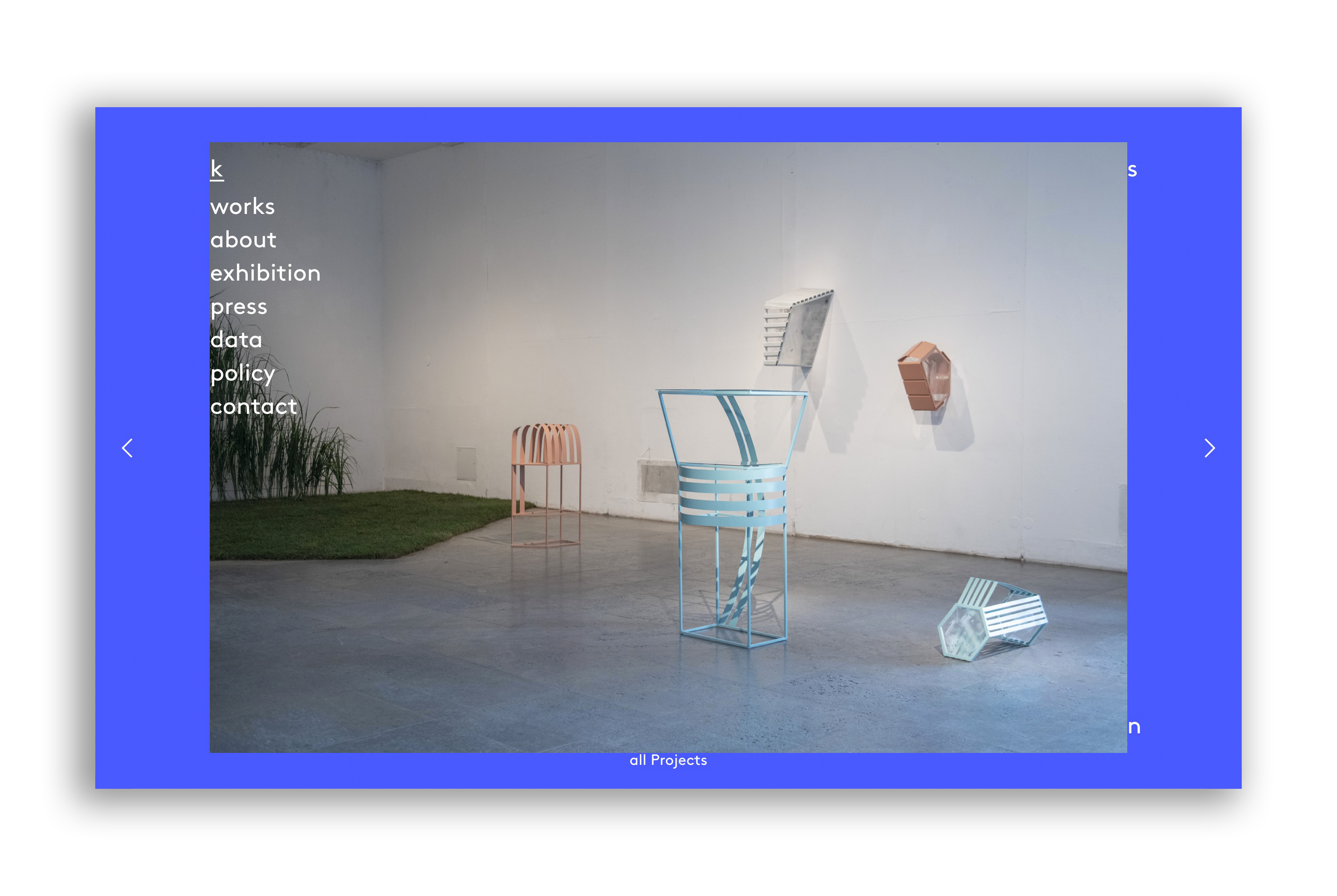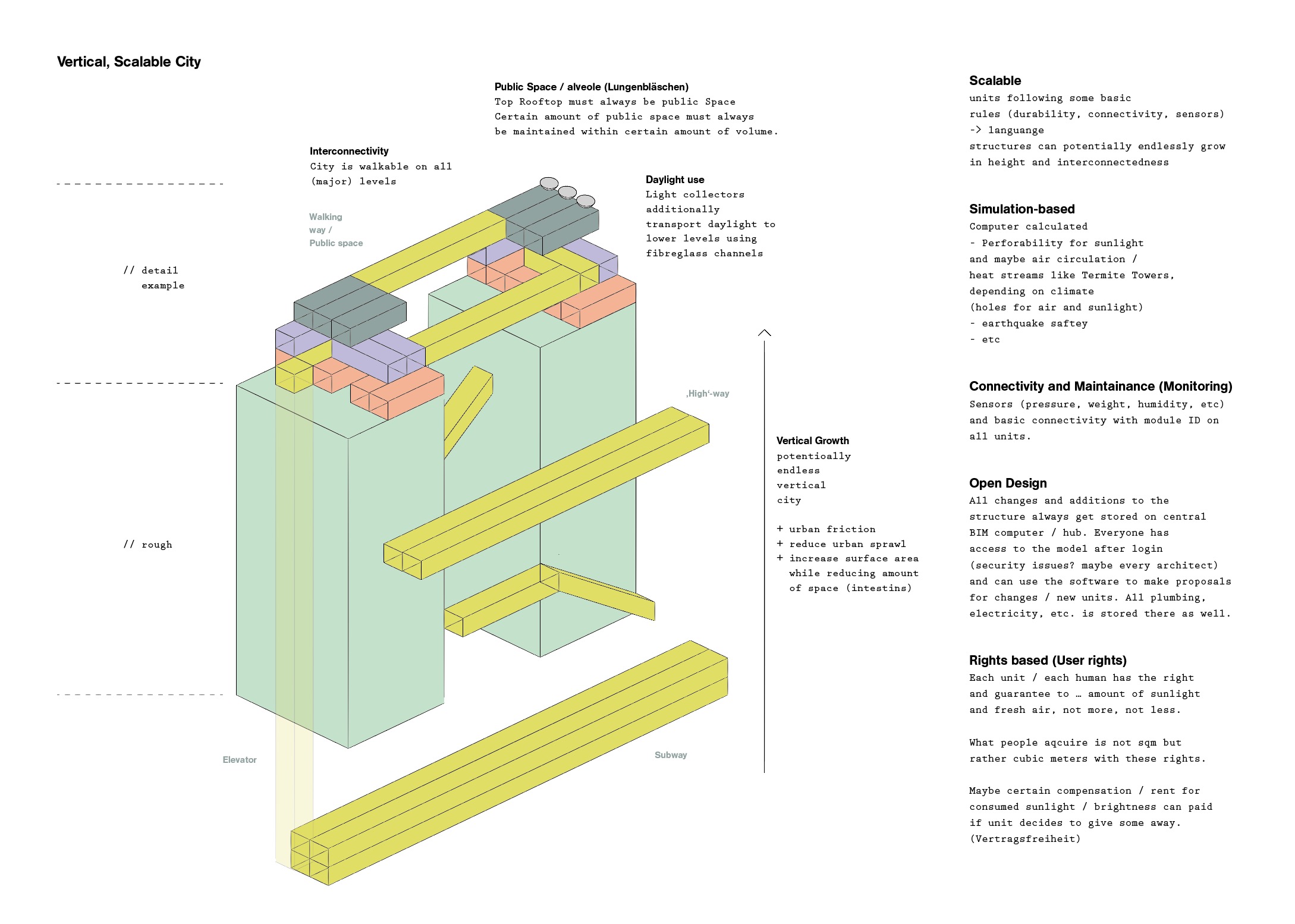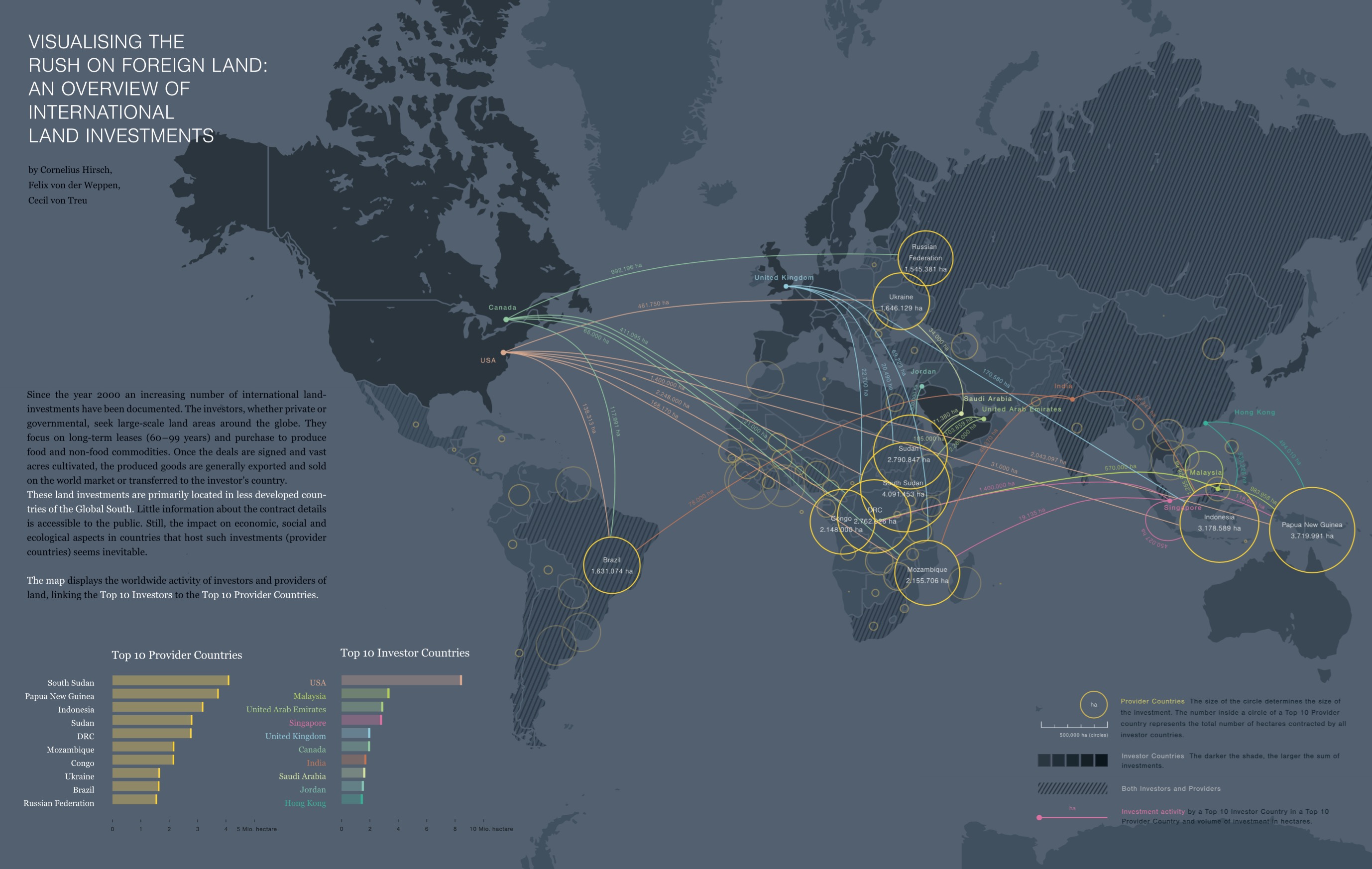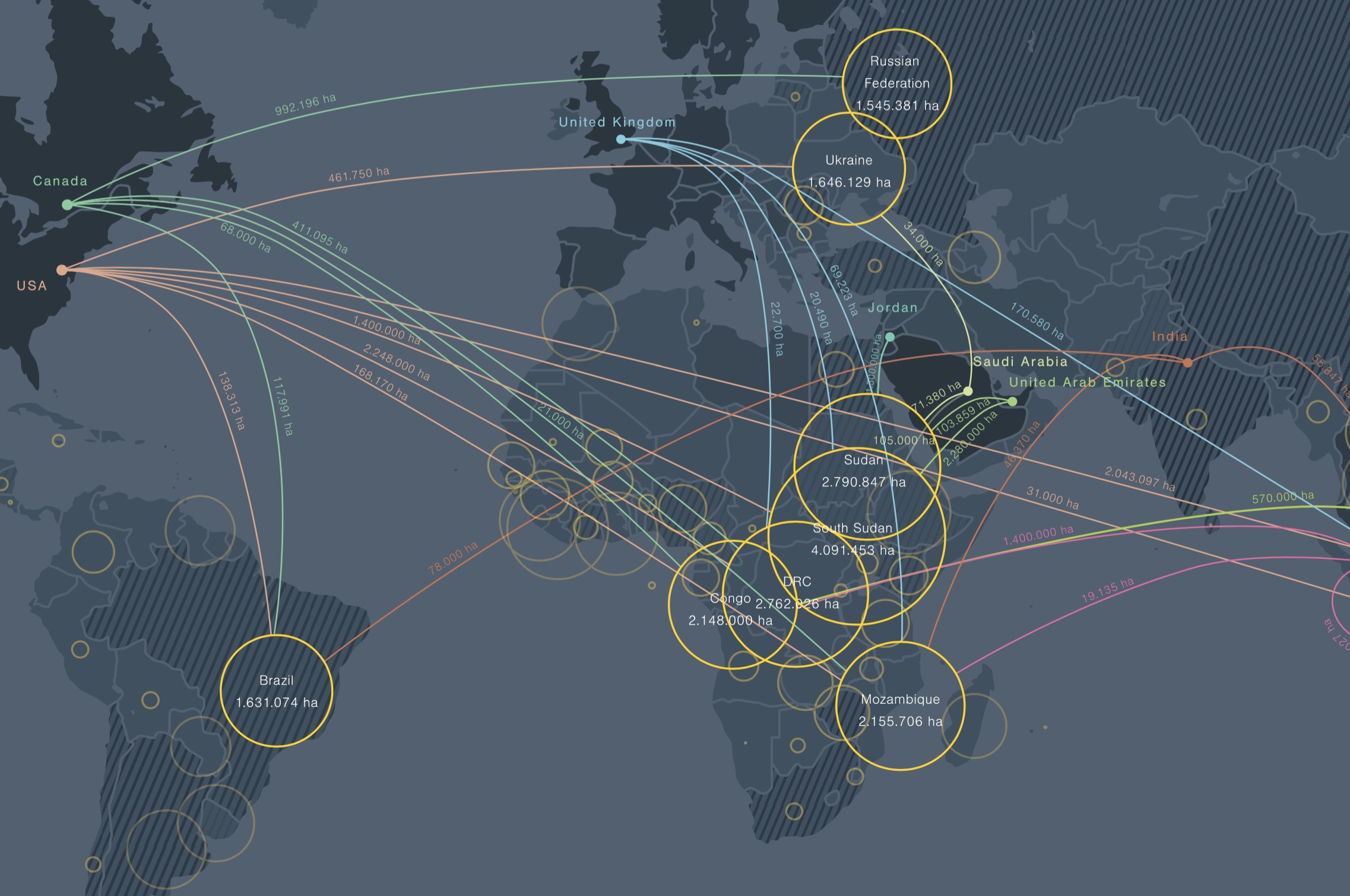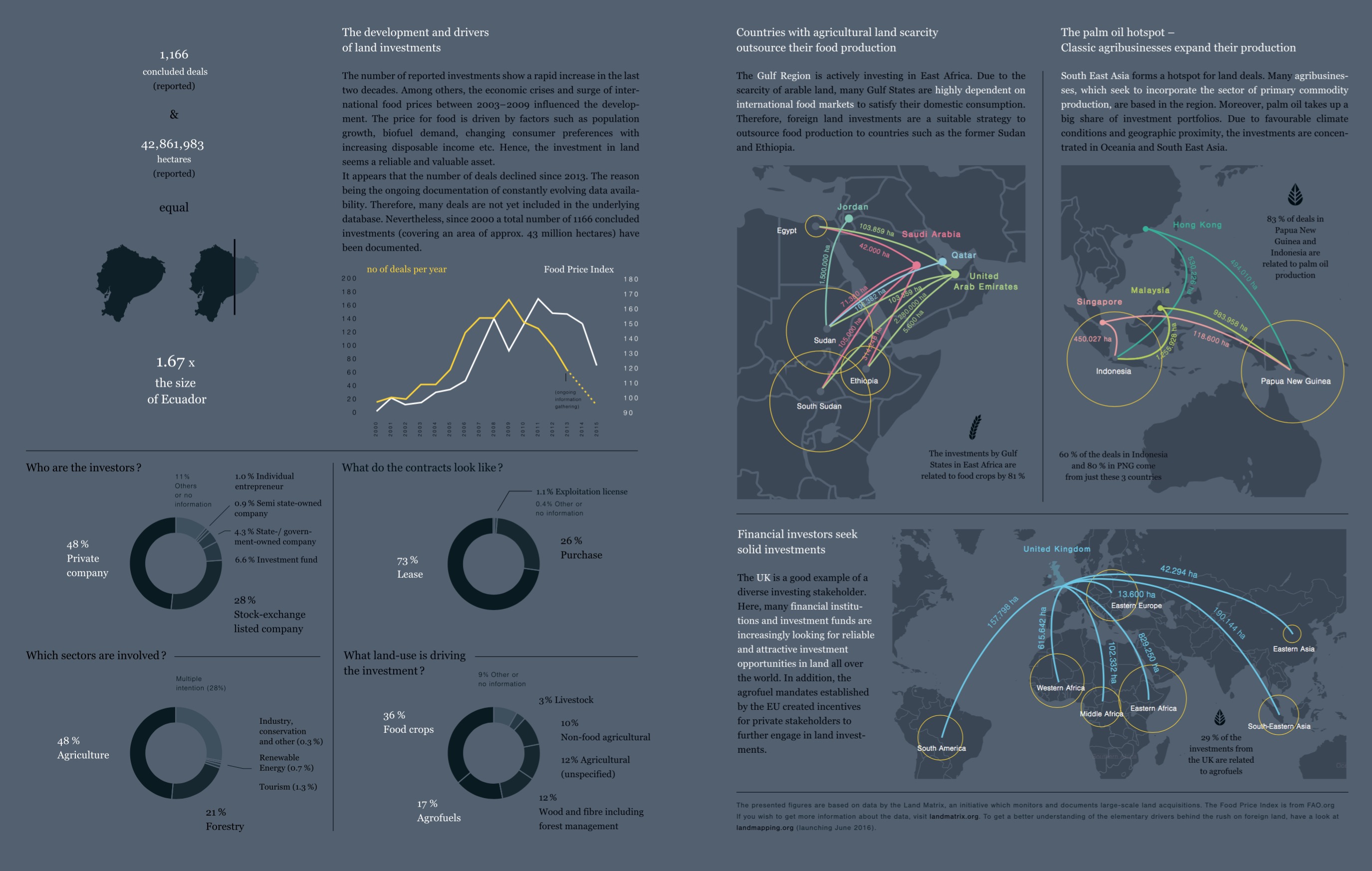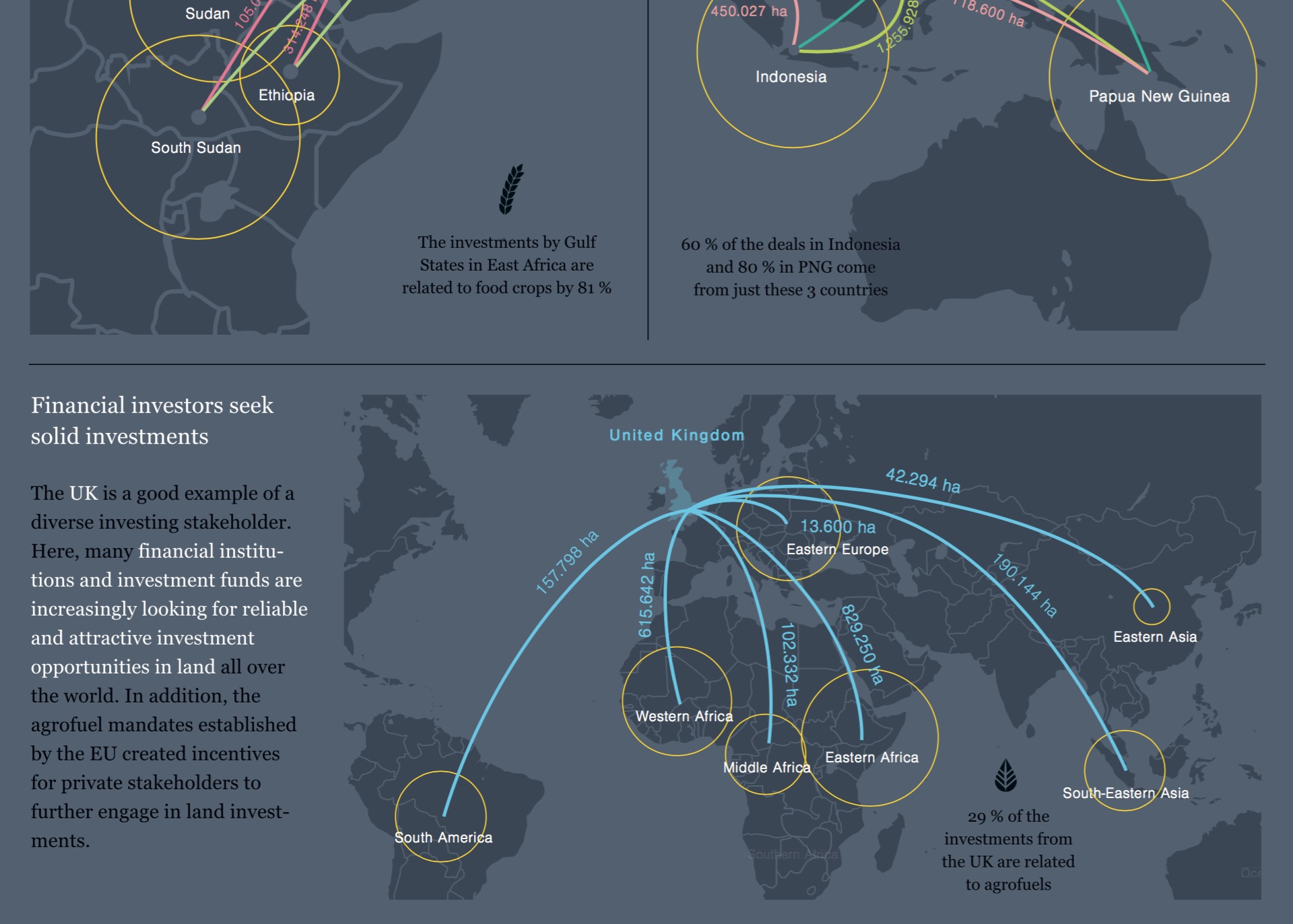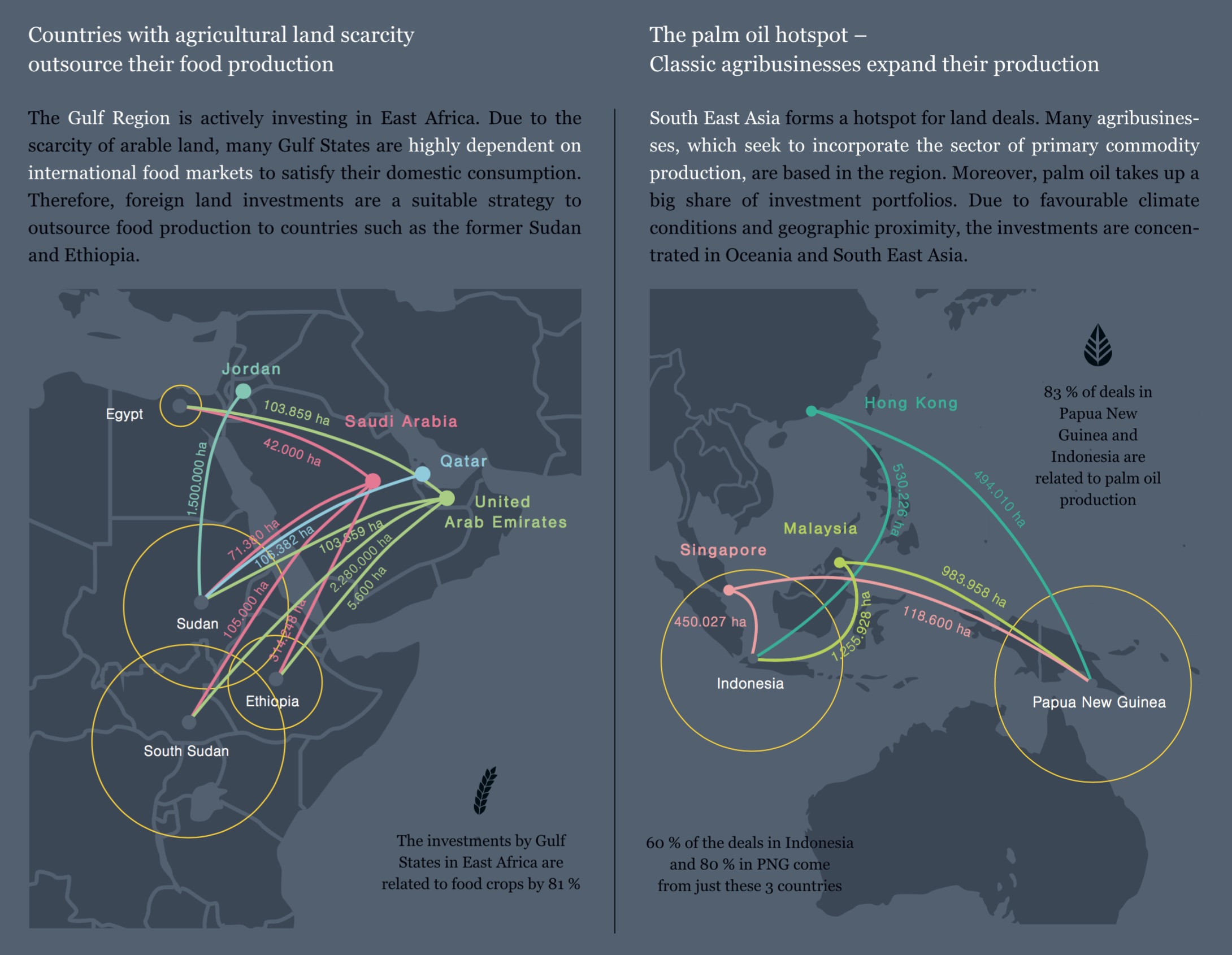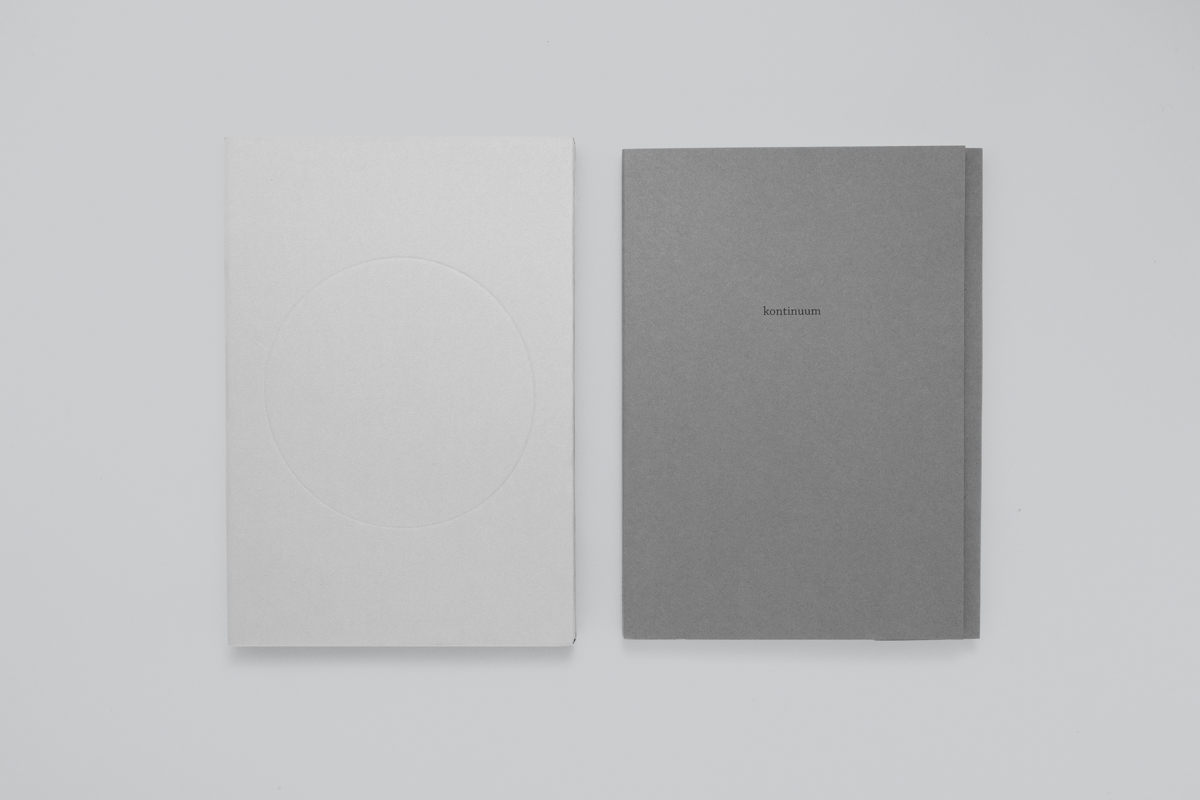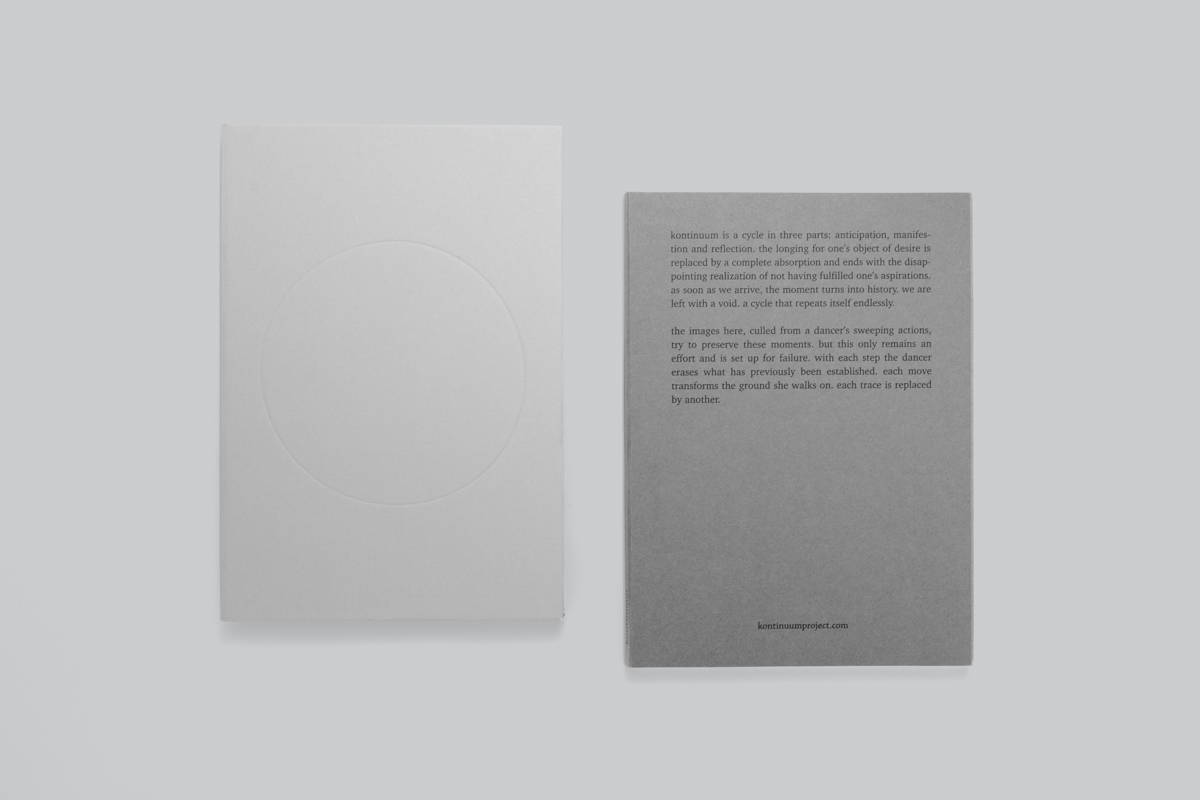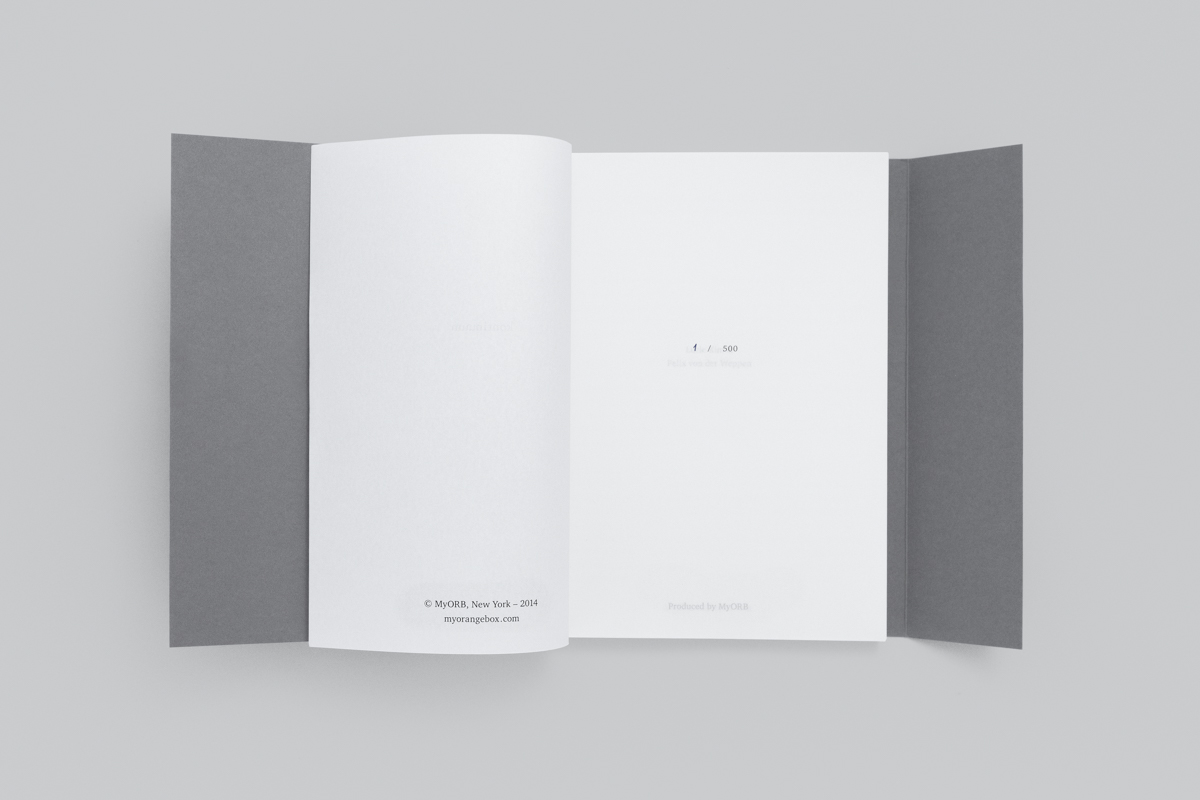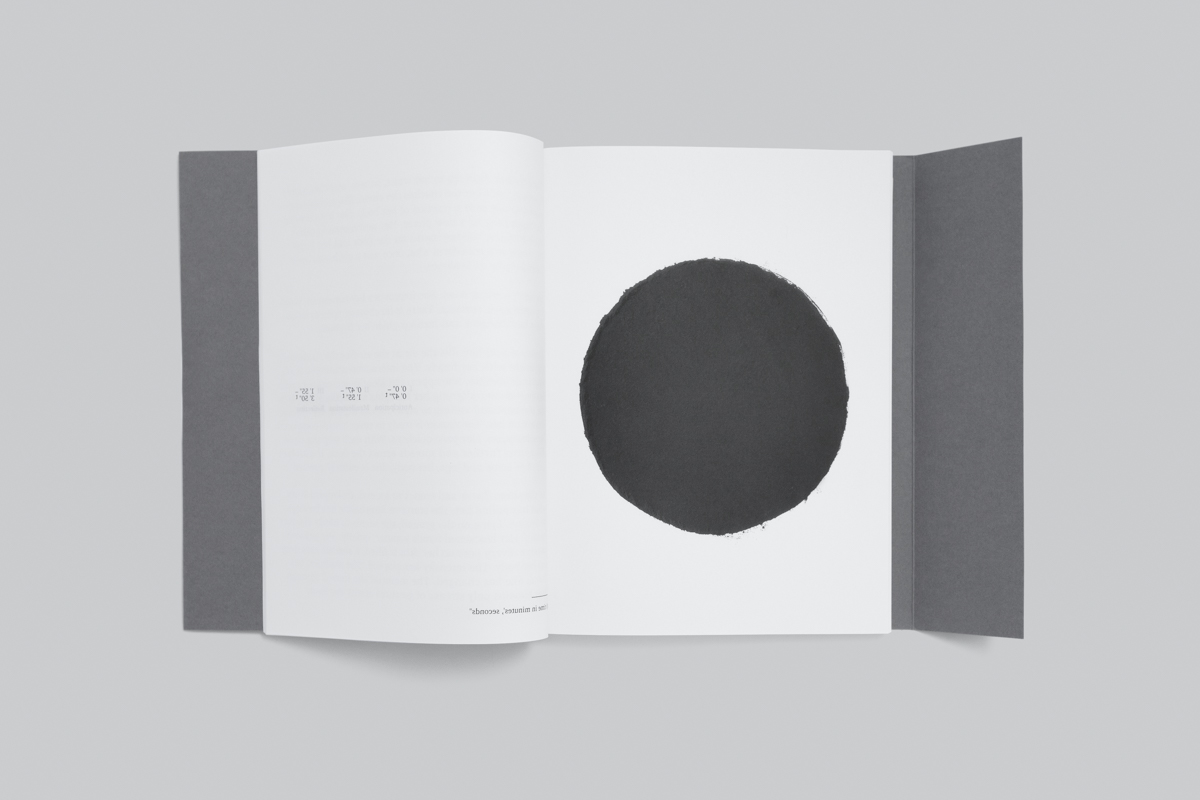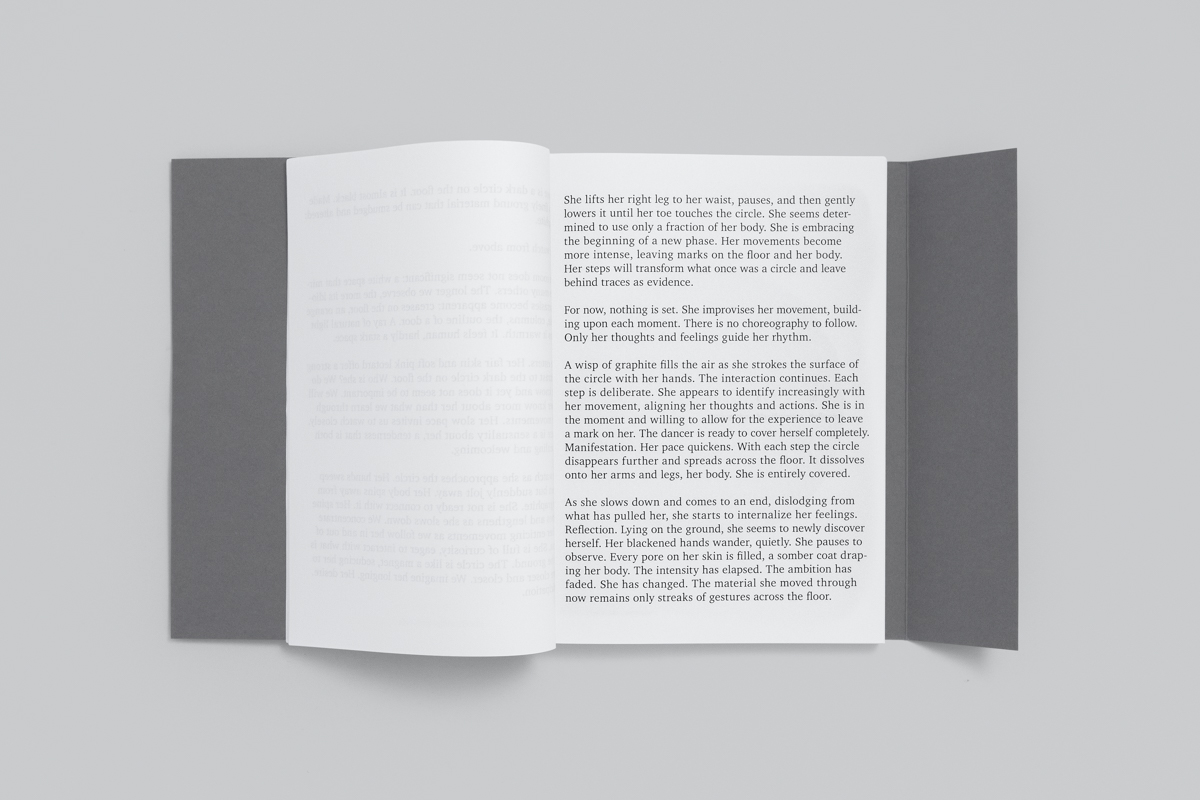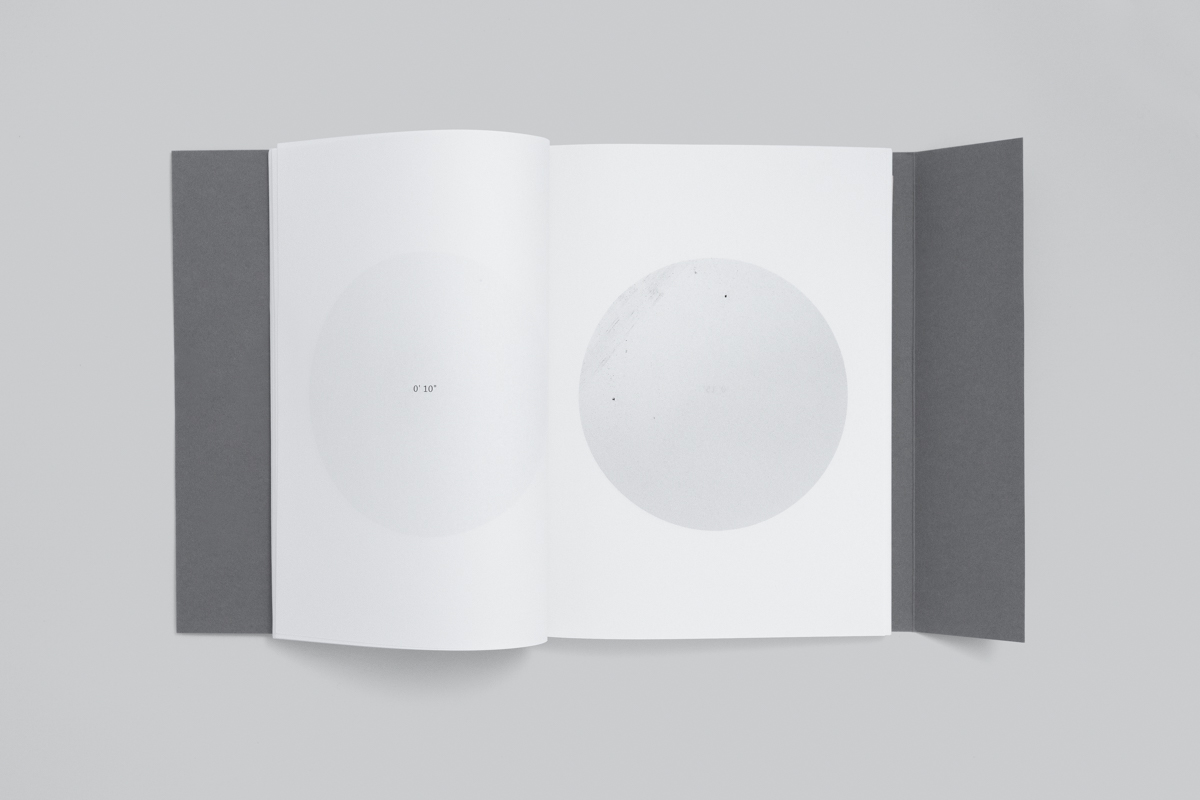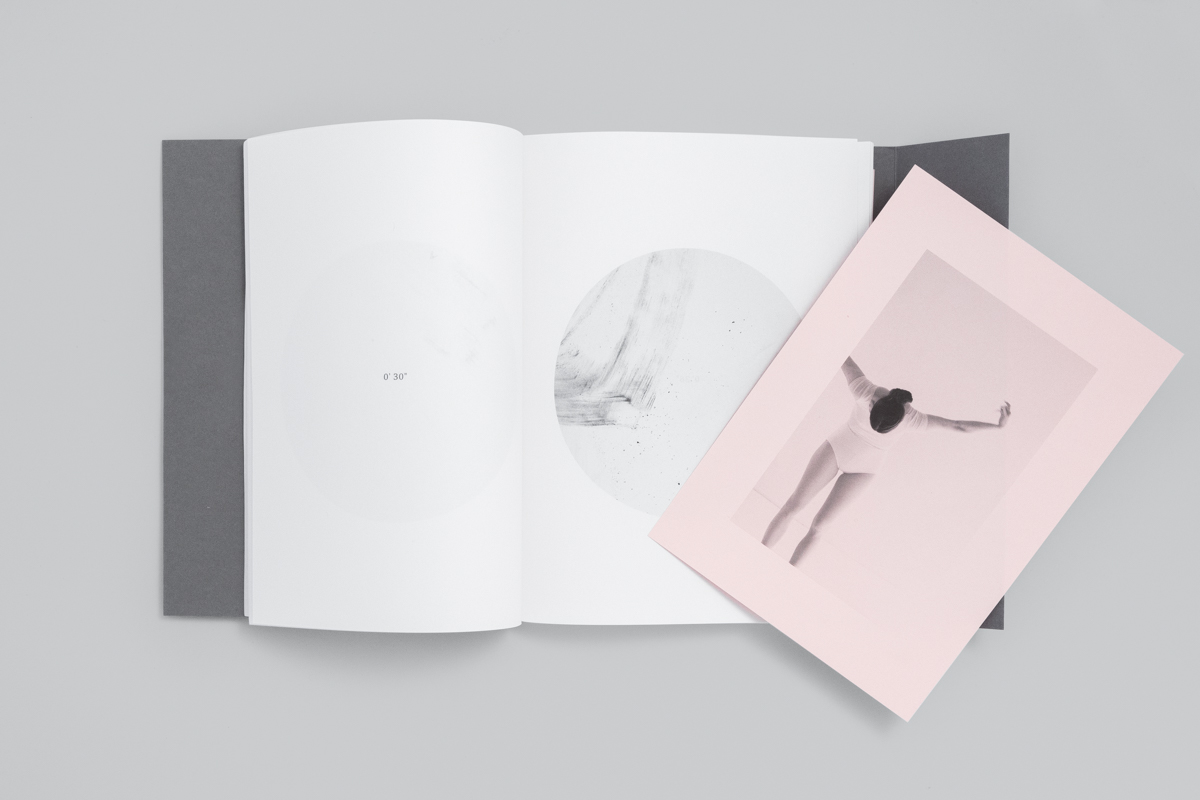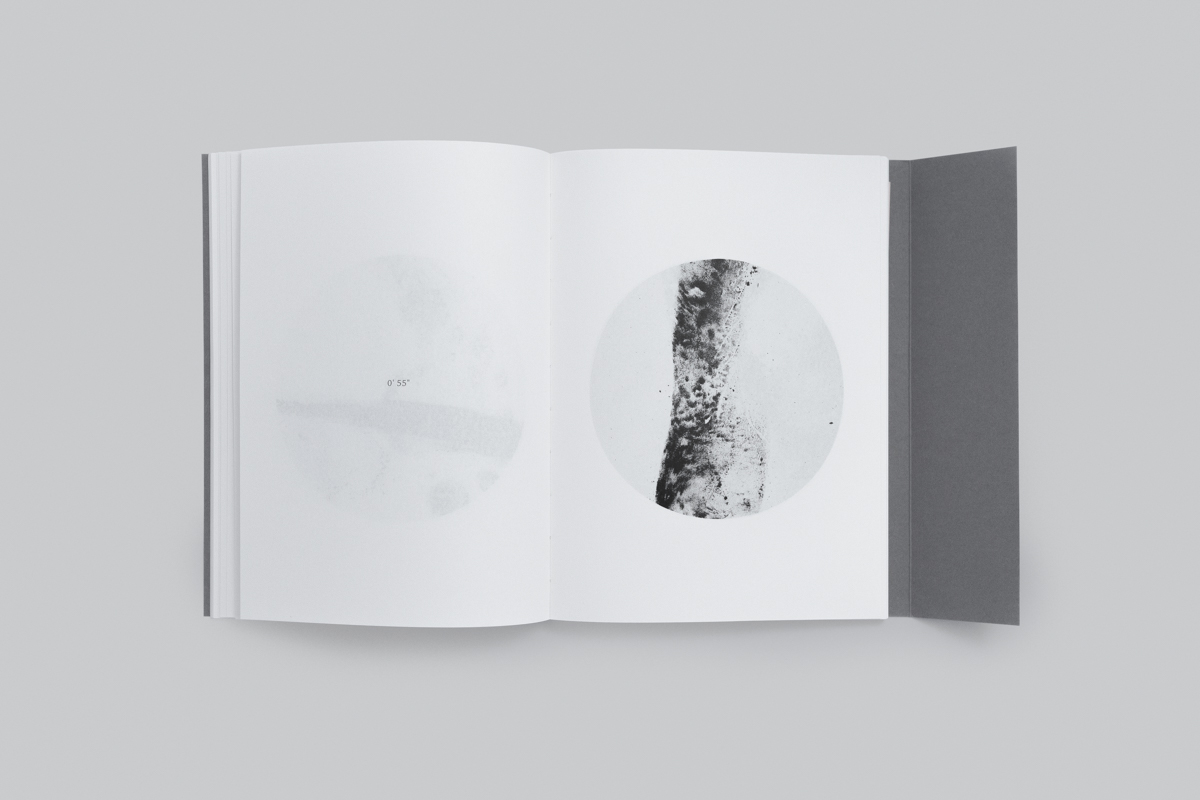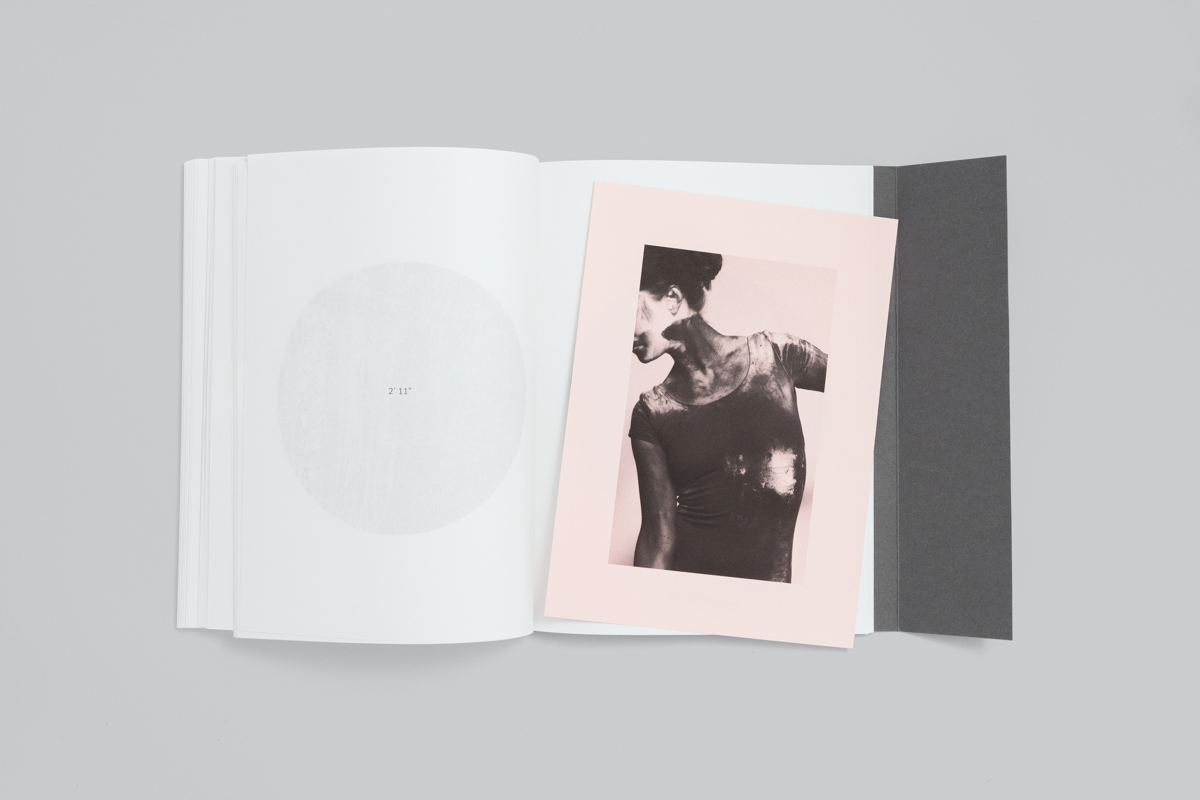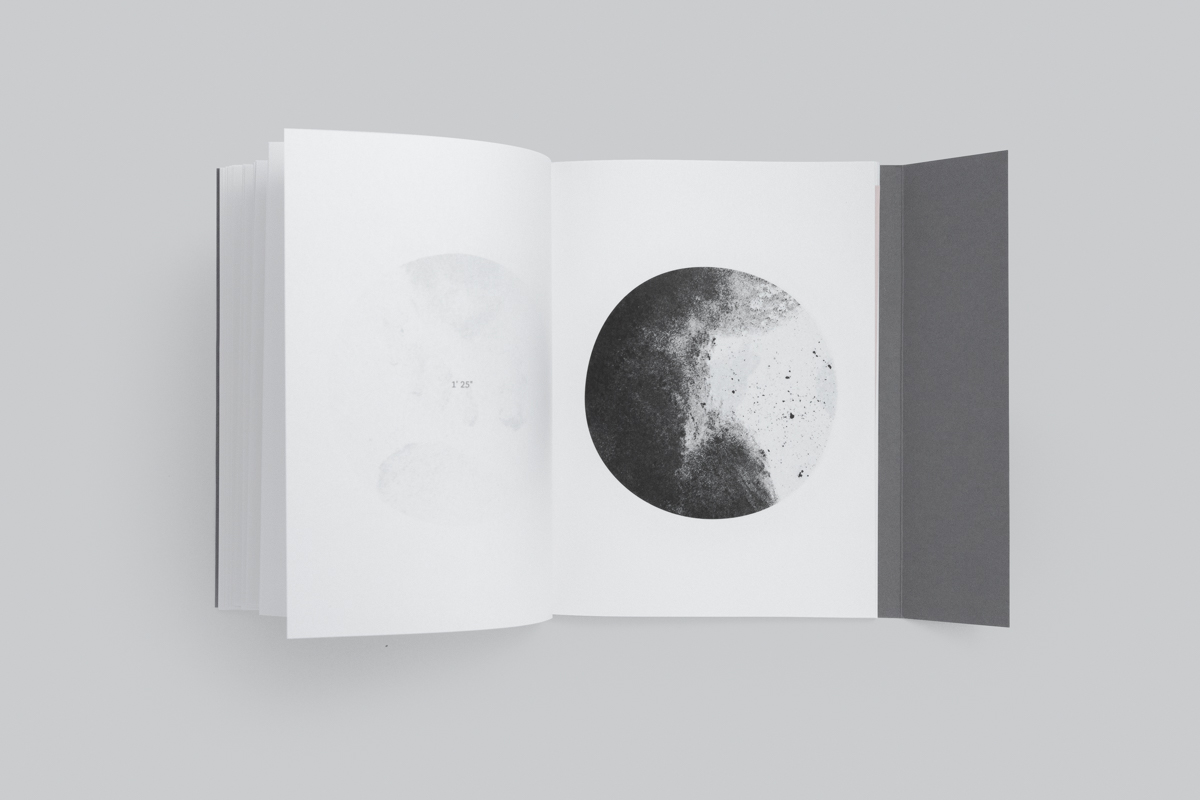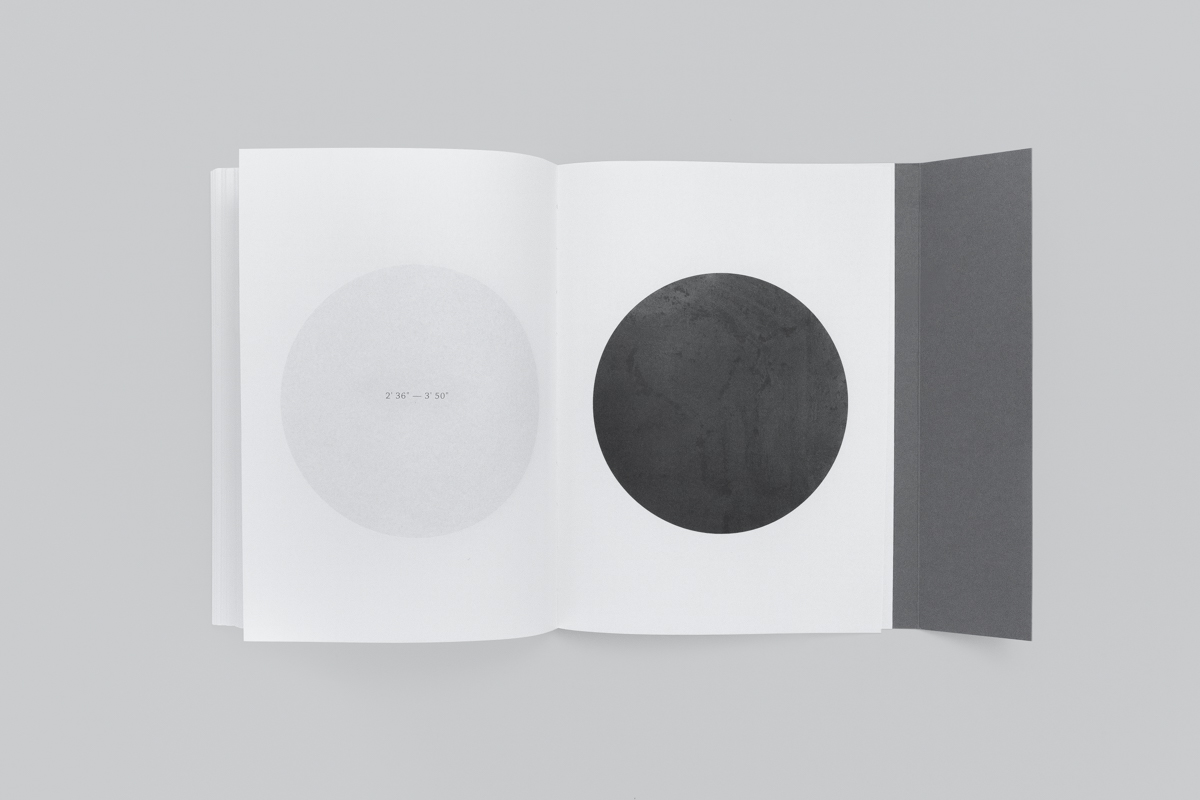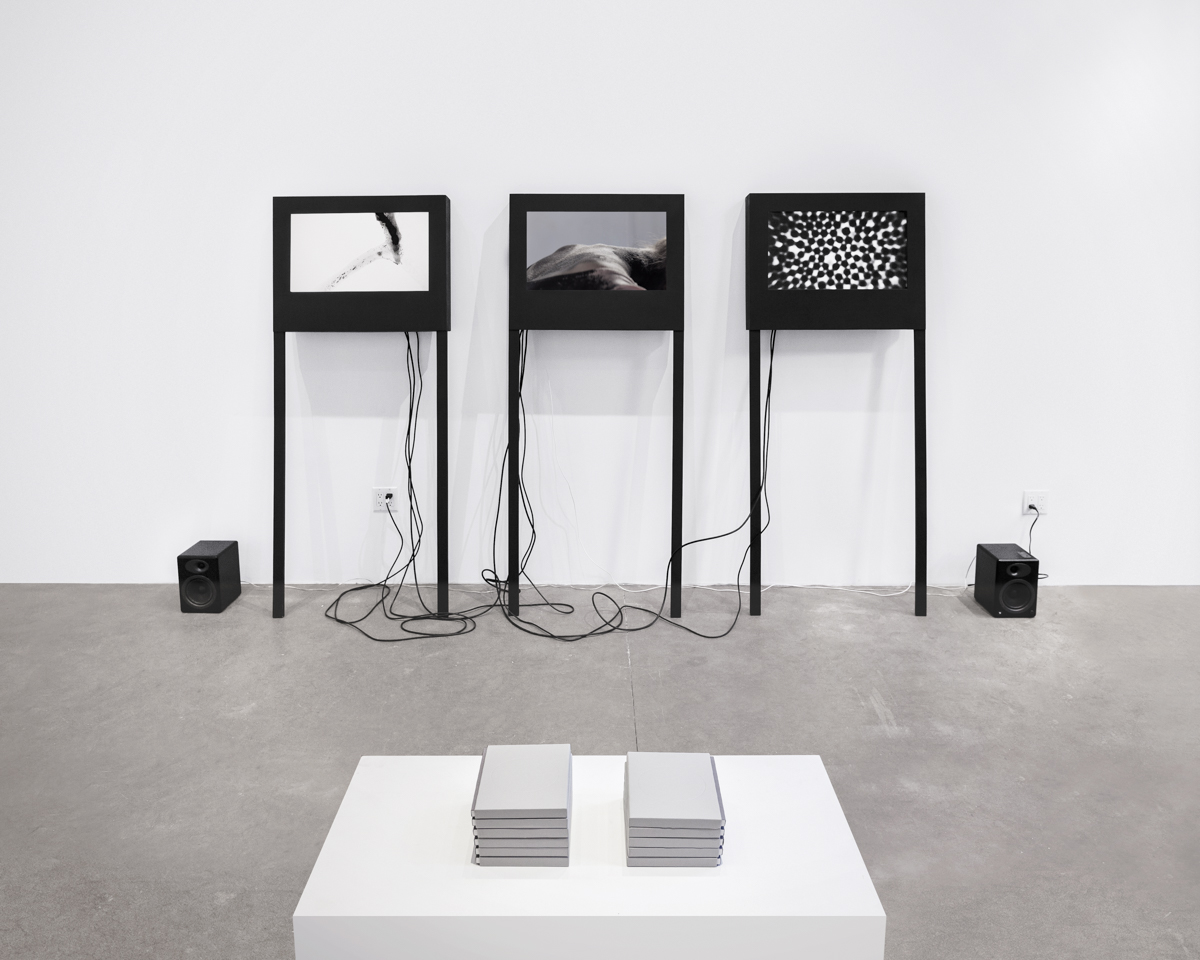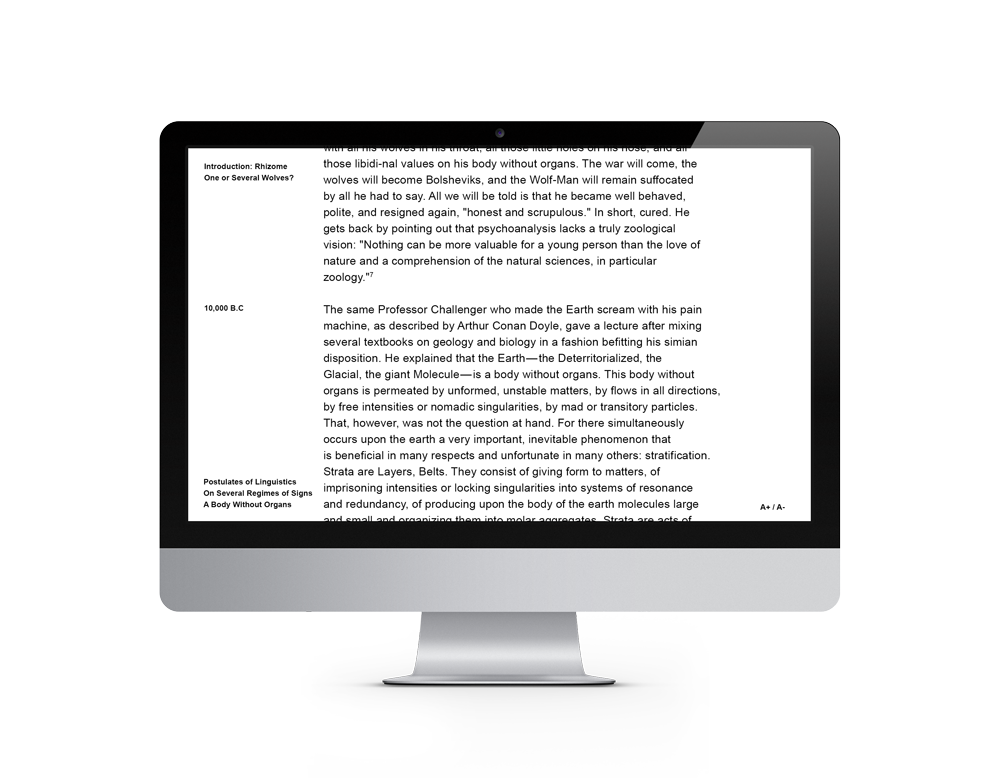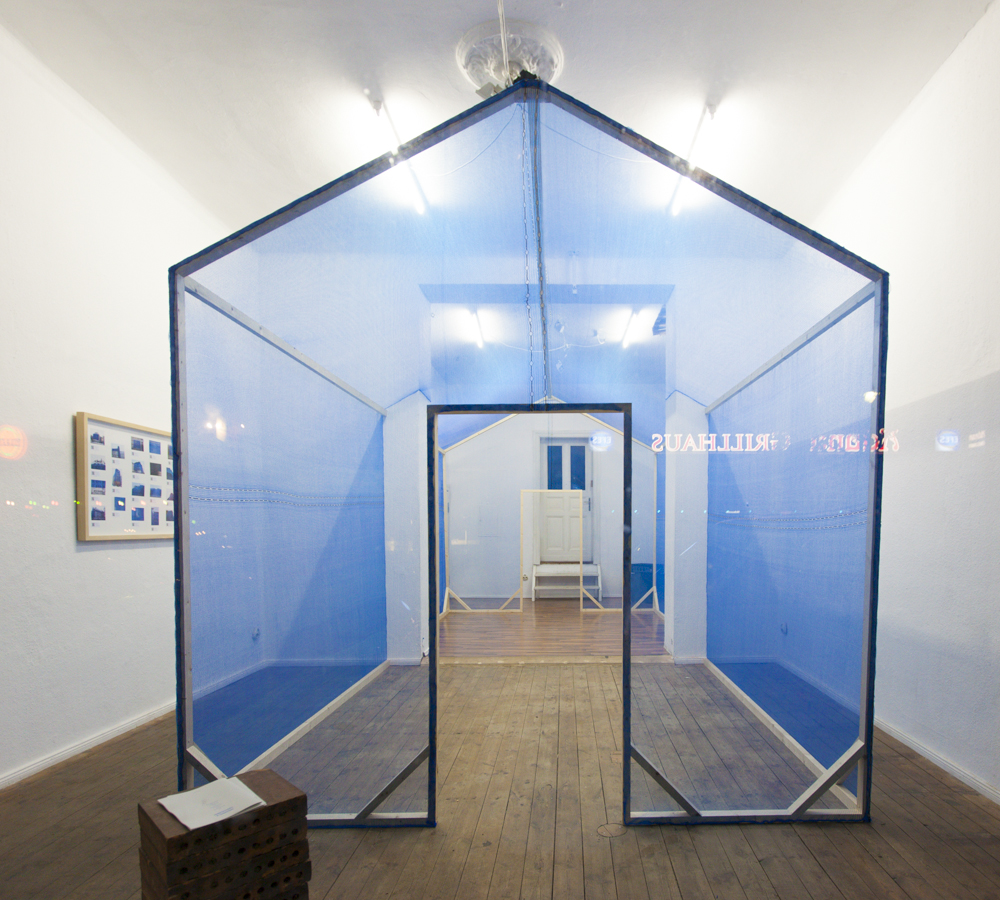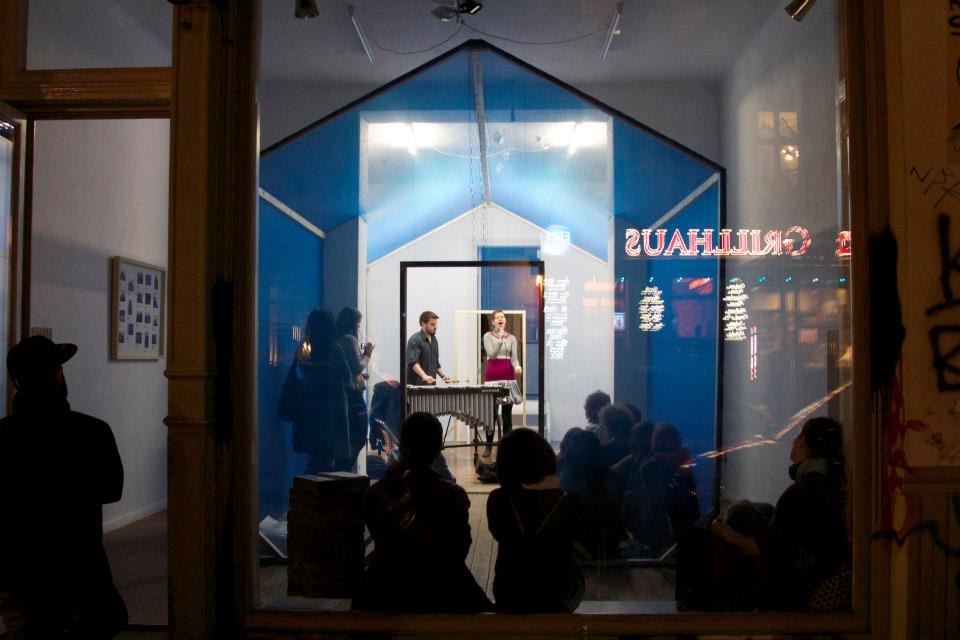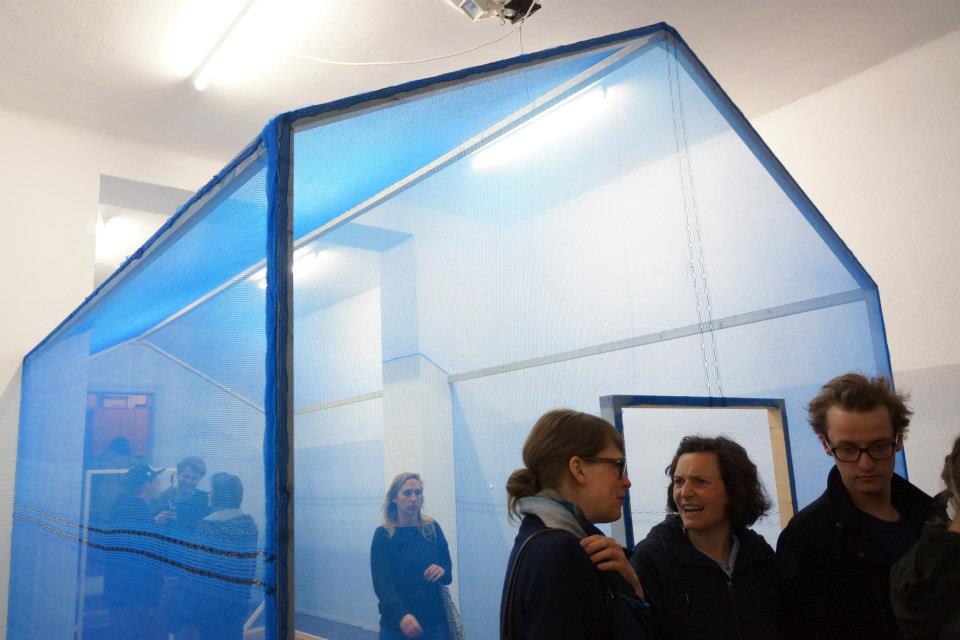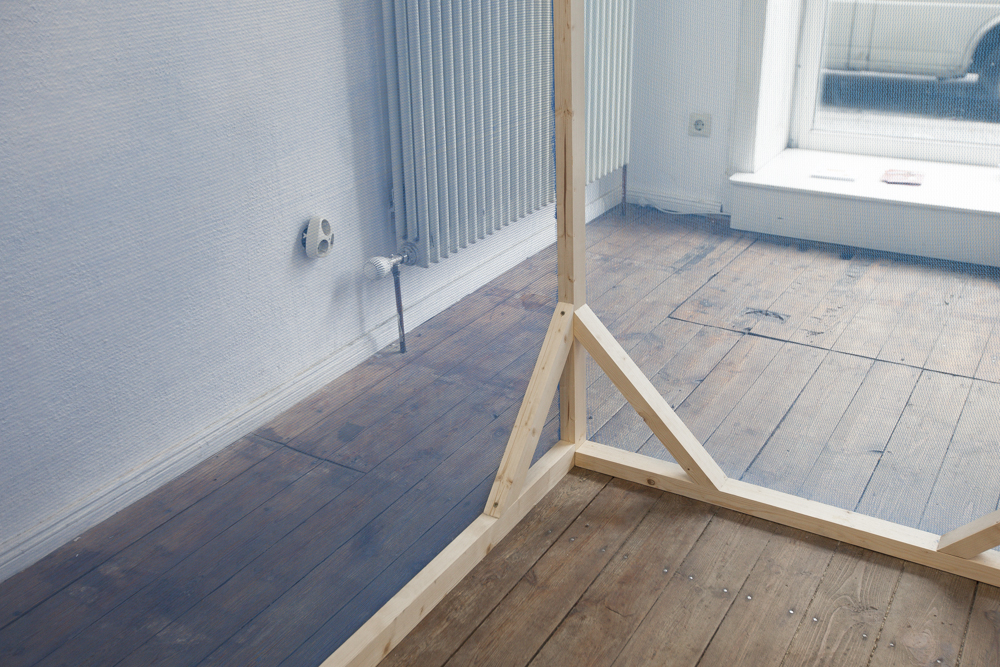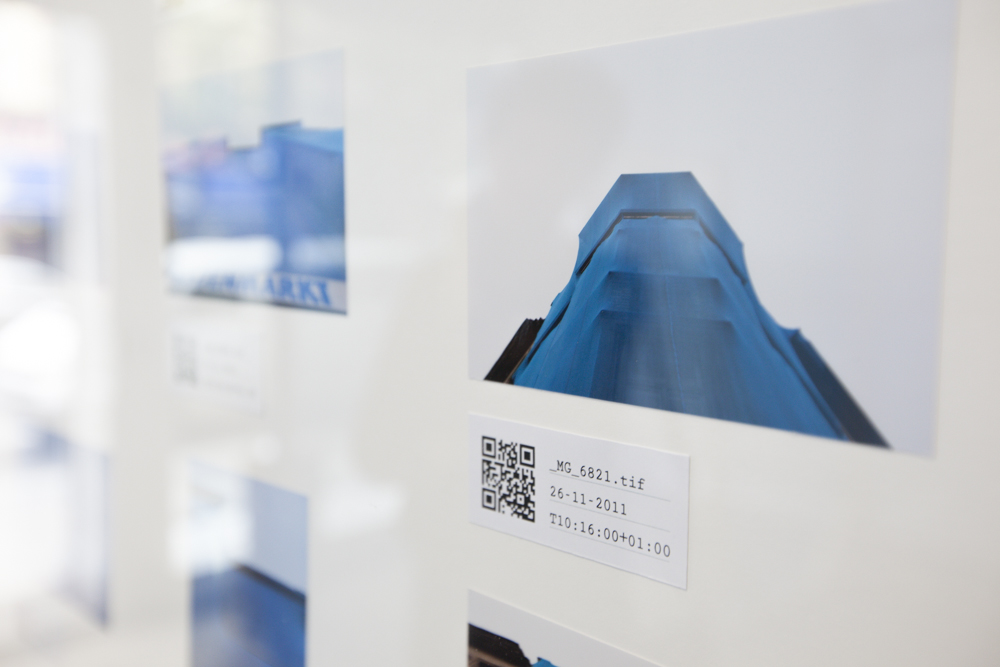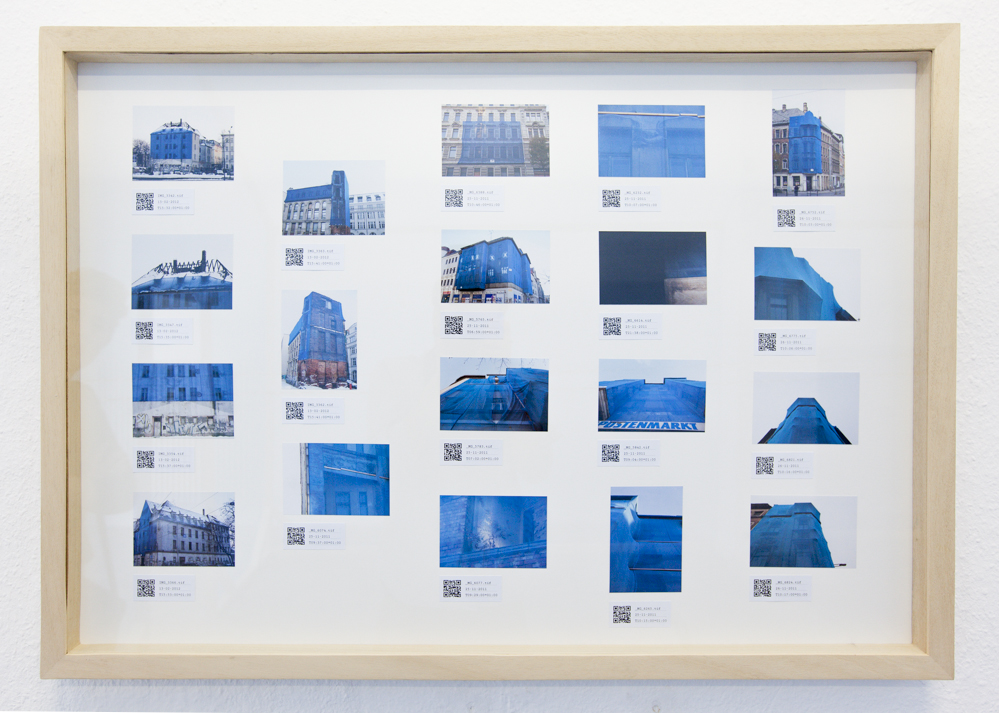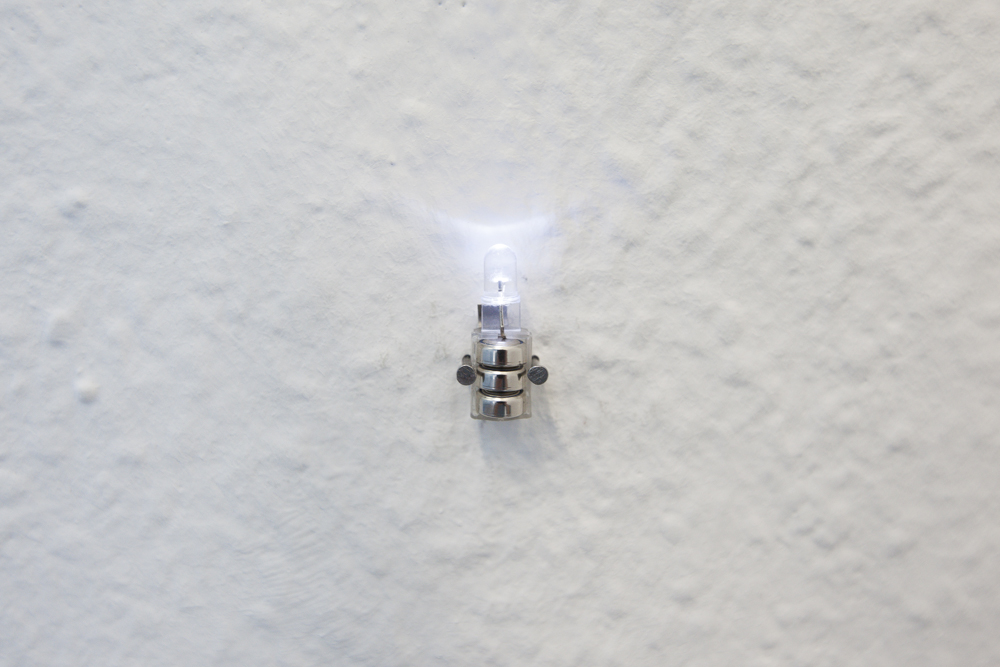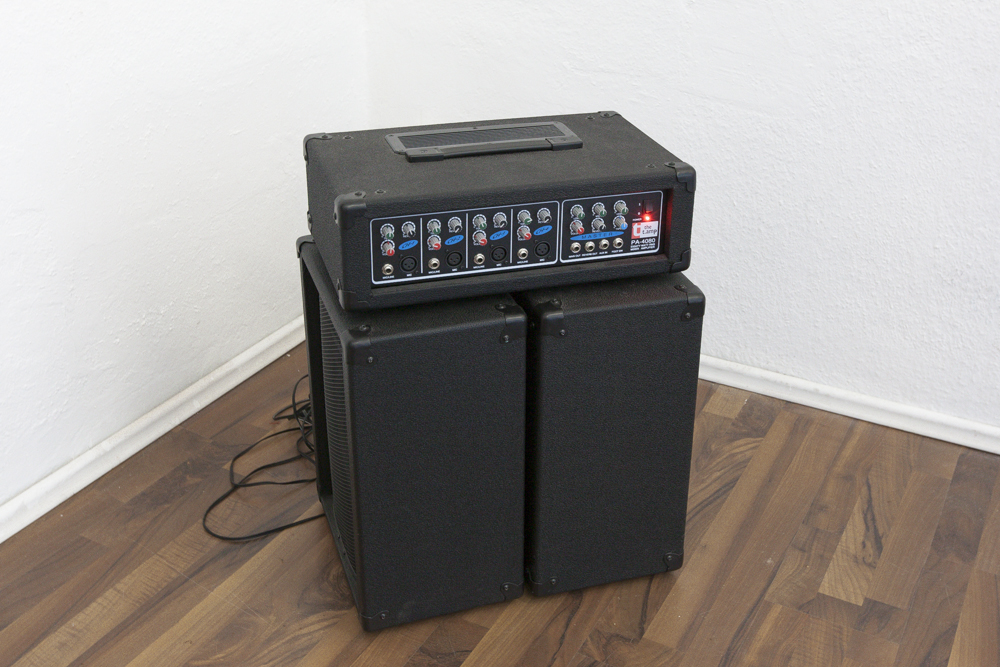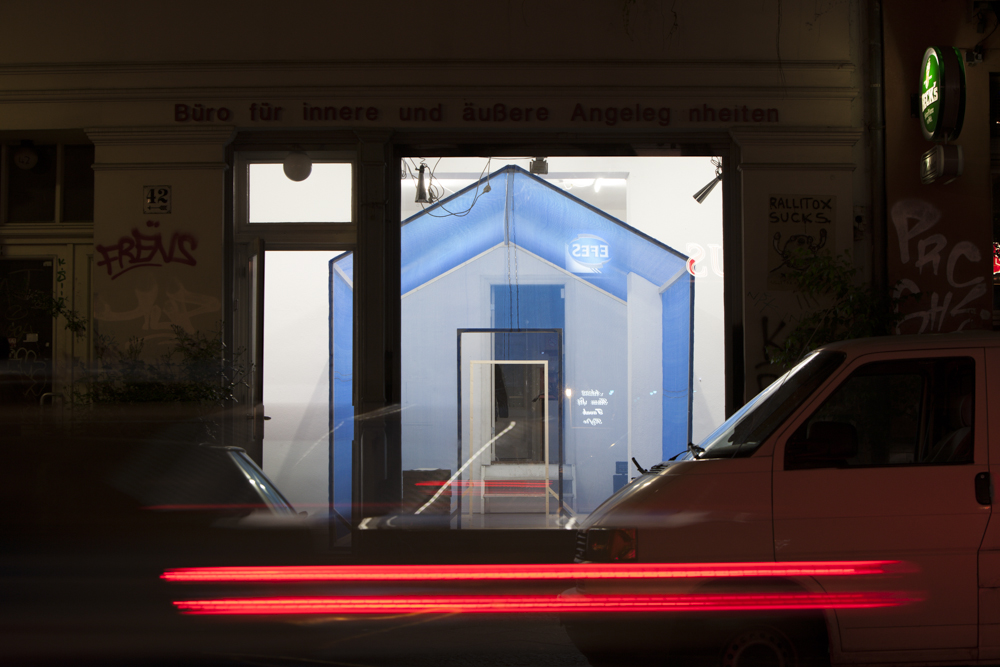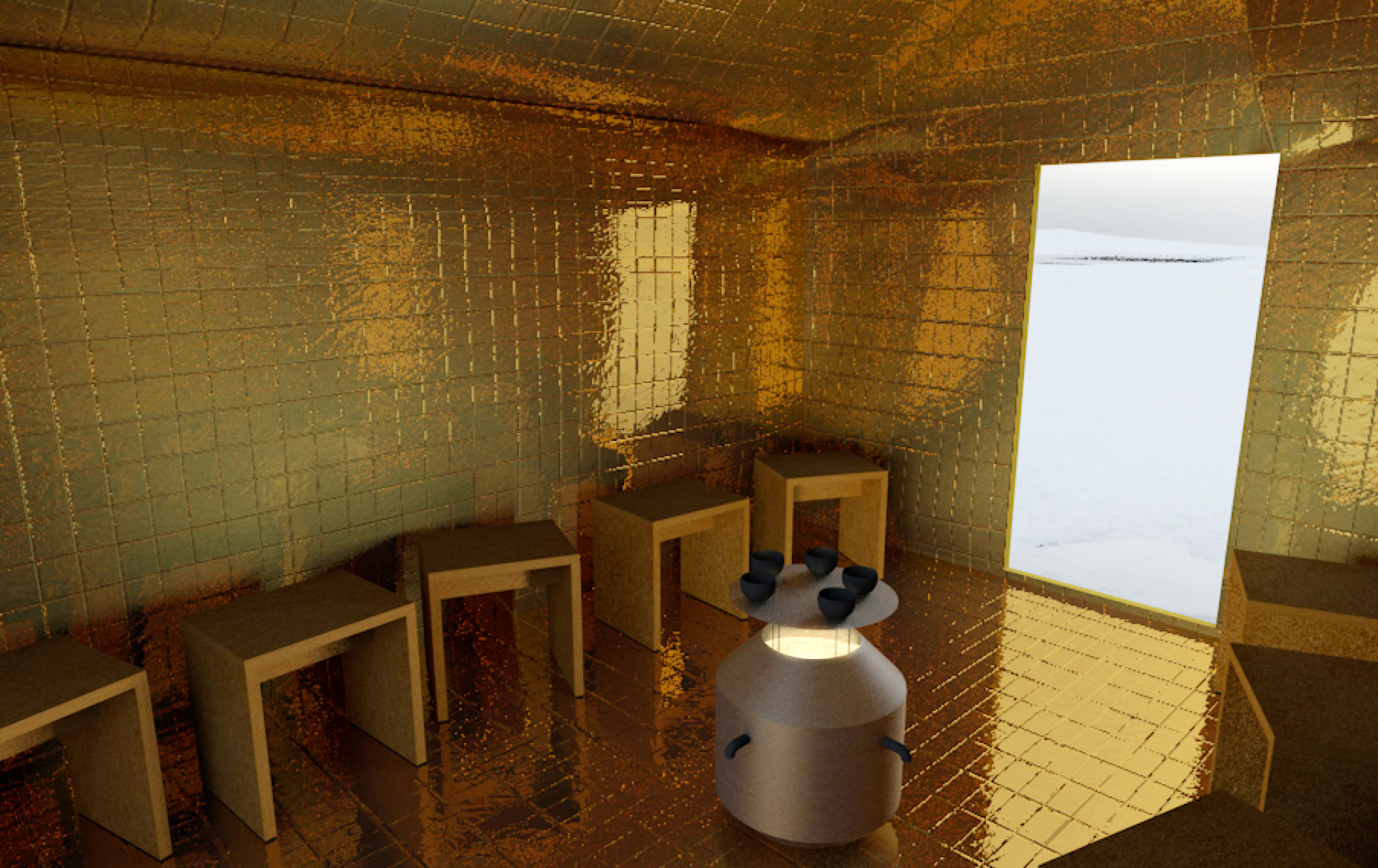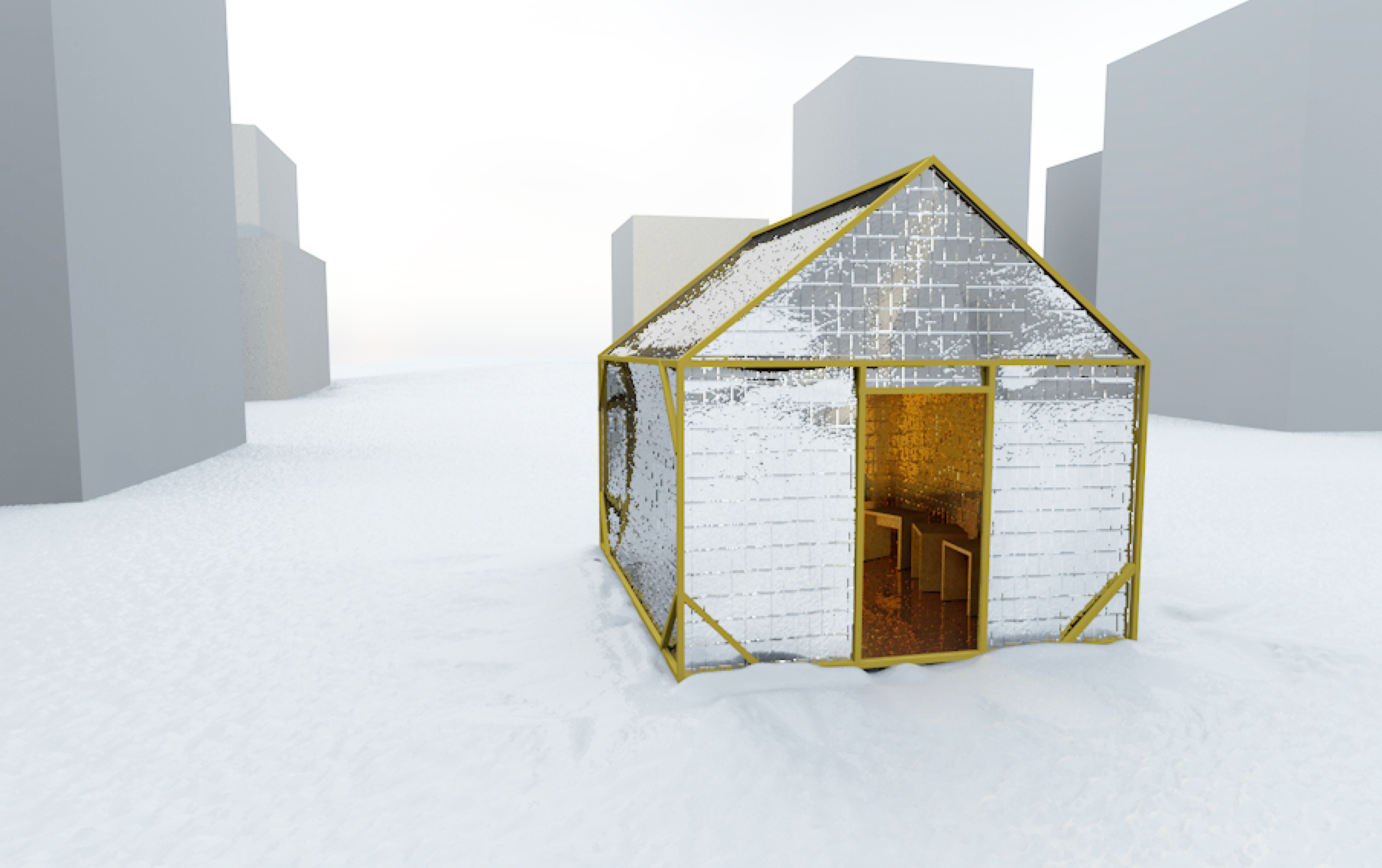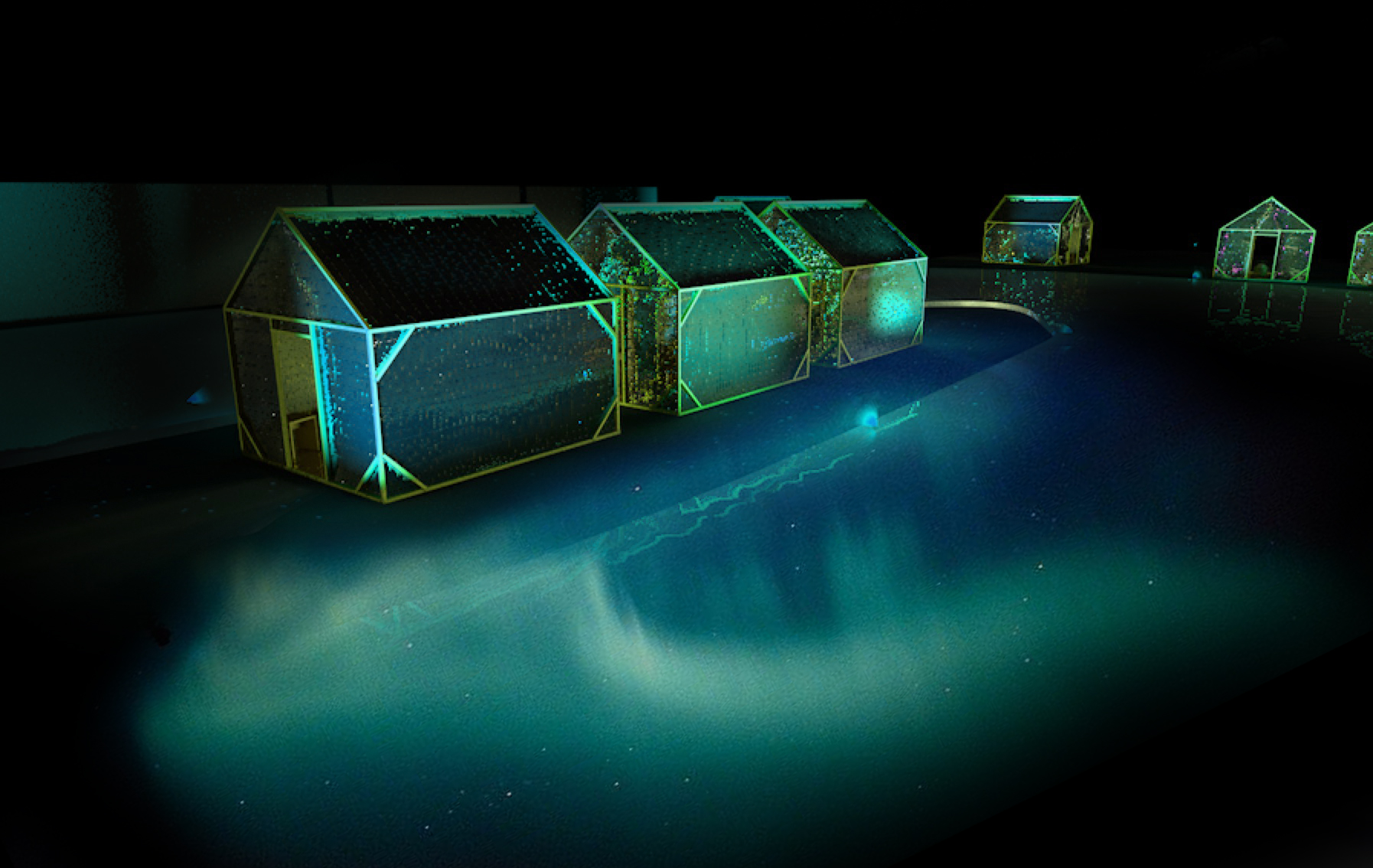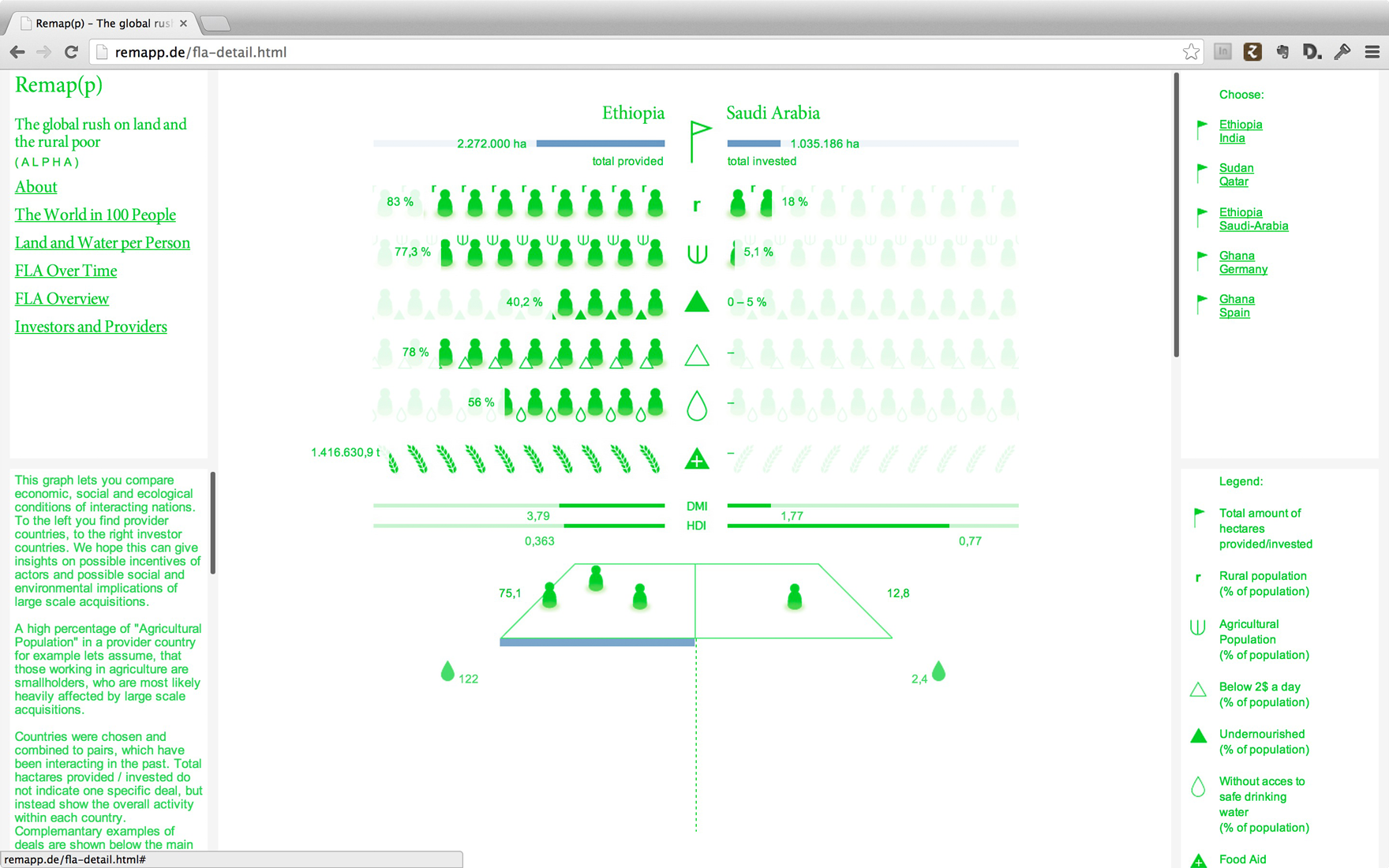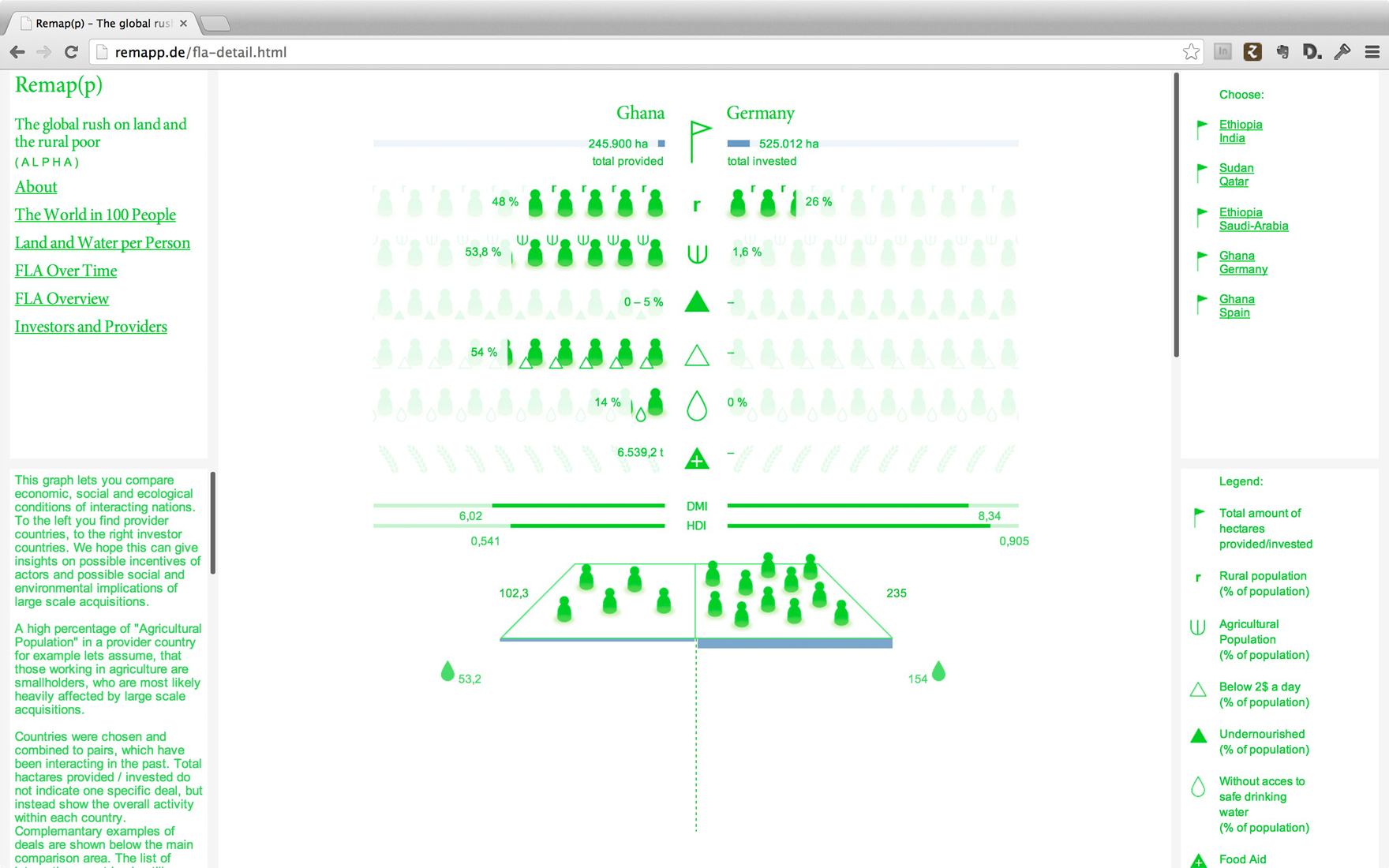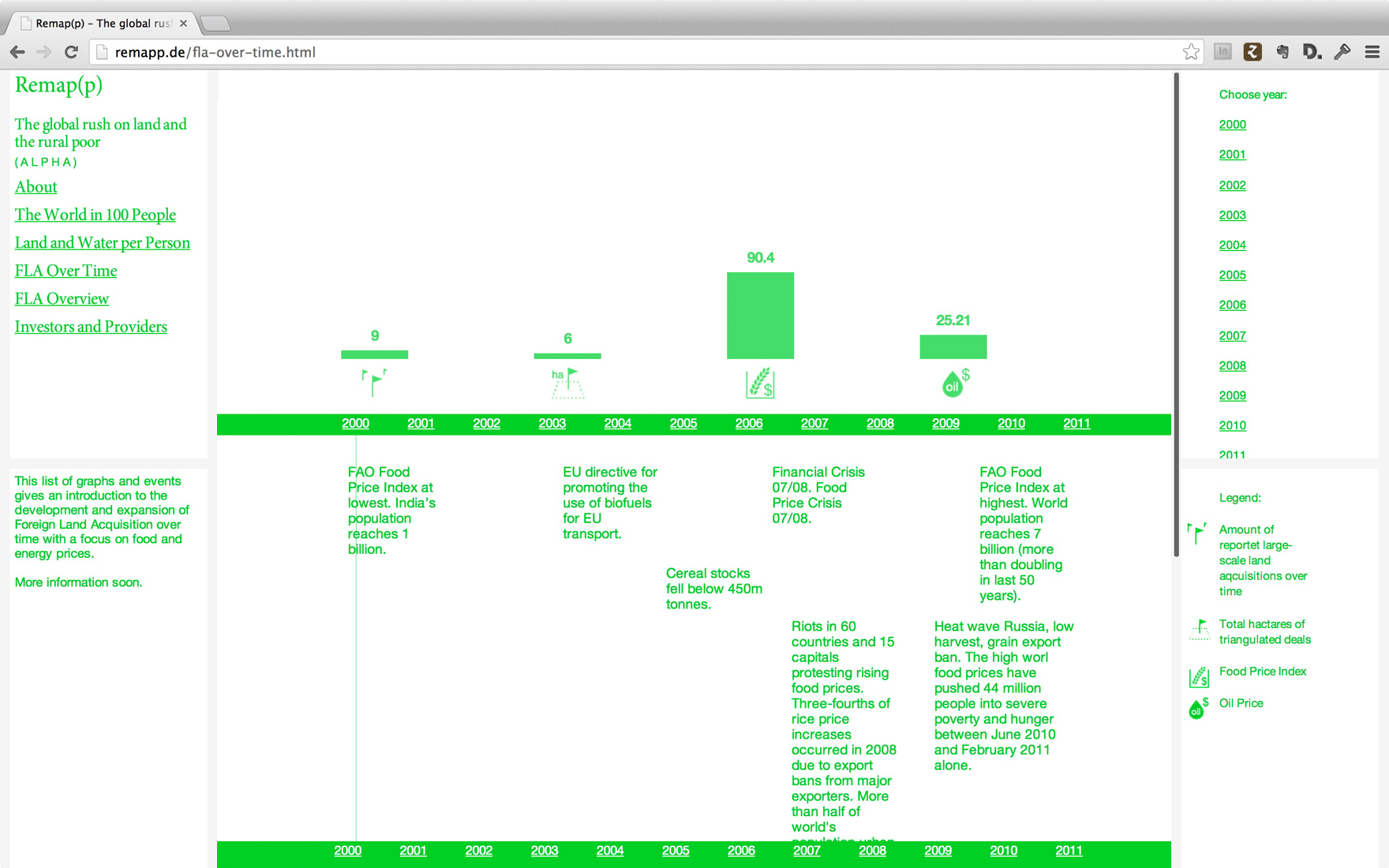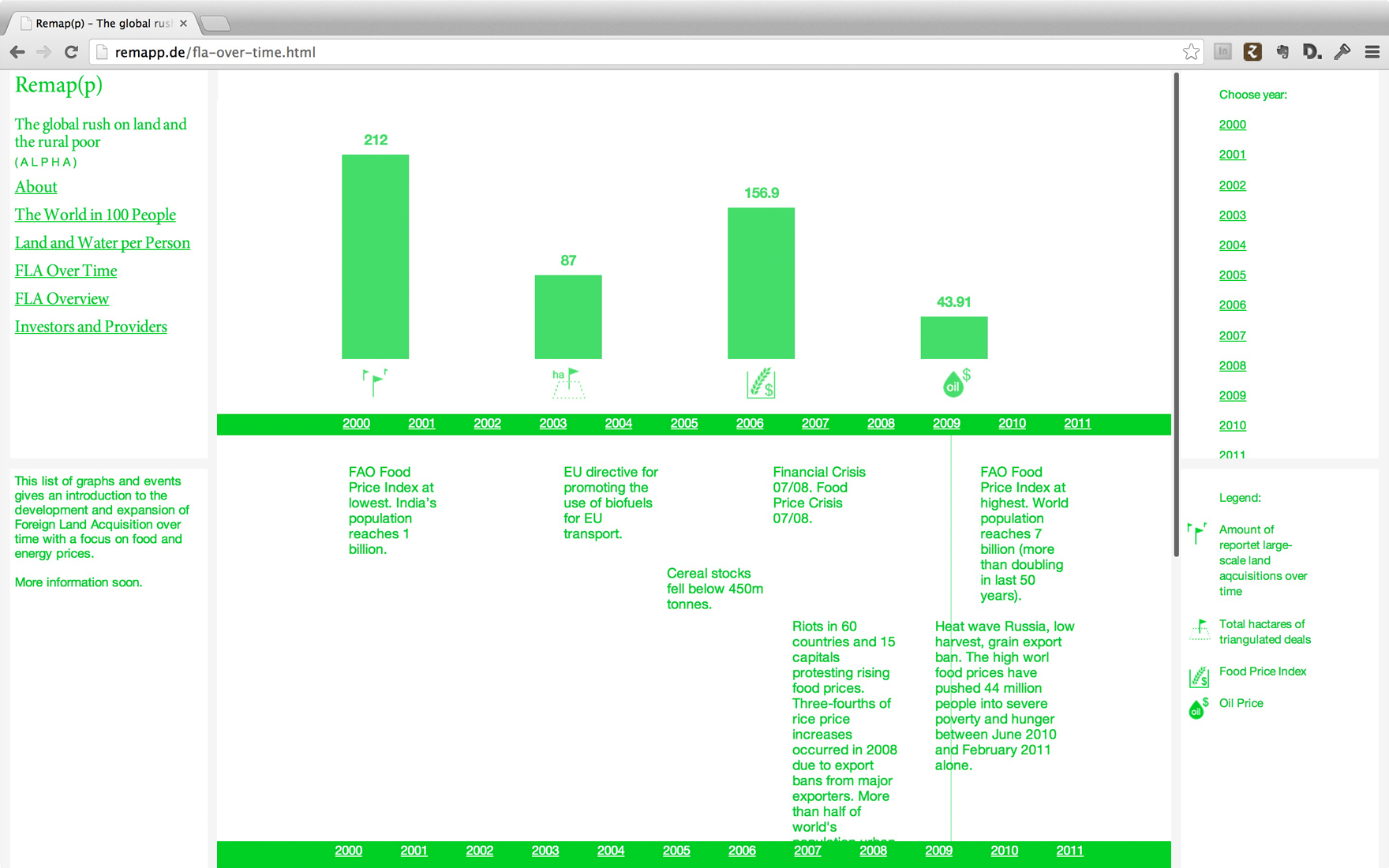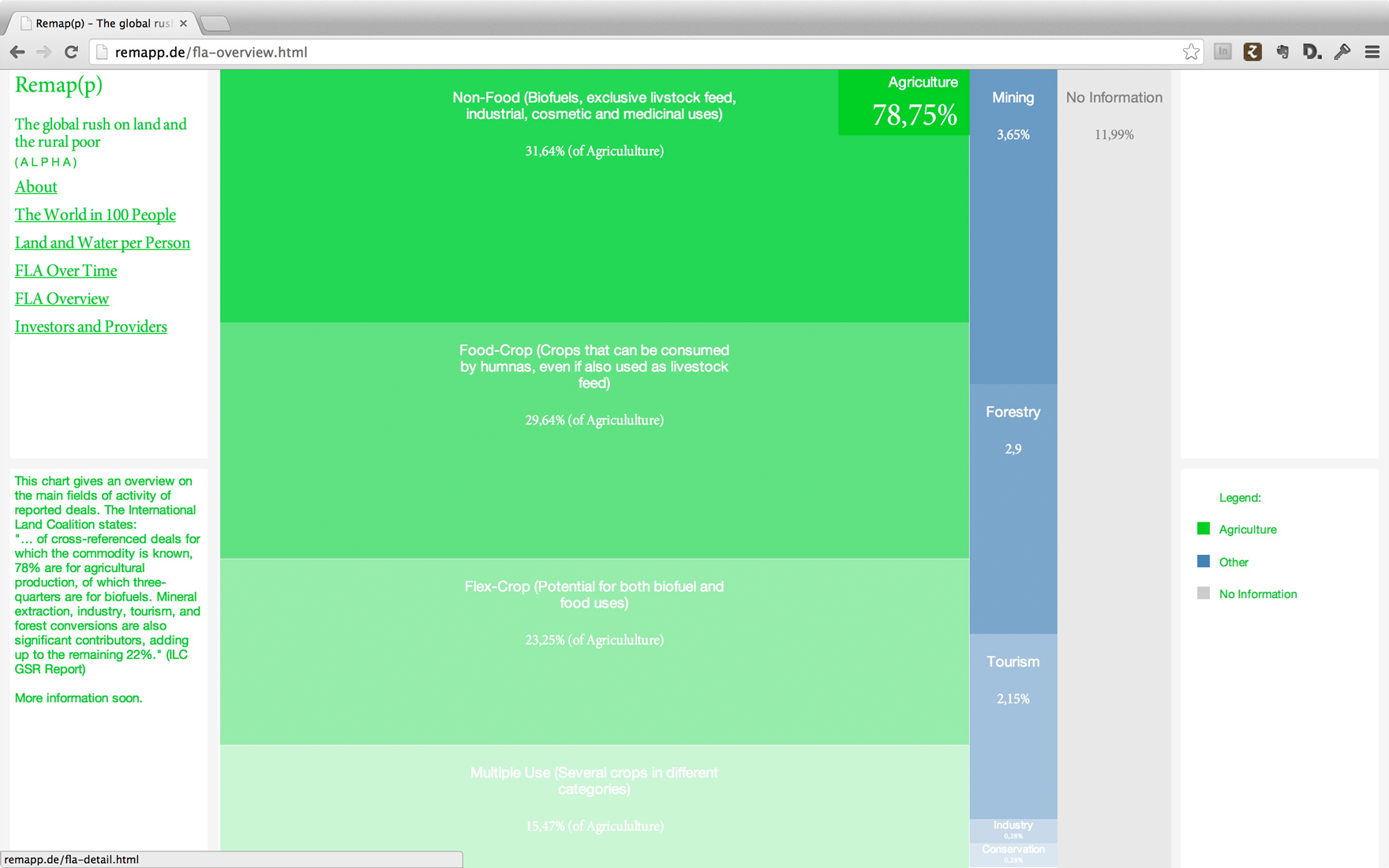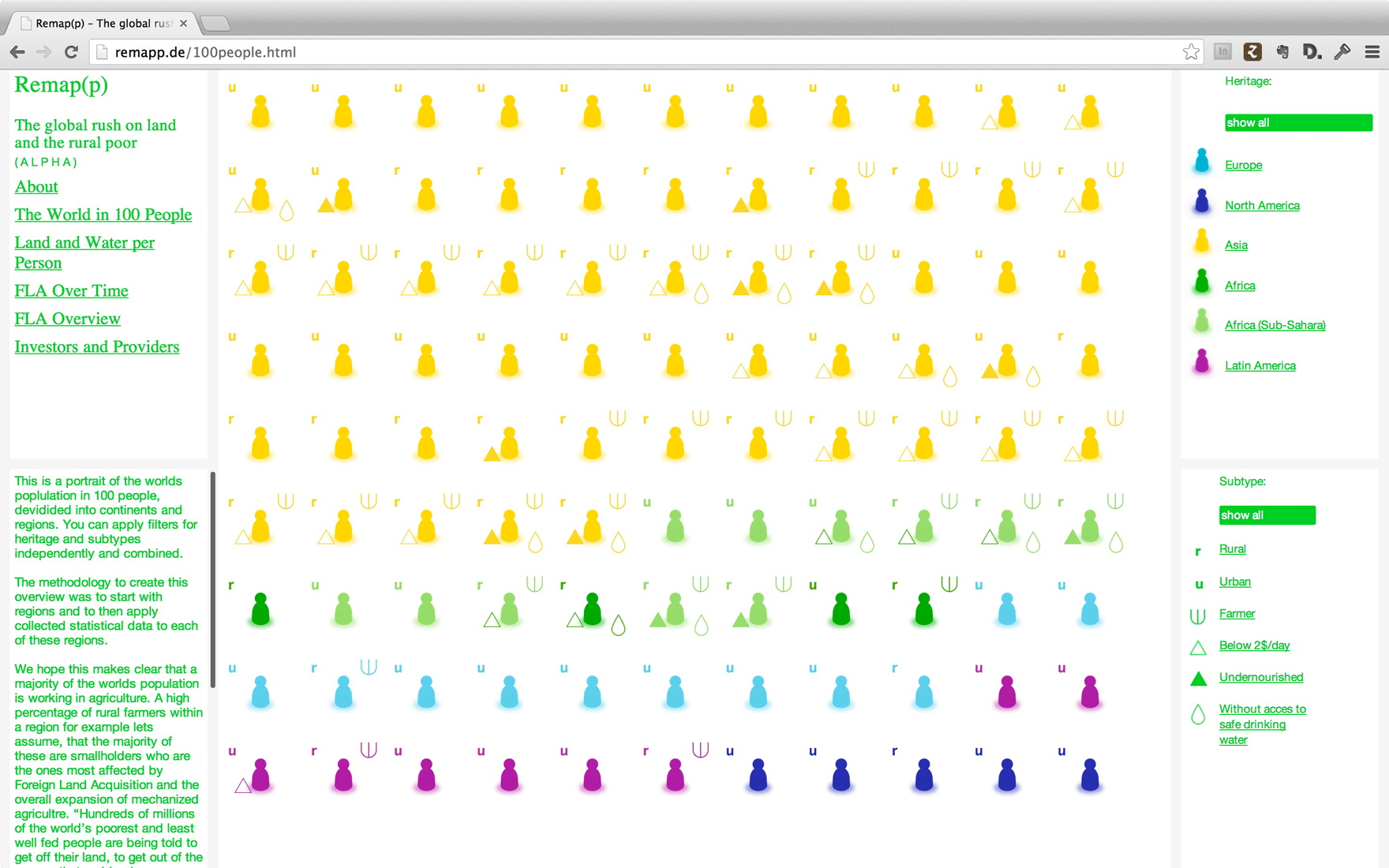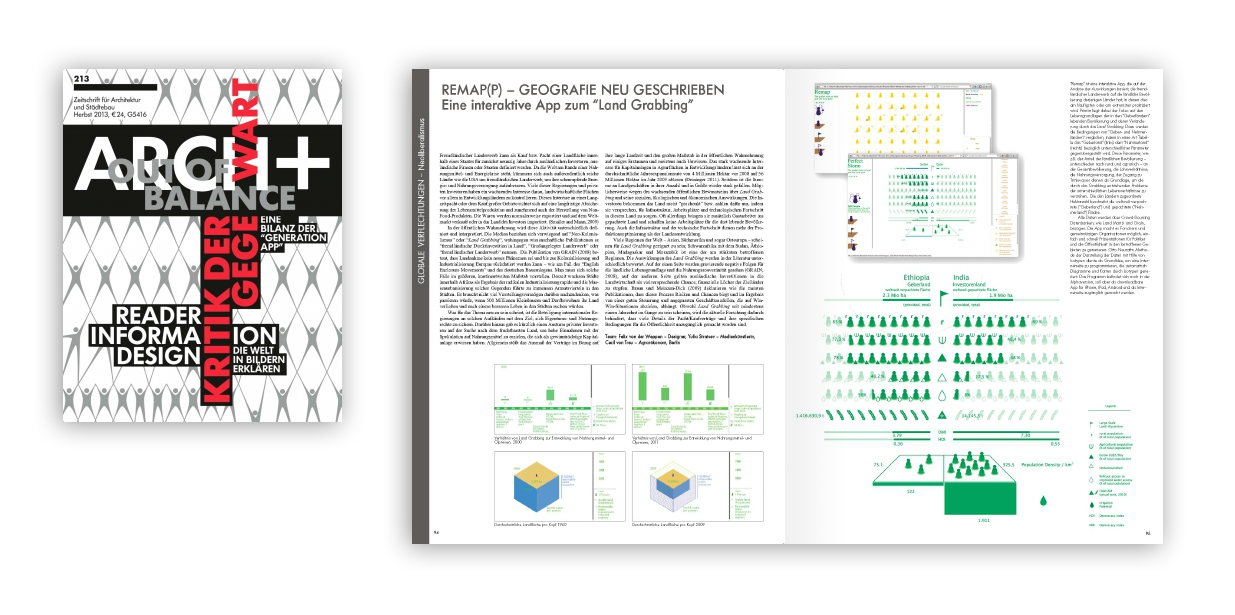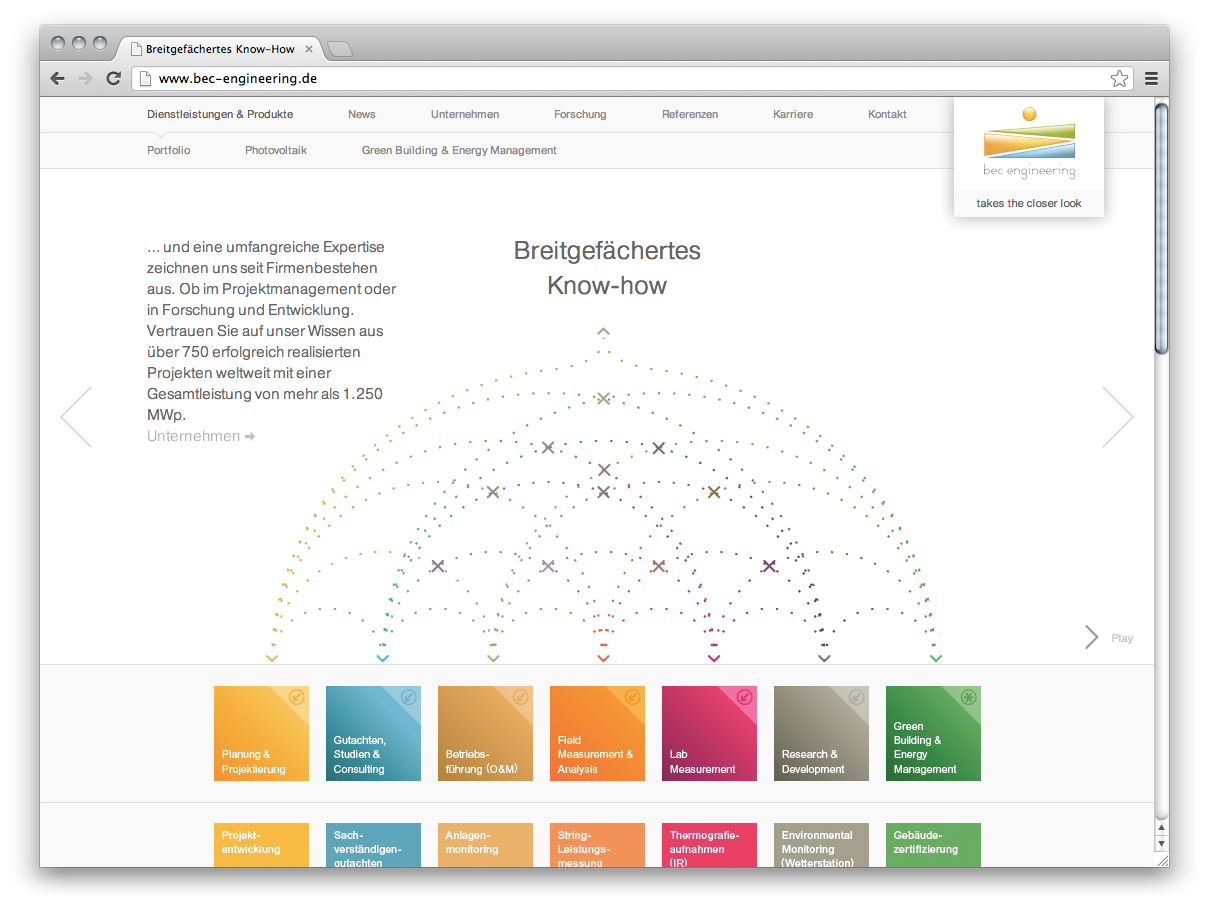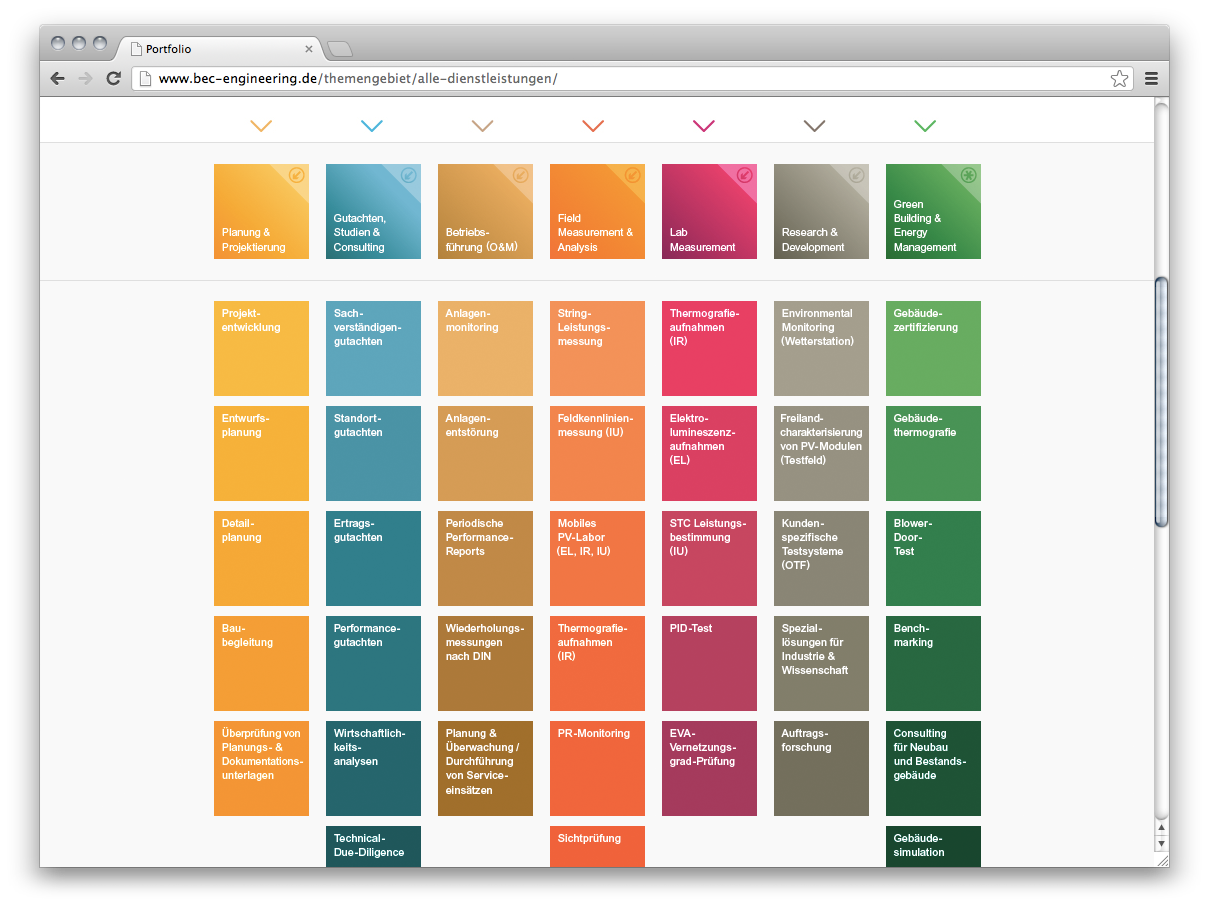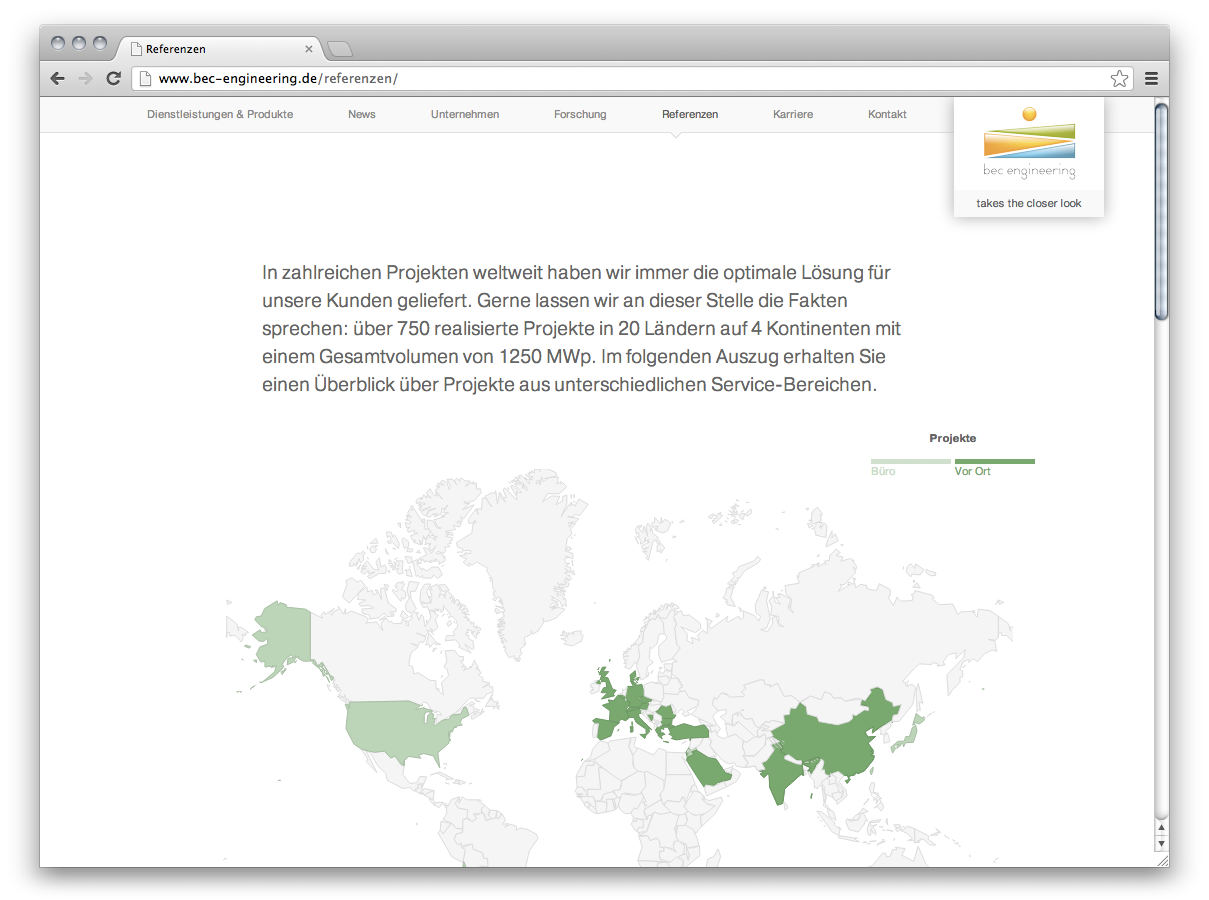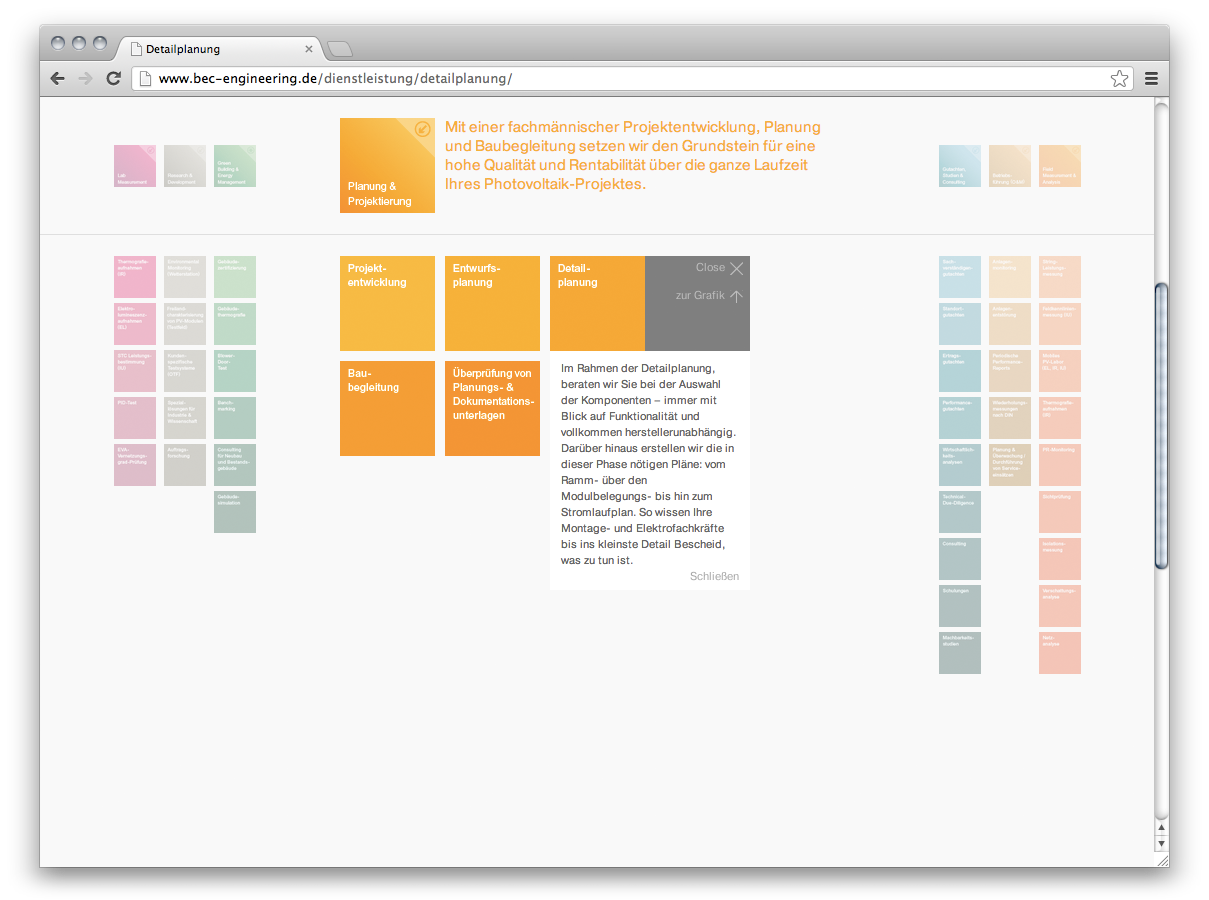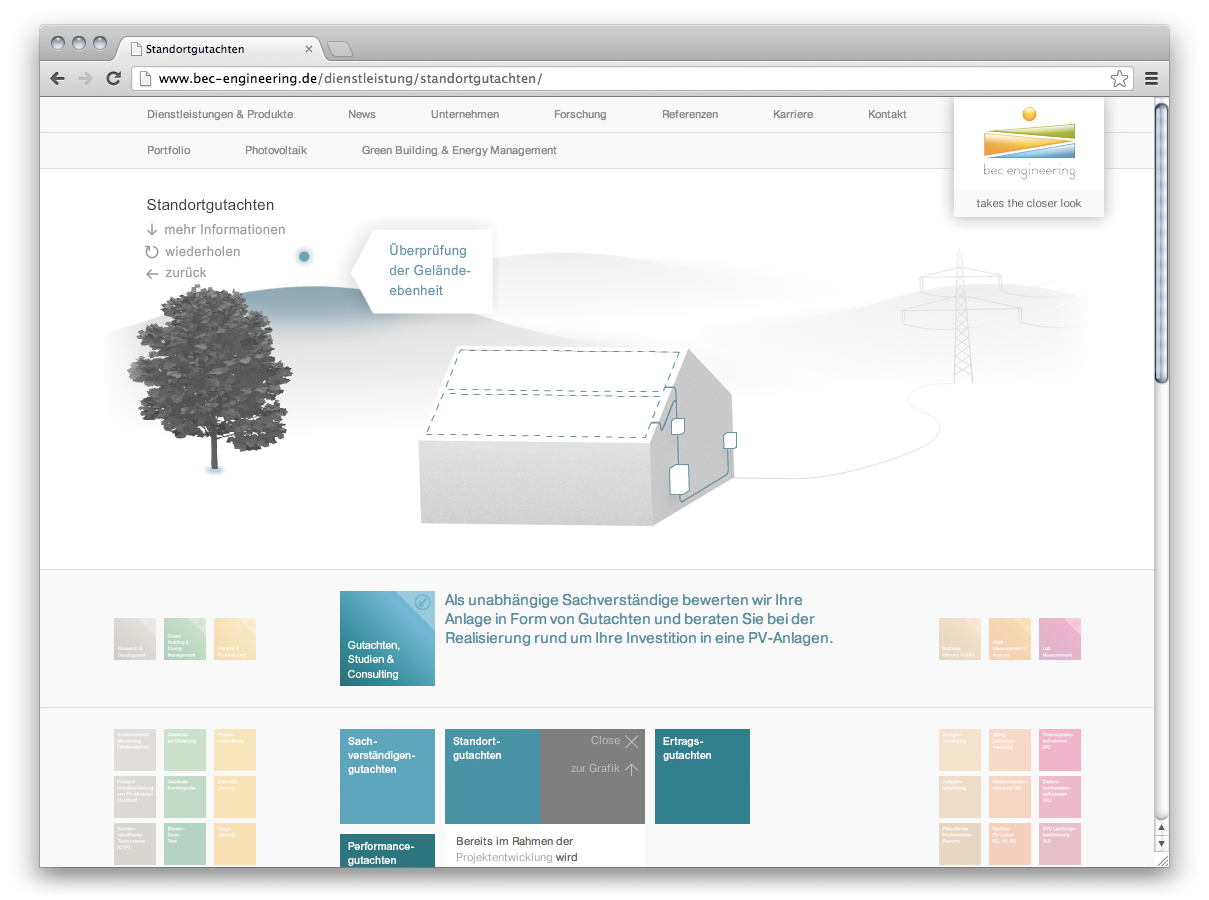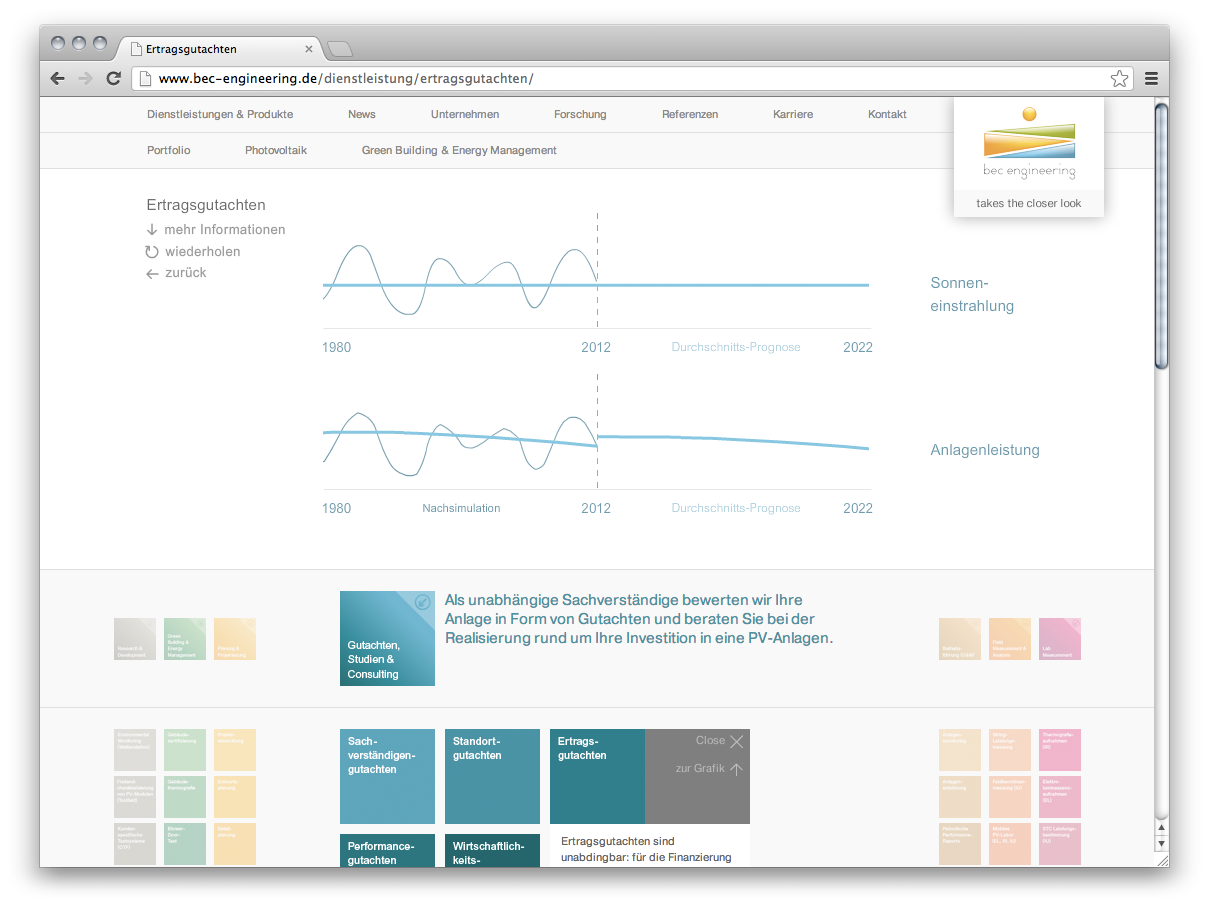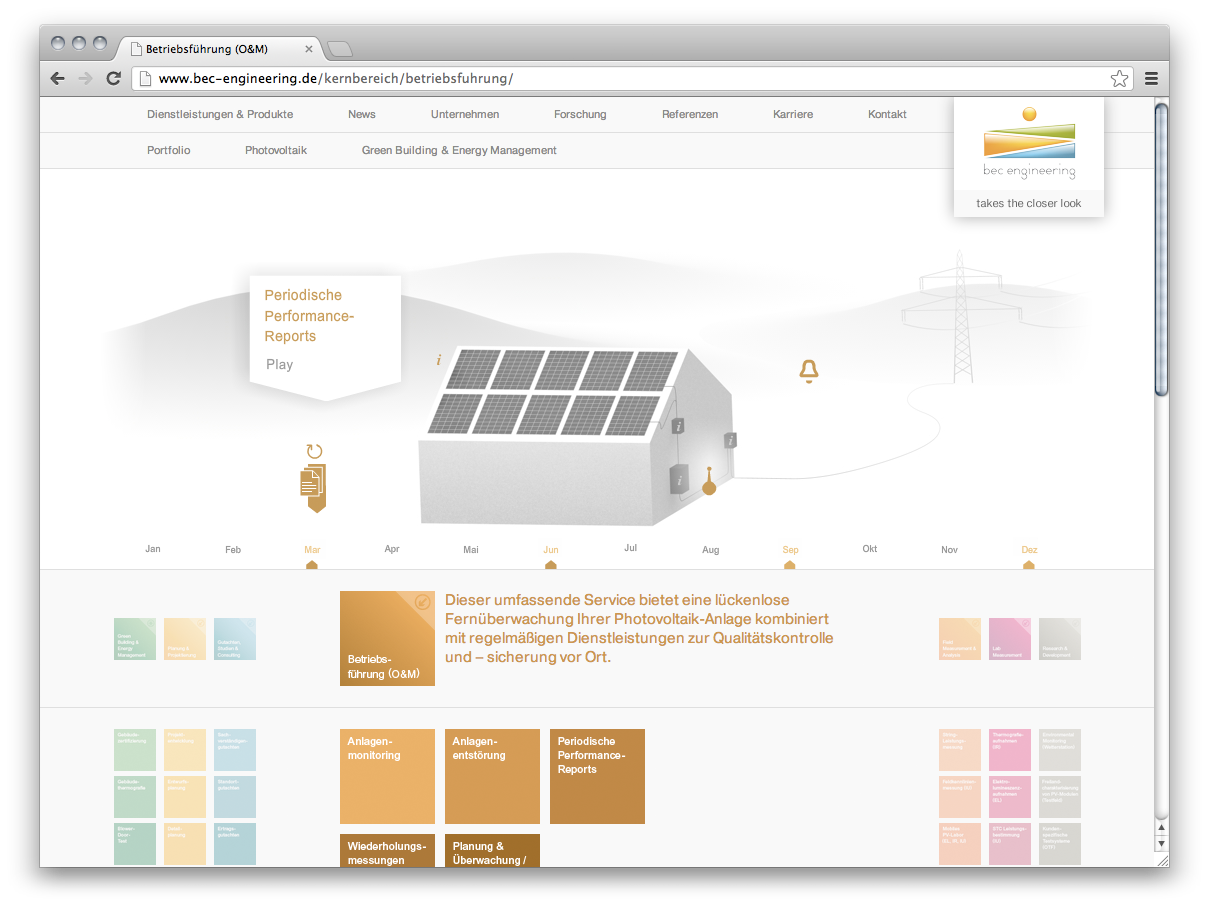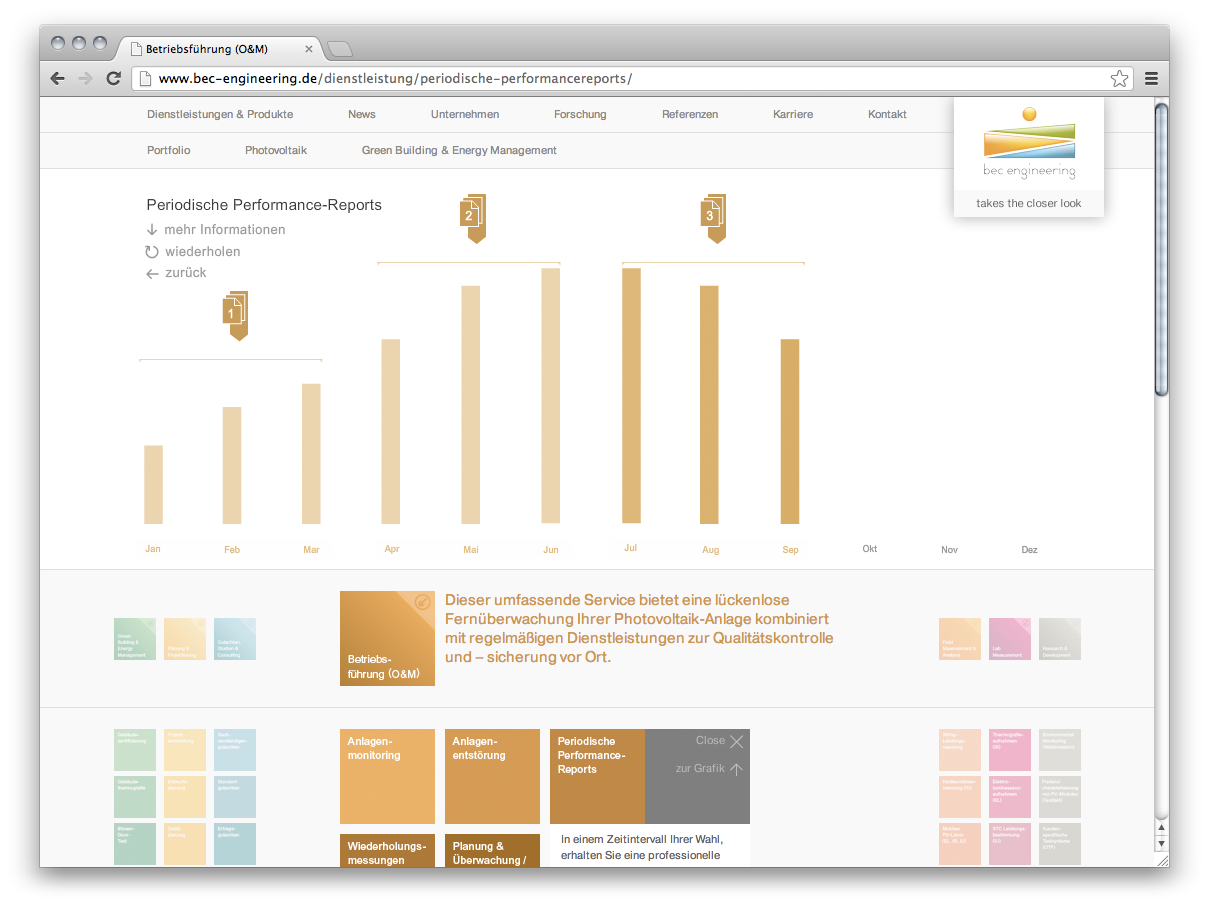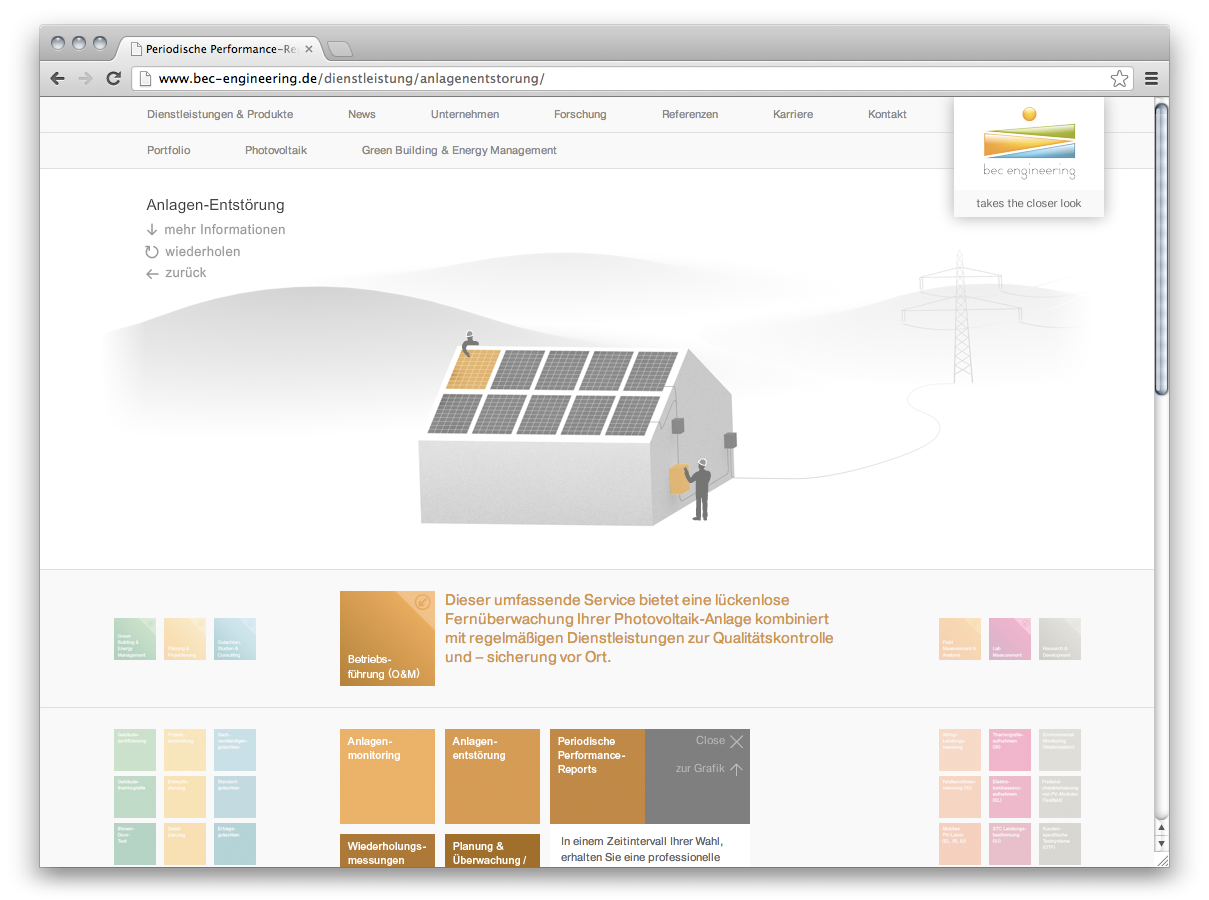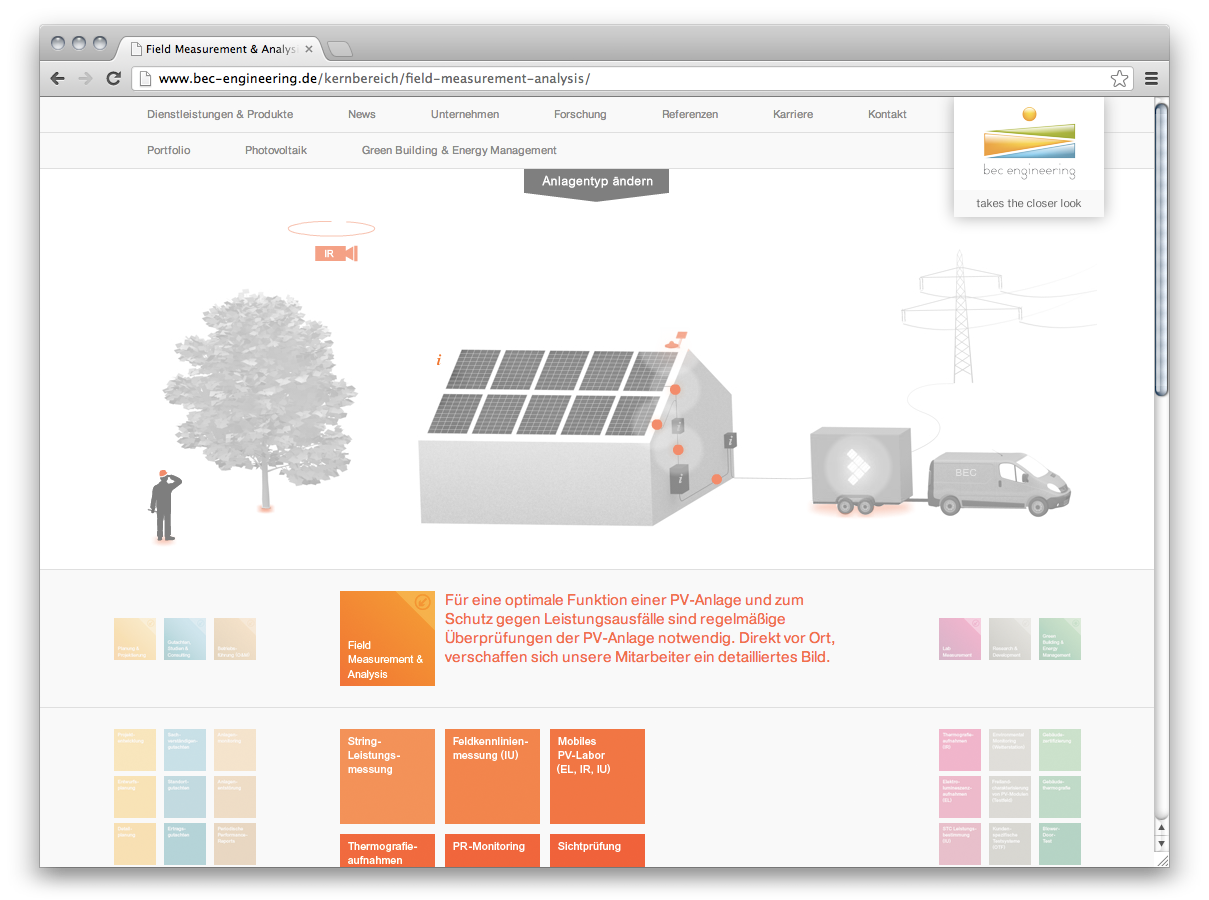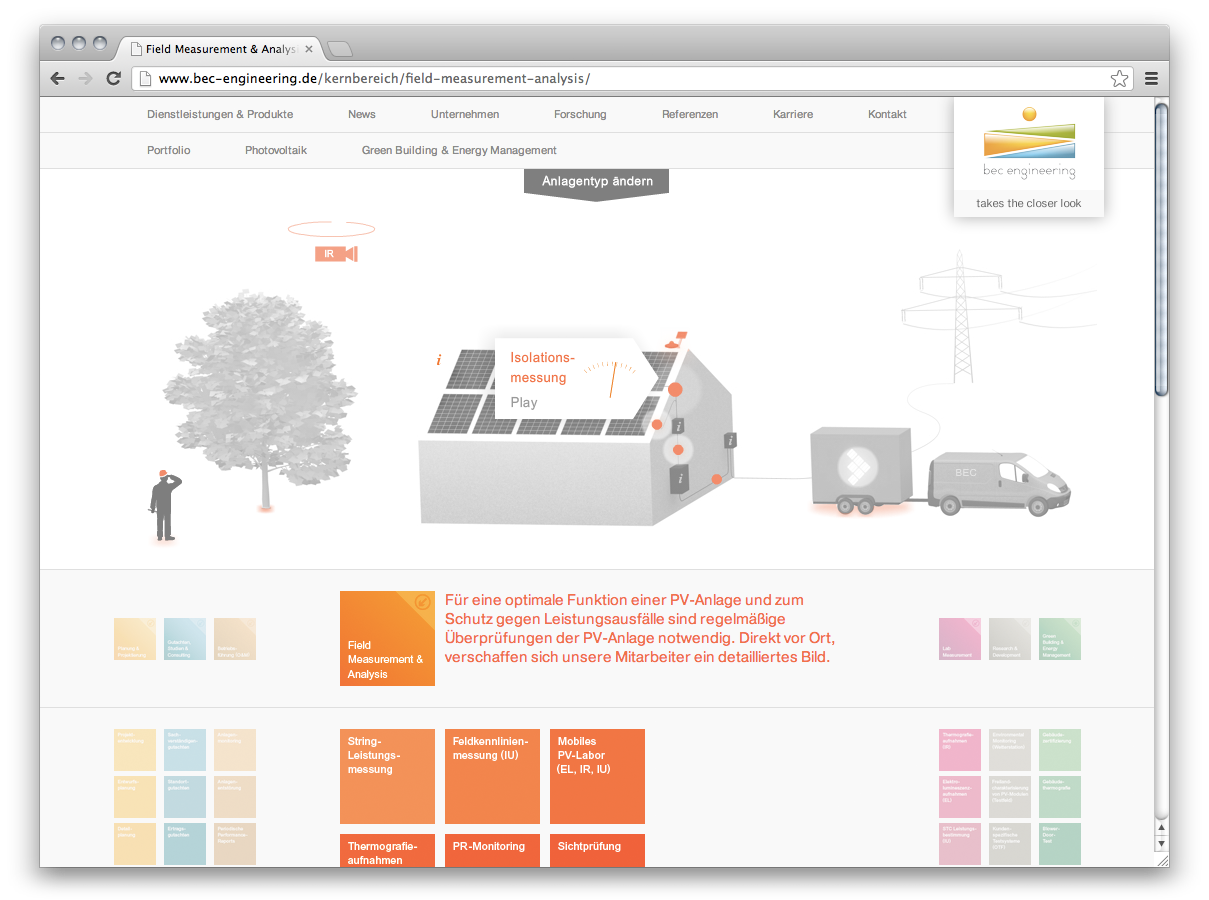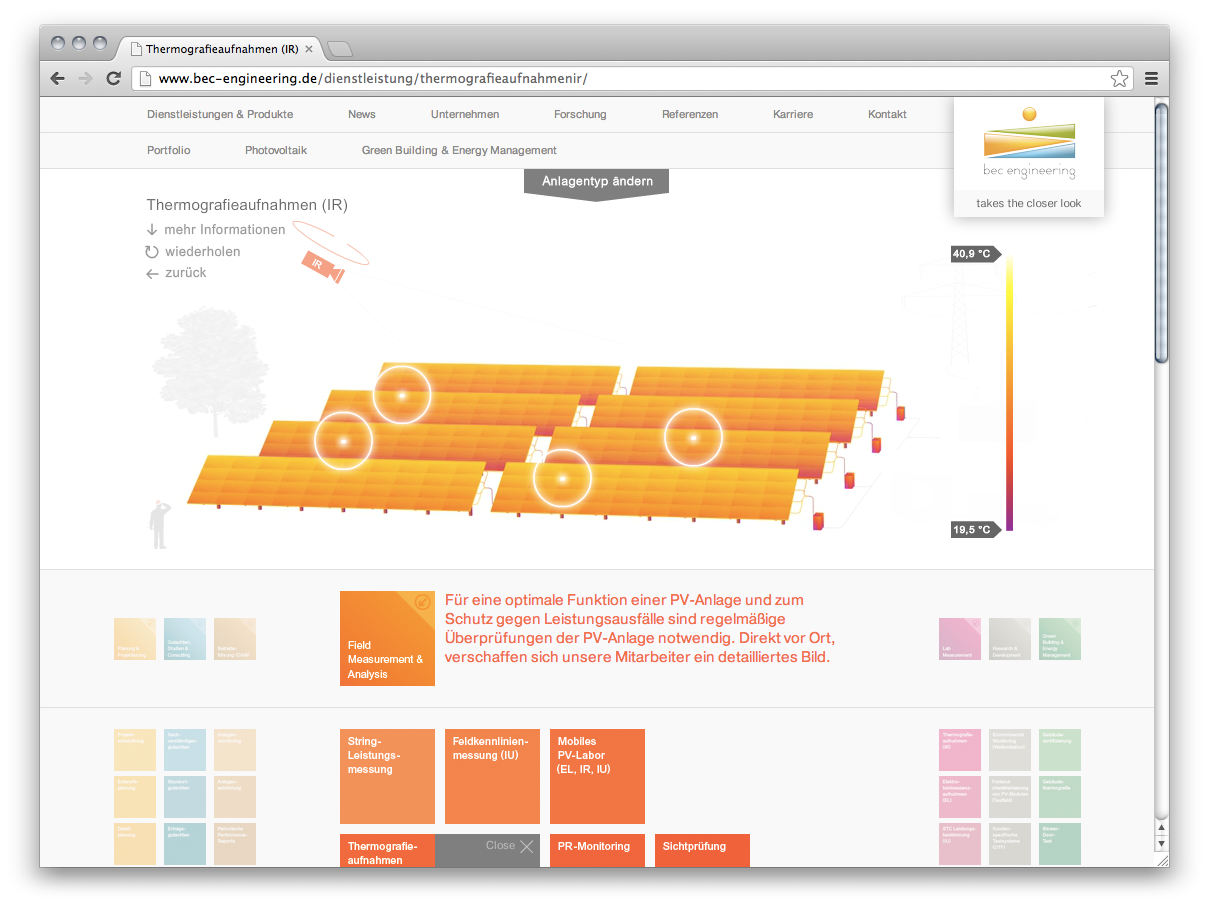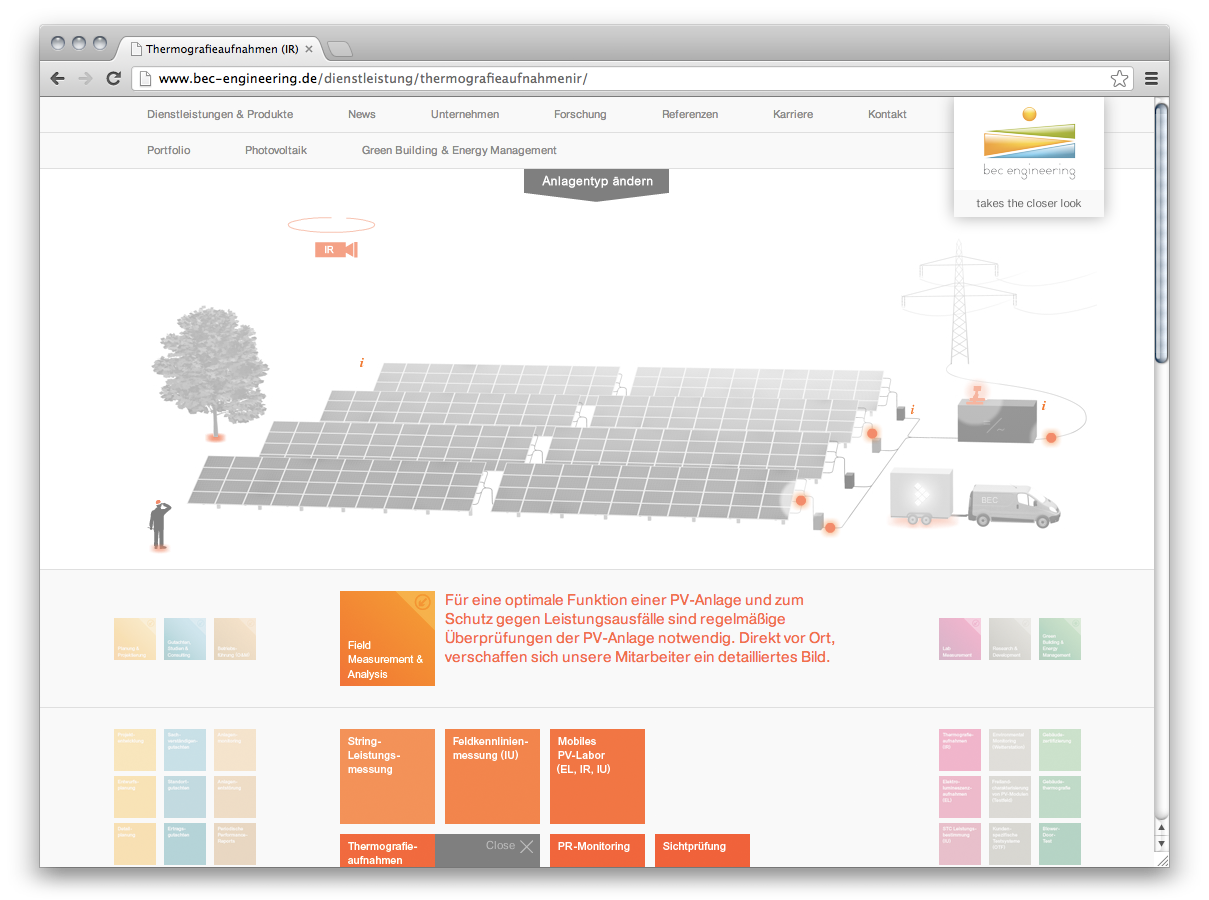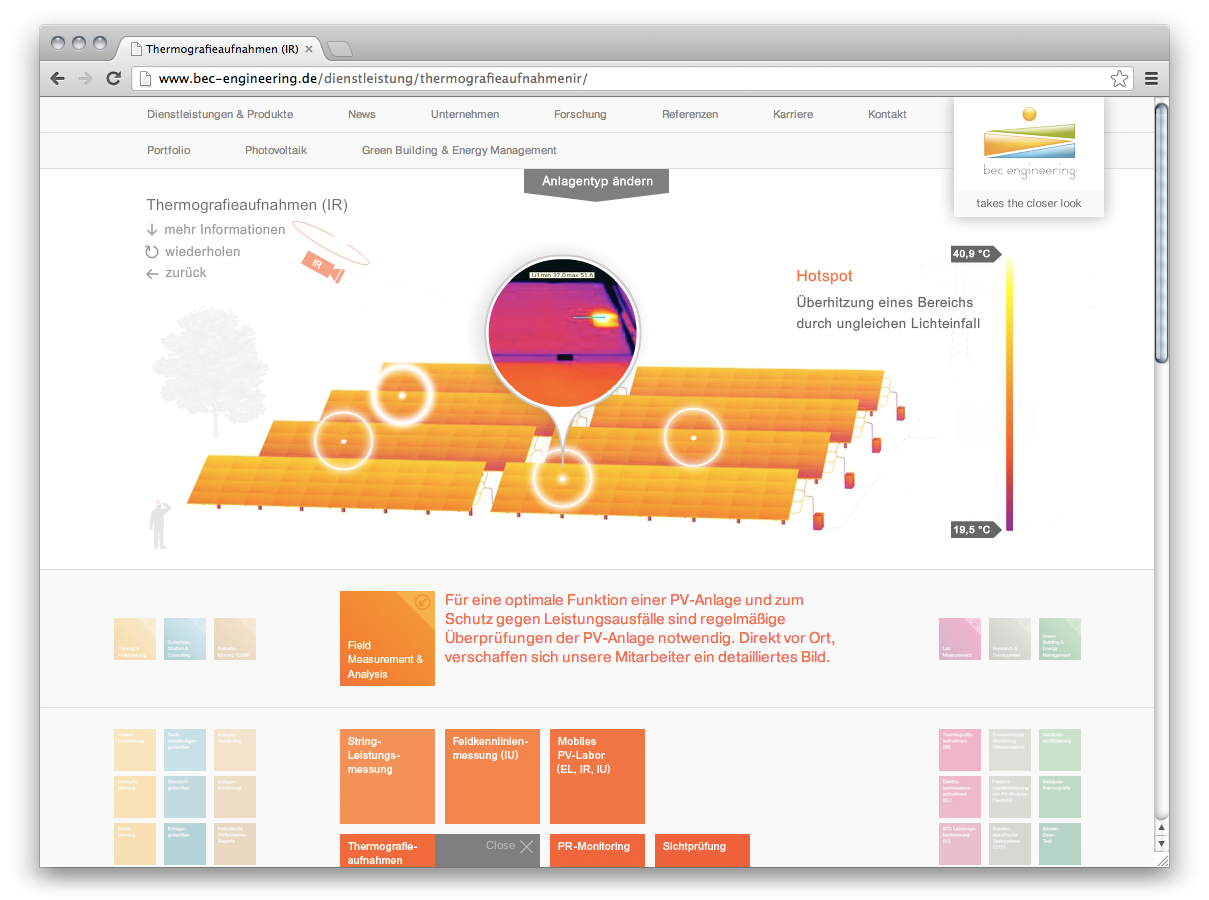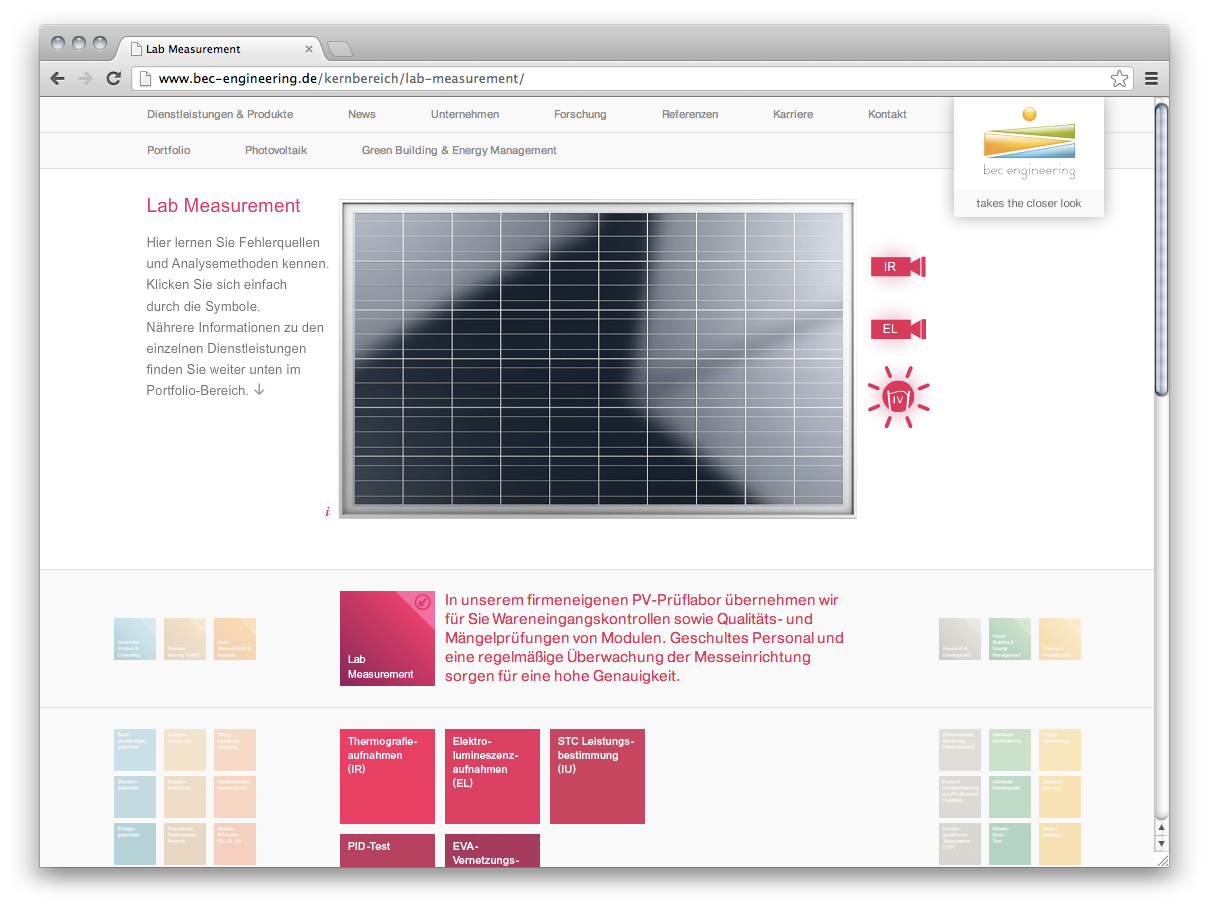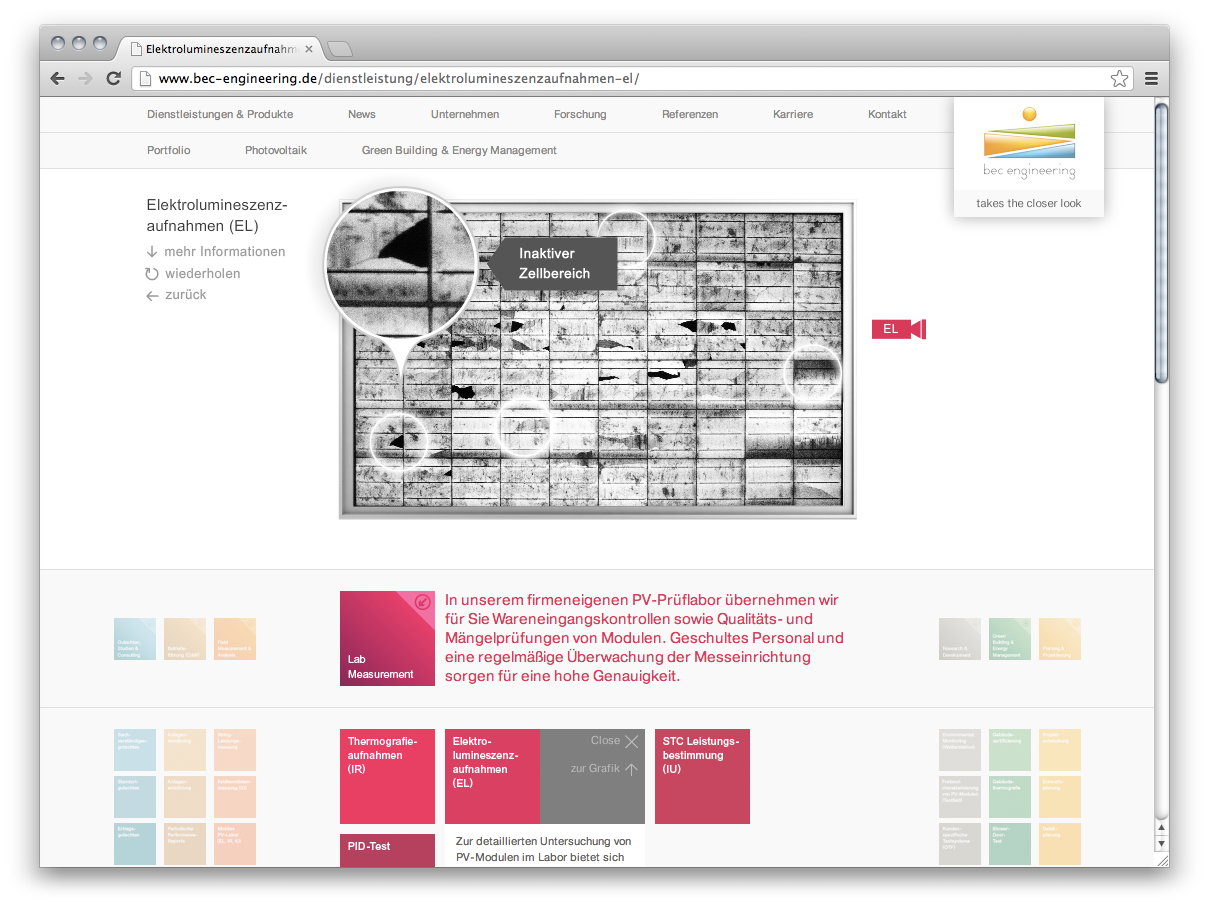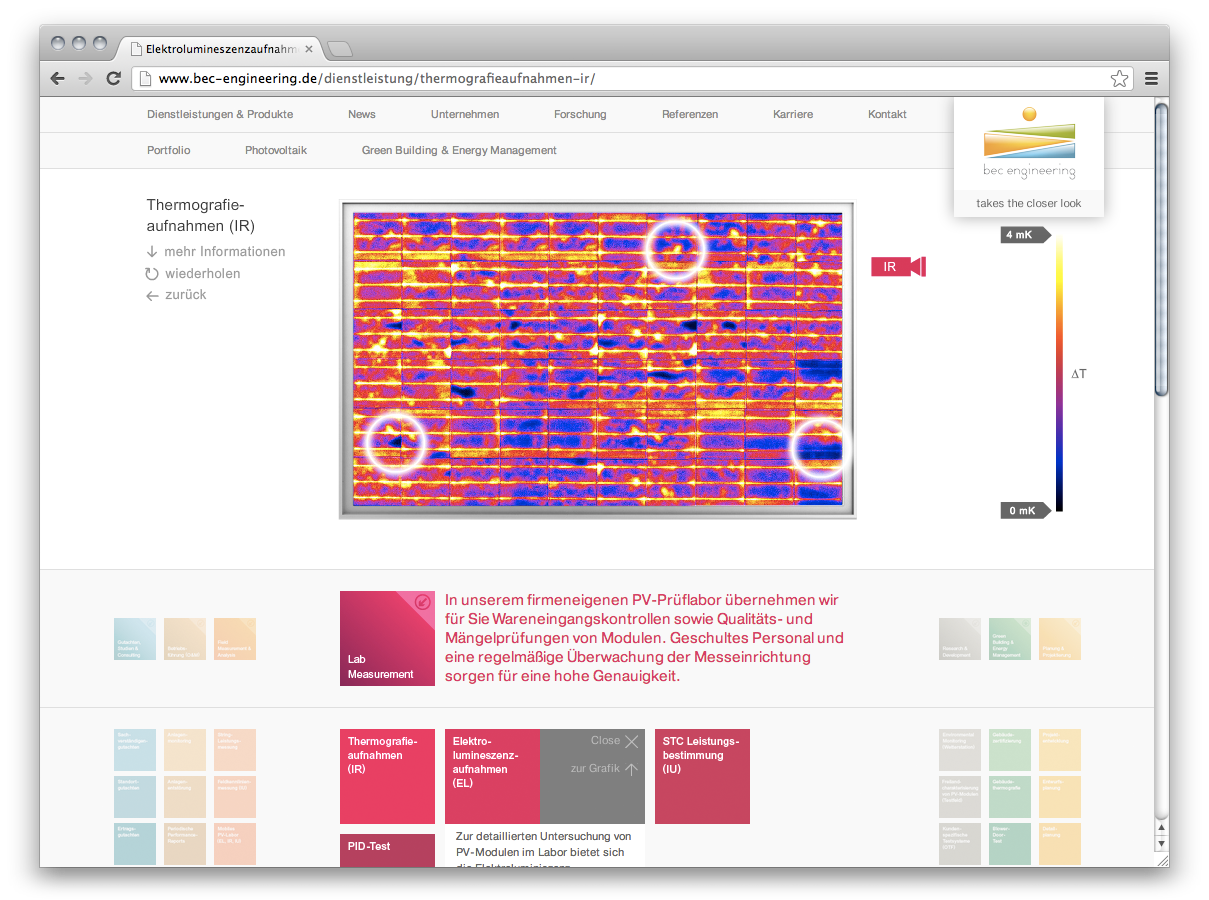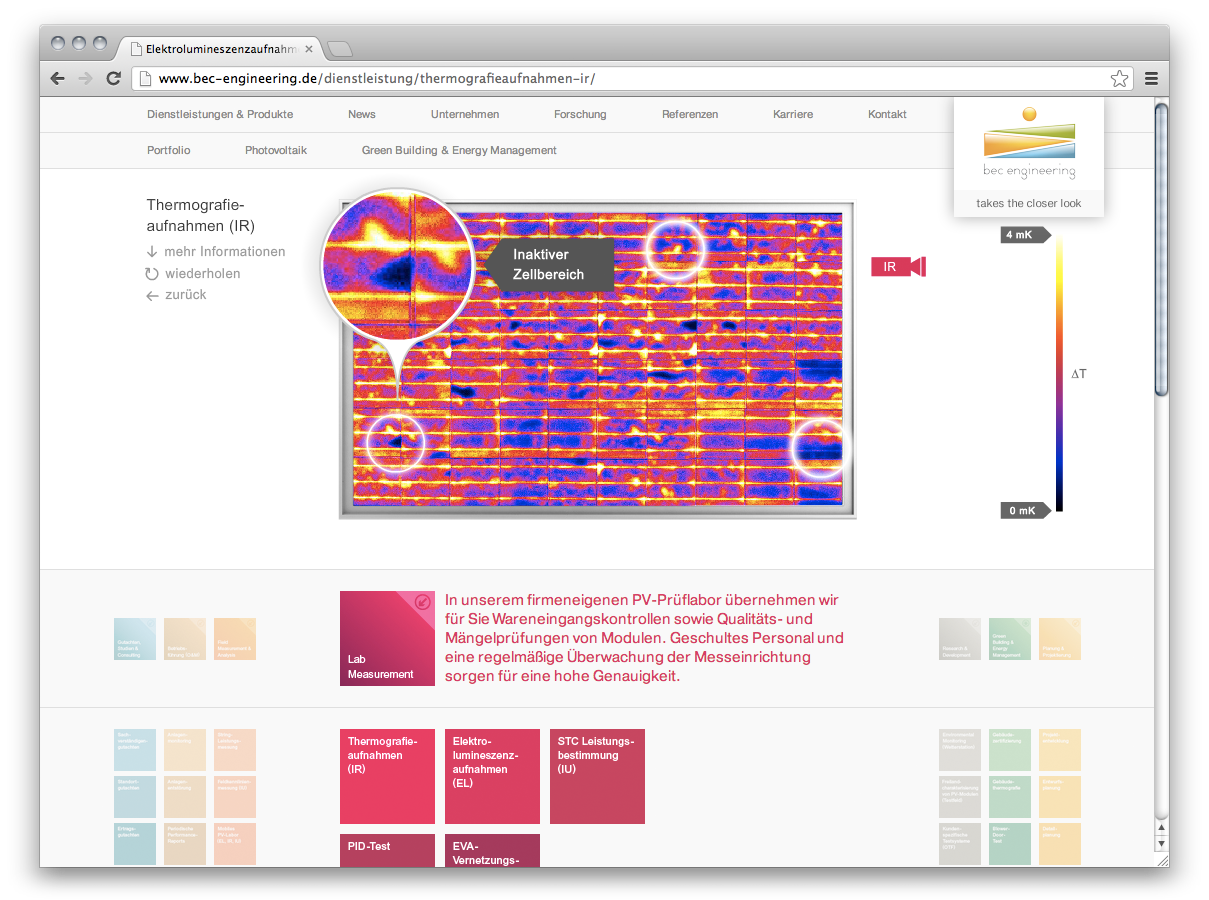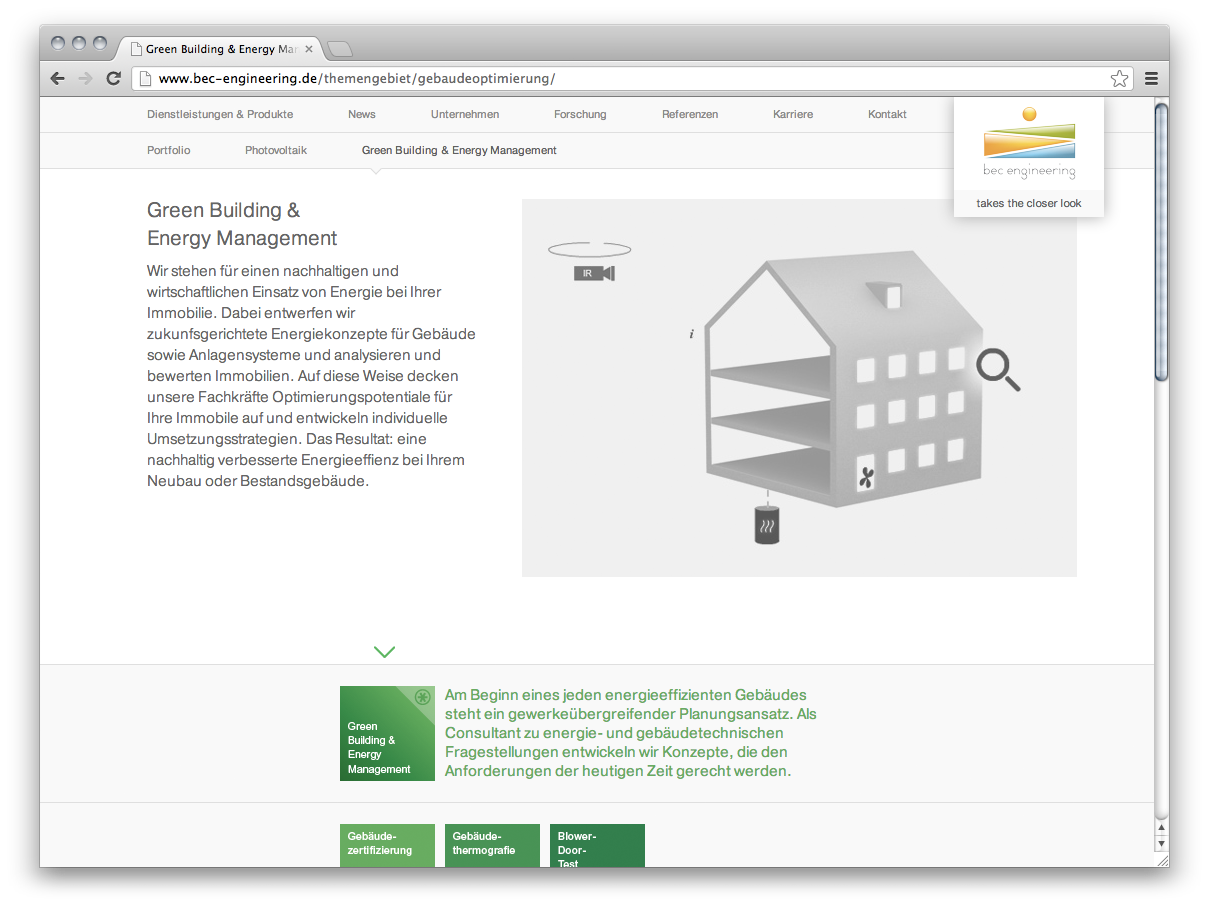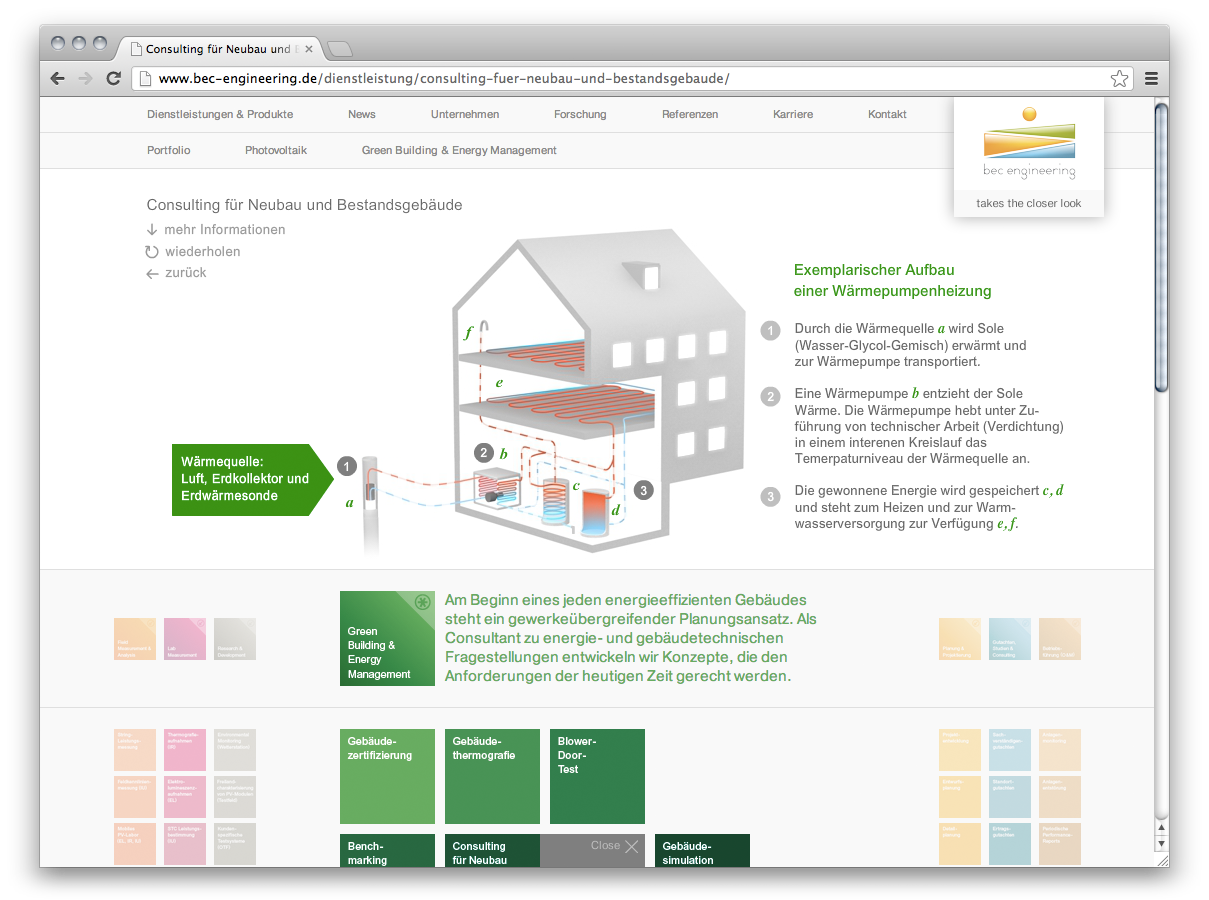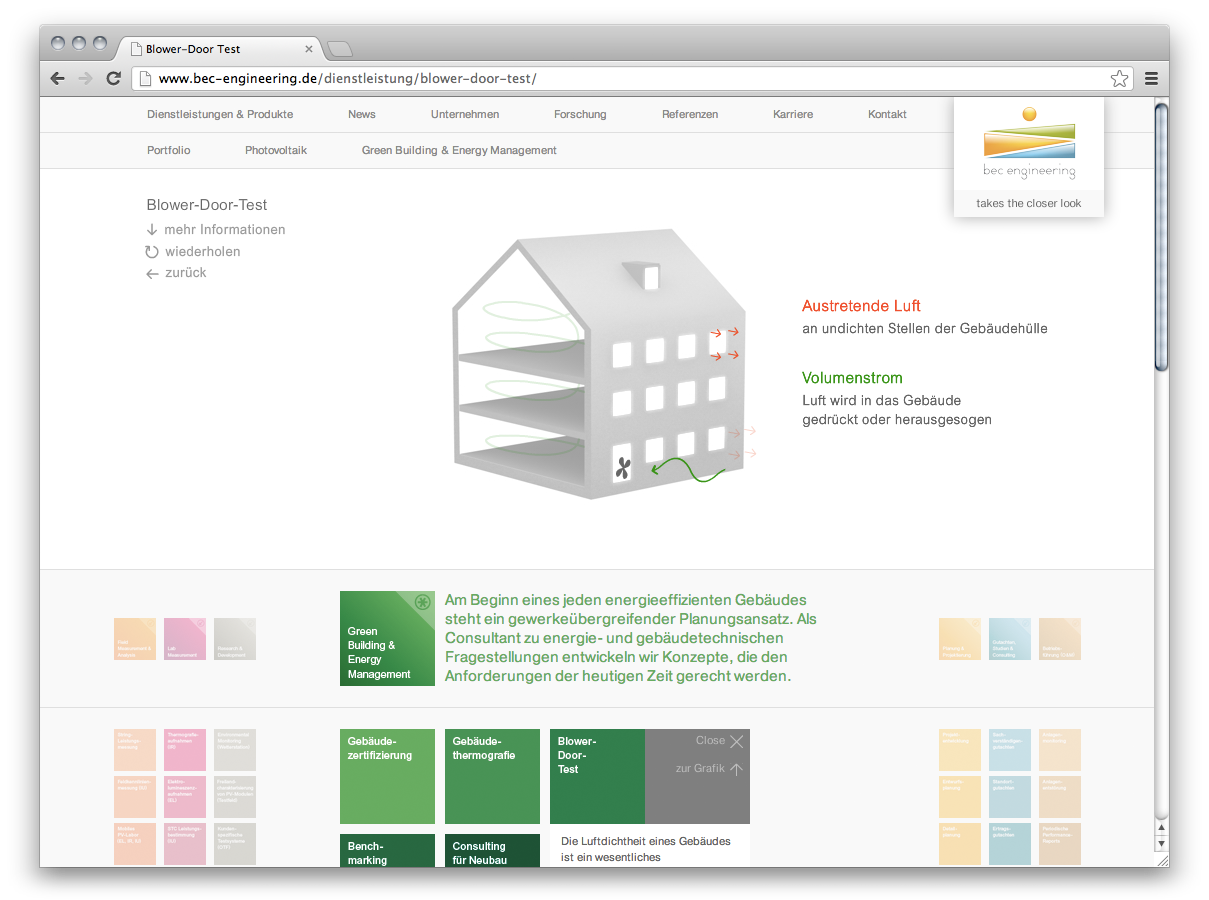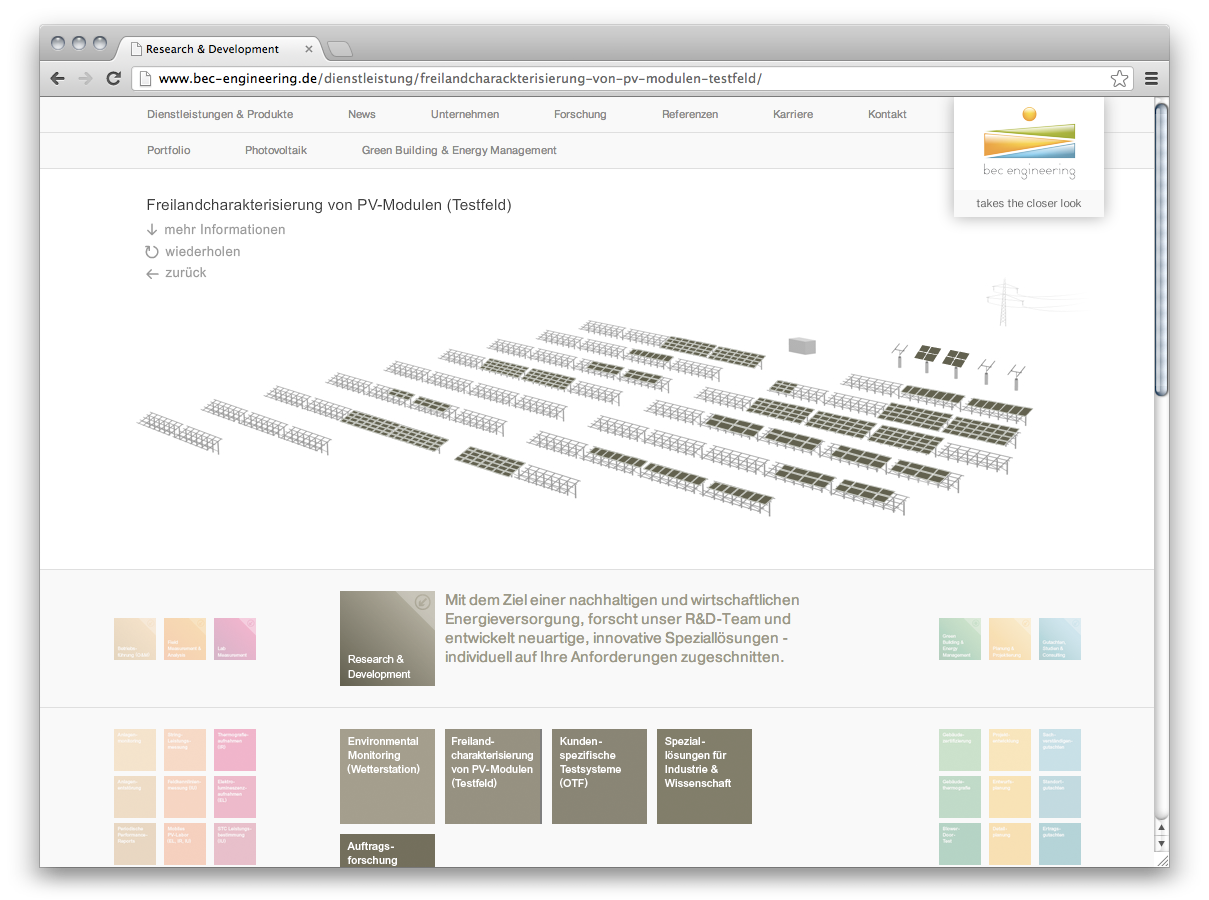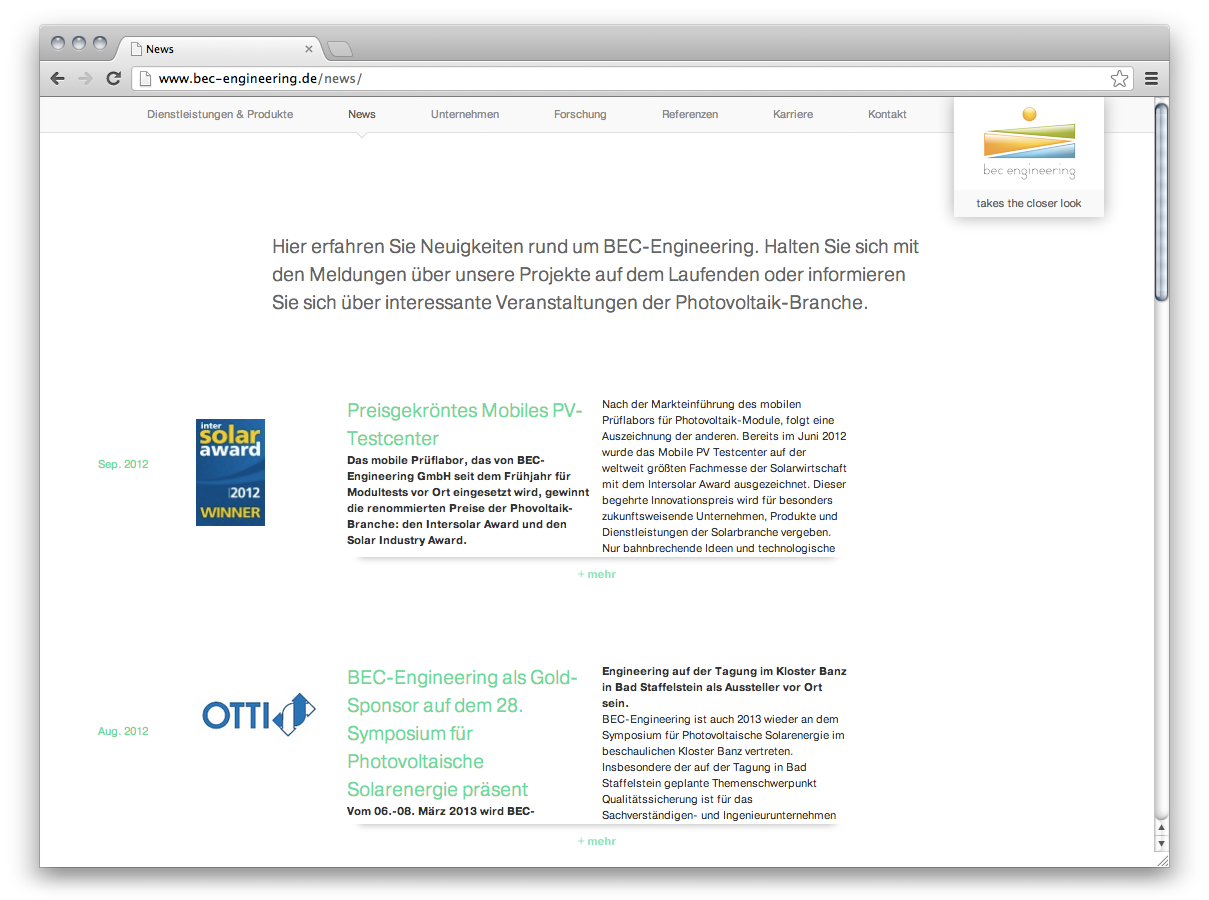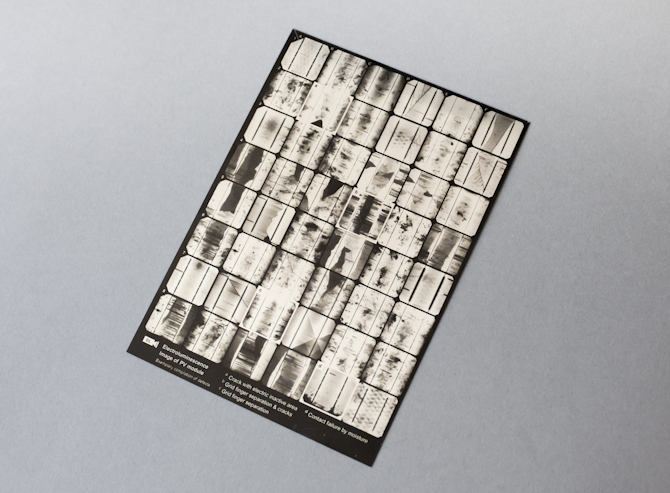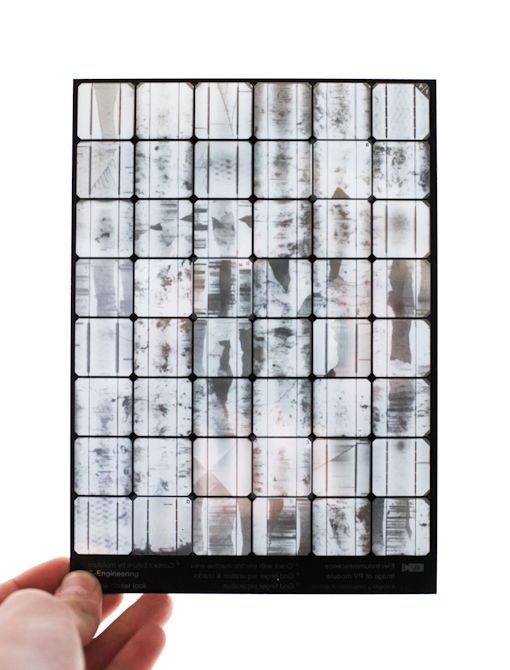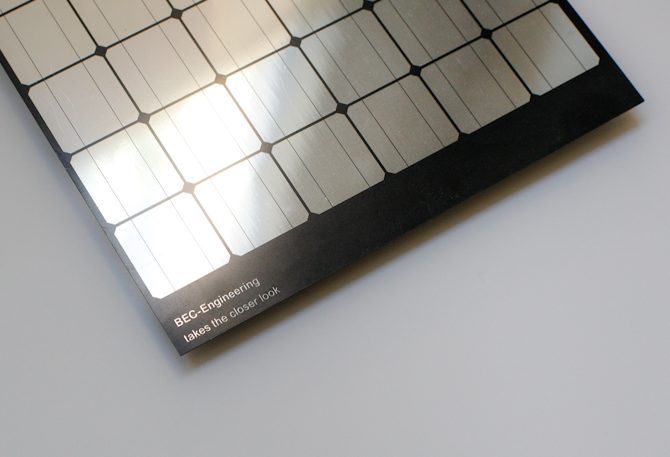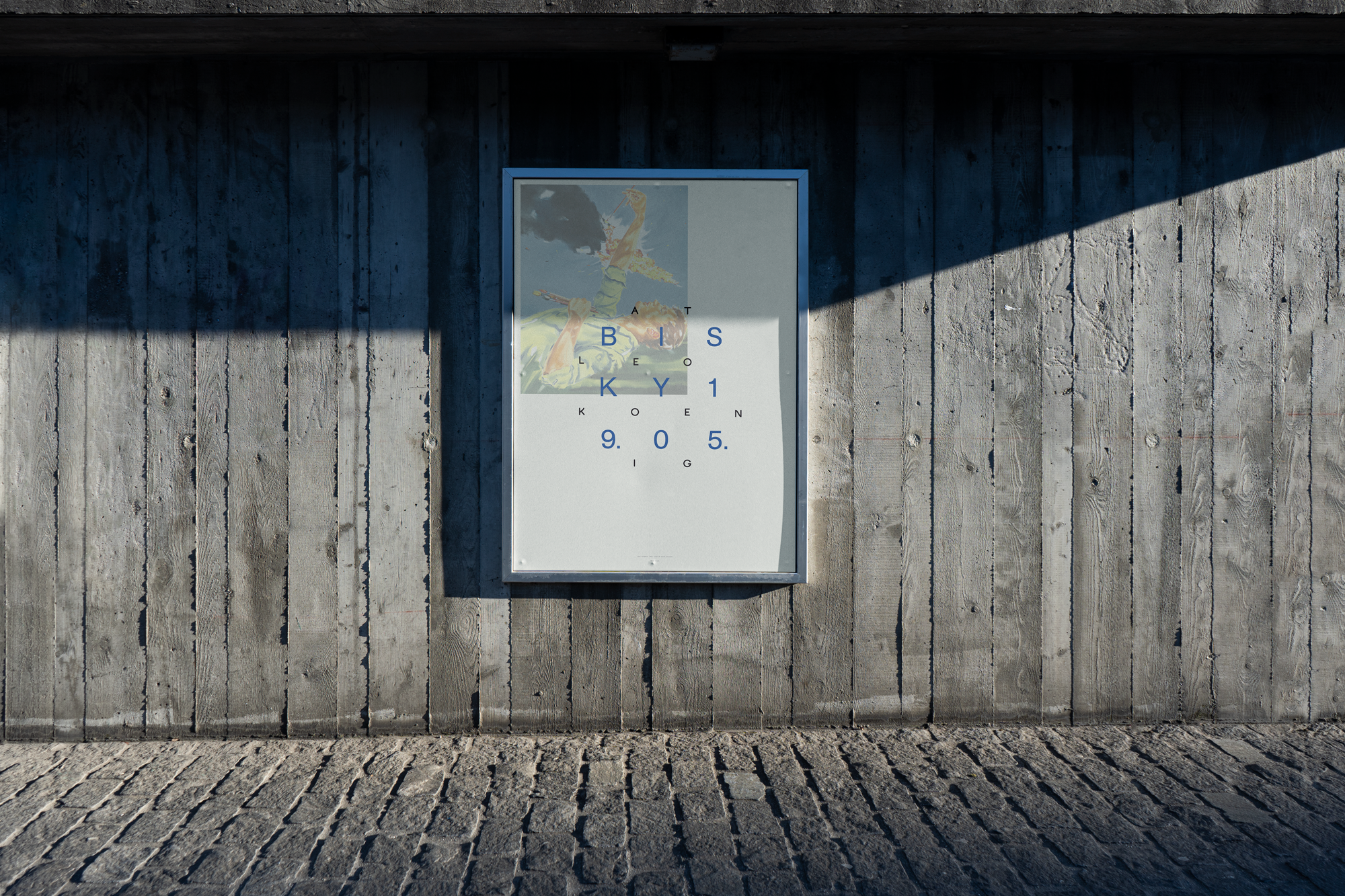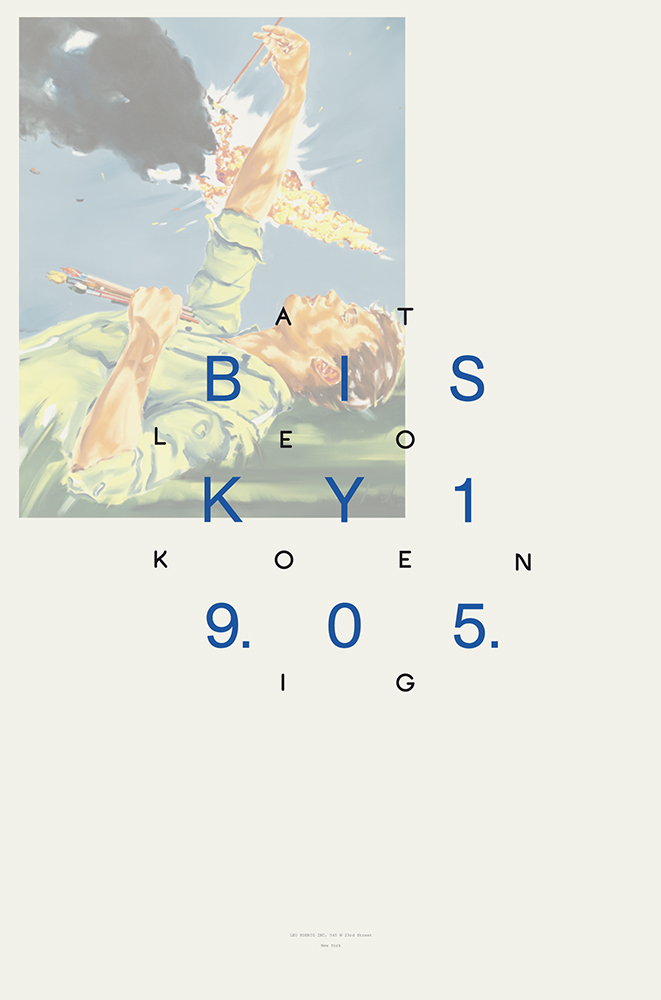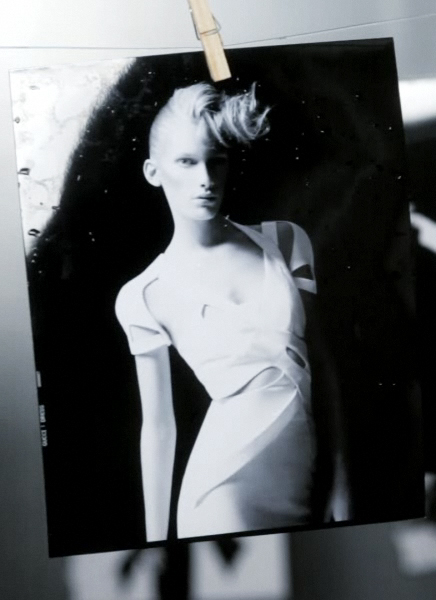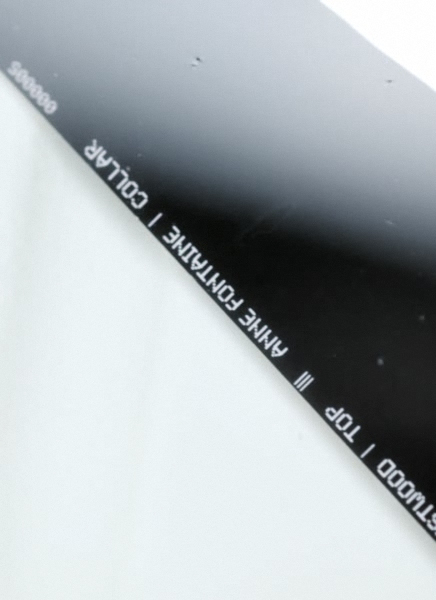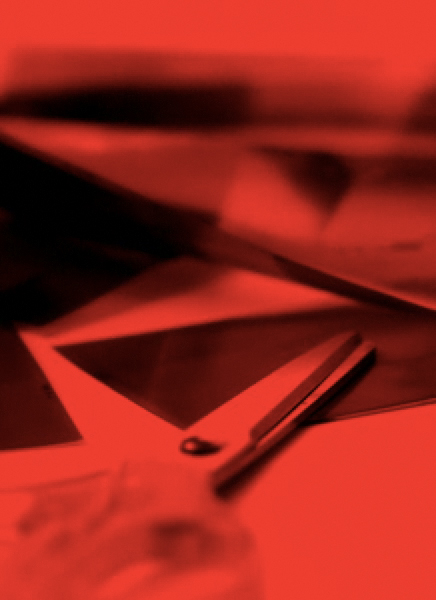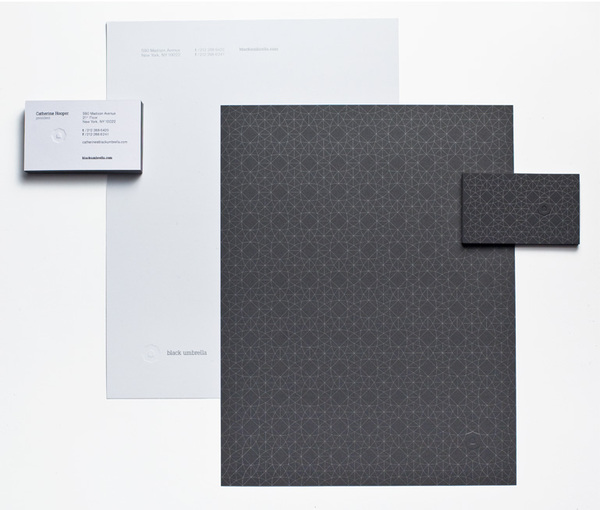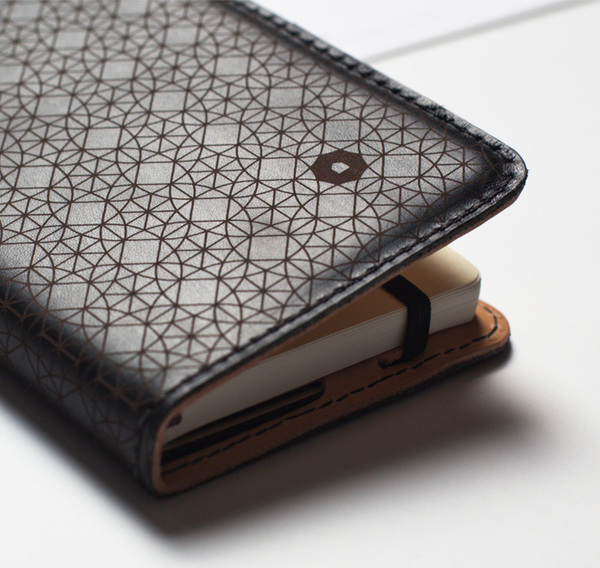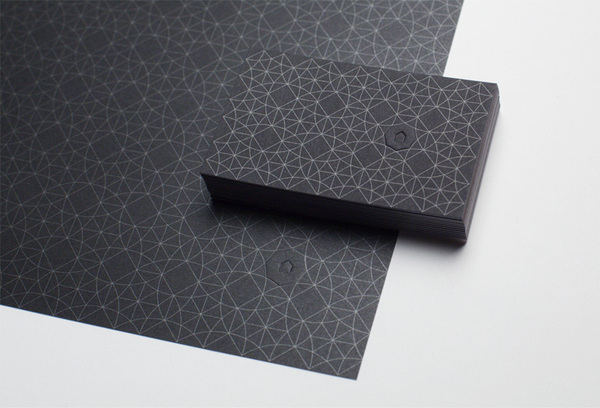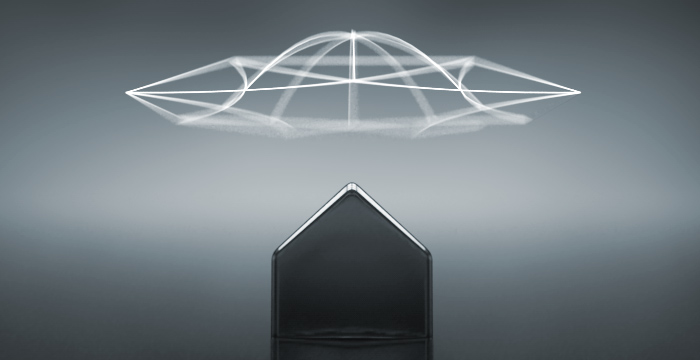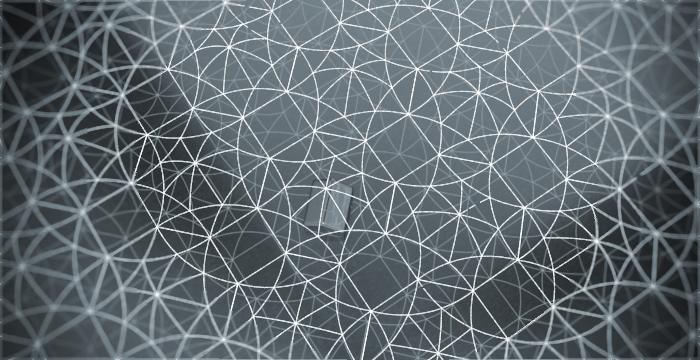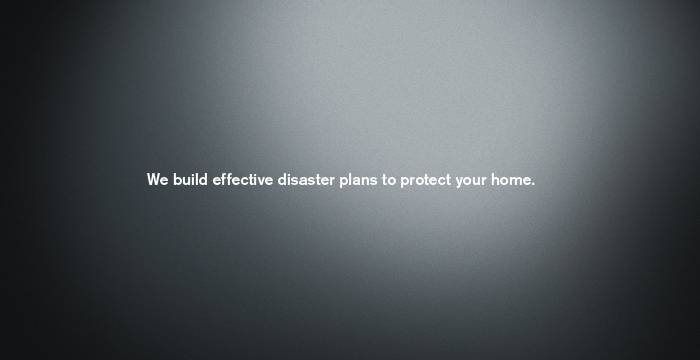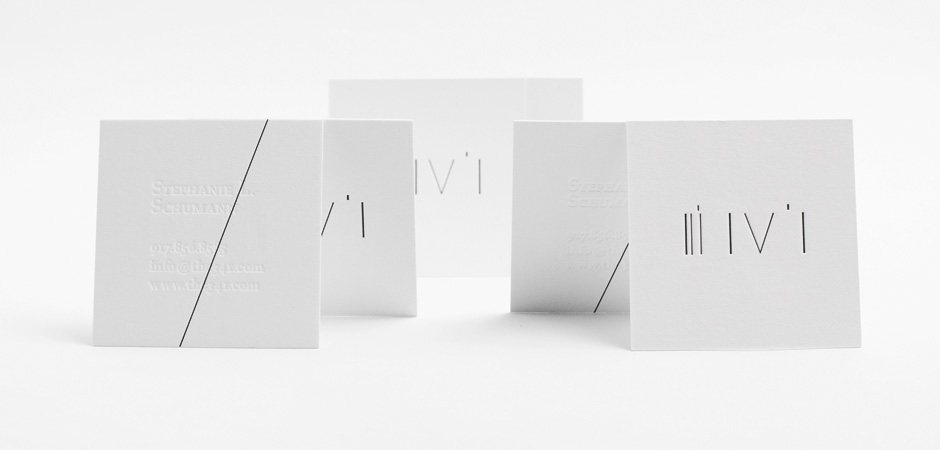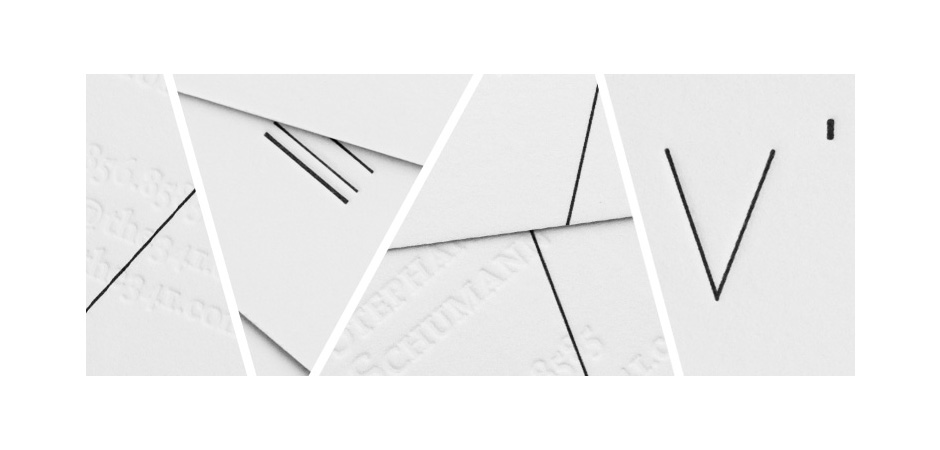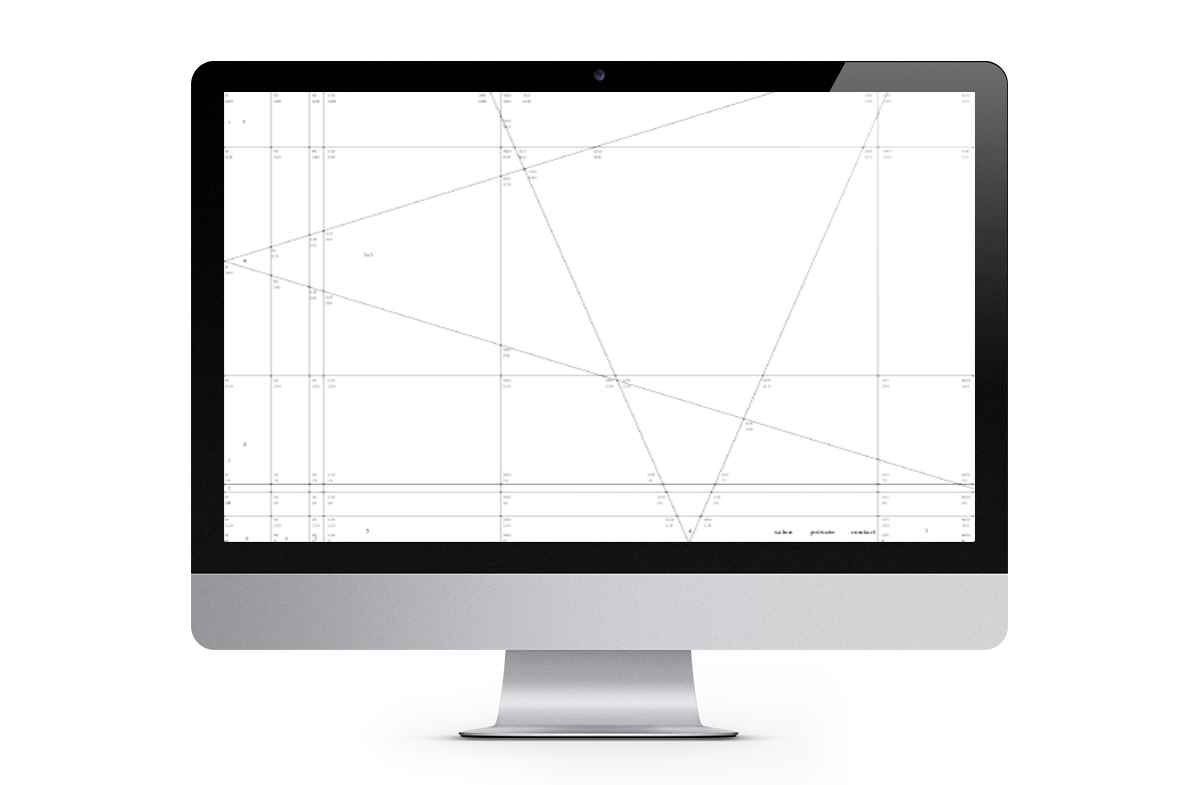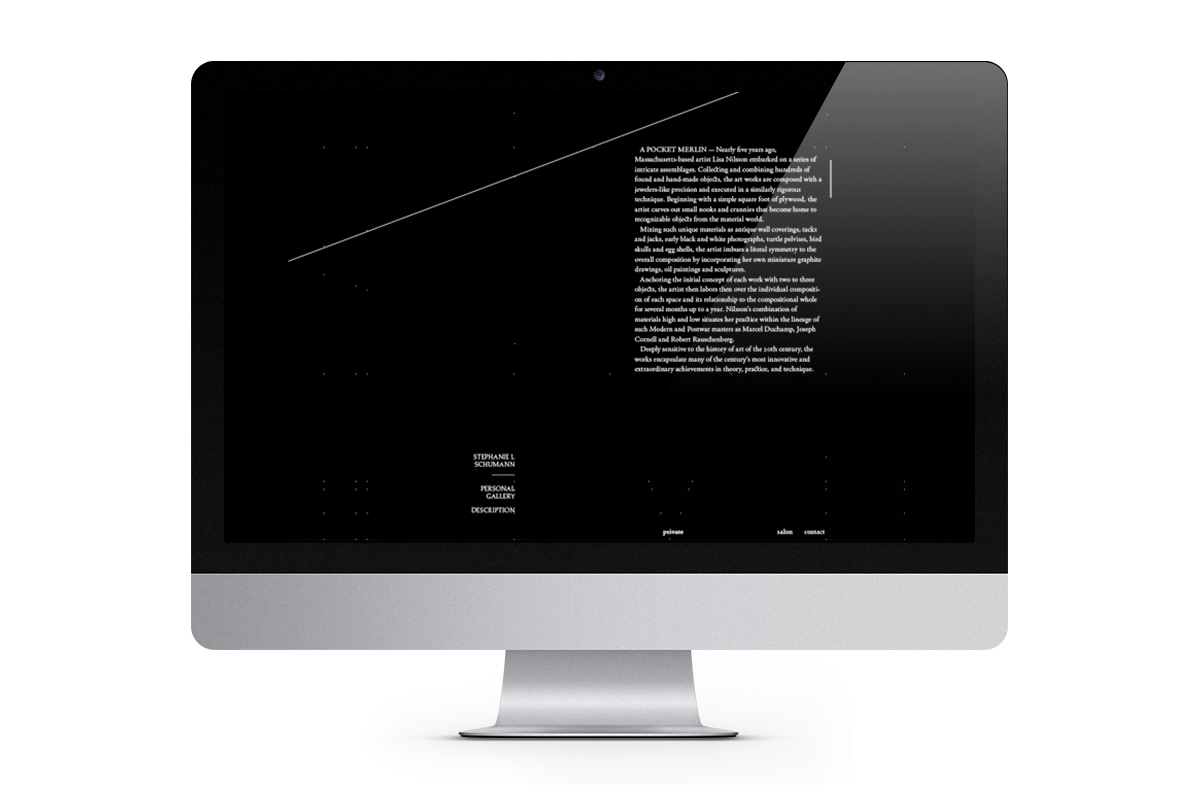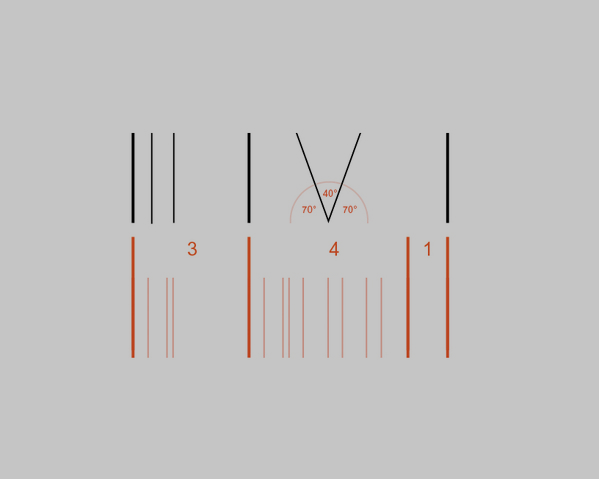Manufaktur für Ungreifbares is a Berlin based multidisciplinary communication & design practice. It exists as an open team with professions in the fields of communication design, UI/UX design, architecture, curation, writing, philosophy and economics. We believe communication and design strategies should be applied from day one of your endeavor. Be it physical, digital or a social cause – we help you to find & refine your product, to design & build it and to bring forth its voice, no matter the medium.
Exhibitions,
Workshops, Festivals (Excerpt)
Workshops, Festivals (Excerpt)
2006, 08 — Group Exhibition „Essen für‘s Auge“ Max-Planck-Institut, Munich, Germany
2007, 12 — Group Exhibition „Player One vs. Player Two“ Färberei, Munich, Germany
2011, 10 — SIMULTAN FESTIVAL #7 – „Imaginary“ Timisoara, Romania
2011, 11 — PNEM Sound Art Festival, Netherlands
2011, 11 — Fucking Good Art, LindeNow Festival. Leipzig, Germany
2011, 11 — Beautiful Art – Public Talk with Bildetage, Kuhturm, Leipzig, Germany
2012, 02 — Switch 2012, Video-Art Festival, Nenagh, Ireland
2012, 03 — Traverse Video Festival, Toulouse, France
2012, 05 — Festival für Klang und Bewegte Visuelle Kunst, Hannover, Germany
2012, 09 — Façade Video Festival 2012, Plovdiv, Bulgaria
2013, 05 — Ornament & Concealment, Berlin, Germany
2014, 12 — kontinuum, Patrick Parrish Gallery, New York, US
2015, 03 — SPRING/BREAK Art Show 2015, New York, US
Print Publications (Excerpt)
2010 — Featured in Esquire Magazine, Korea
2010 — Review in Giant Robot Magazine, USA
2010 — Gallery Mag – 5 Pieces of work published
2010 — Carne Magazine – 2 Pieces of work published
2011 — Index Book, Typo Shirt One, Spain
2011 — Wow! – Leading-edge Designers, China
2013 — ARCH+ 213, Out of Balance, Germany
Blogs, etc. (Excerpt)
graphic-exchange.com, thedieline.com, thecoolhunter.com, designyoutrust.com,
daily-design-news.com, greenmuze.com, siteinspired.com, thedailymeal.org,
graficacolectiva.org, posterous.com, xpaider.com, thestrangeattractor.com,
thisisduty.com, typojungle.net, lettercult.com, trendhunter.com, baubauhaus.com,
theworldsbestever.com, thisisnthappiness.com, thestrangeattractor.com,
thinkingforaliving.org, theworldsbestever.com, minimalexhibit.com,
pixelperfectportfolios.com, joshspear.com, theimport.co.uk, inpursuitofsilence.com,
motionserved.com, thisisduty.com, …
If you happen to want to work or collaborate with us
or if you have any other inquiry, please contact:
info@m-f-u.org
+49.176.249.359.65
Manufaktur für Ungreifbares
c/o Felix von der Weppen
Cuvrystr. 32
D-10997 Berlin
Angaben gemäß § 5 TMG,
Verantwortlich für den Inhalt nach § 55 Abs. 2 RStV:
Manufaktur für Ungreifbares
Felix von der Weppen
Cuvrystraße 32
D—10997 Berlin
| info@m-f-u.org | |
| fon | +49.176.249.359.65 |
| Design & Development |
M-F-U |
| AGB | Allgemeine Geschäftsbedingungen |
All work depicted is copyright © MFU / Felix von der Weppen, 2009 – 2014
Responsible body in the sense of the data protection laws, in particular the EU data protection basic regulation (DSGVO), is:
Felix von der Weppen
Cuvrystraße 32
D-10997 Berlin
Germany
Your victims rights
You can always exercise the following rights under the contact details of our data protection officer:
- Information about your stored data and their processing,
- Correction of incorrect personal data,
- Deletion of your stored data,
- Restriction of data processing, if we are not yet allowed to delete your data due to legal obligations,
- Objection to the processing of your data by us and
- Data portability, if you have consented to the data processing or have concluded a – contract with us.
- If you have given us your consent, you can withdraw it at any time with effect for the future.
You can always contact the supervisory authority responsible for you with a complaint. Your competent supervisory authority will depend on the state of your domicile, work or alleged violation. A list of the supervisory authorities (for the non-public area) can be found at: https://www.bfdi.bund.de/DE/Infothek/Anschriften_Links/anschriften_links-node.html.
Purposes of data processing by the responsible body and third parties
We process your personal data only for the purposes stated in this privacy policy. A transfer of your personal data to third parties for purposes other than those mentioned does not take place. We only share your personal information with third parties if:
- You have given your express consent to
- the processing is required to execute a contract with you,
- the processing is necessary to fulfill a legal obligation,
- processing is necessary to protect legitimate interests and there is no reason to believe that you have an
- overriding legitimate interest in not disclosing your information.
Deletion or blocking of data
We adhere to the principles of data avoidance and data economy. Therefore, we only use your personal data for as long as it is necessary to do so. After discontinuation of the respective deadlines, the corresponding data will be routinely and in accordance with the statutory provisions.
Collecting general information when visiting our website
When you access our website, a cookie automatically records information of a general nature. This information (server log files) includes, for example, the type of web browser, the operating system used, the domain name of your Internet service provider and the like. This is only information that does not allow conclusions about your person.
This information is technically necessary to correctly deliver the contents of web pages requested by you and is mandatory when using the internet. They are processed in particular for the following purposes:
- Ensuring a hassle-free connection of the website,
- Ensuring a smooth use of our website,
- Evaluation of system security and stability as well
- for further administrative purposes.
- The processing of your personal data is based on our legitimate interest for the aforementioned purposes of data collection. We do not use your information to draw conclusions about you. The recipient of the data is only the responsible body and possibly the processor.
Anonymous information of this kind may be statistically evaluated by us to optimize our website and the underlying technology.
Using Script Libraries (Google Webfonts)
In order to render our content correctly and graphically appealing across browsers, we use script libraries and font libraries on this website, such as: Google Webfonts (https://www.google.com/webfonts/). Google web fonts are transferred to the cache of your browser to prevent multiple loading. If the browser does not support Google Web fonts or prohibits access, content will be displayed in a standard font.
The call of script libraries or font libraries automatically triggers a connection to the operator of the library. It is theoretically possible – but currently also unclear whether and if so for what purposes – that operators of such libraries collect data.
The privacy policy of the library operator Google can be found here: https://www.google.com/policies/privacy/
Using Adobe Typekit
We use Adobe Typekit for the visual design of our website. Typekit is a service of Adobe Systems Software Ireland Ltd. which grants us access to a font library. To integrate the fonts we use, your browser needs to connect to an Adobe server in the US and download the font we need for our website. Adobe receives the information that your website has been called from your IP address. For more information about Adobe Typekit, see the Adobe privacy policy, which can be found here: www.adobe.com/privacy/typekit.html
Vimeo
Our website uses plugins from the video portal Vimeo. Provider is Vimeo Inc., 555 West 18th Street, NY, New York 10011, USA.
If you visit any of our sites equipped with a Vimeo plugin, you will be connected to Vimeo’s servers. This tells the Vimeo server which of our pages you have visited. In addition, Vimeo obtains your IP address. This also applies if you are not logged in to Vimeo or do not have an account with Vimeo. The information collected by Vimeo is transmitted to the Vimeo server in the United States.
If you are logged in to your Vimeo account, you allow Vimeo to associate your surfing behavior directly with your personal profile. You can prevent this by logging out of your Vimeo account.
For more information on how to deal with user data, see the Vimeo Privacy Policy at https://vimeo.com/privacy.
Change of our privacy policy
We reserve the right to amend this privacy policy to always comply with the latest legal requirements or to implement changes to our services in the privacy policy, e.g. when introducing new services. Your new visit will be subject to the new privacy policy.
Questions to the data protection officer
If you have any questions about privacy, please email us or contact the person responsible for privacy in our organization:
Felix von der Weppen
(please find contact details in the contact section or the imprint)
Apart from the Adobe Typekit and Vimeo sections, the privacy policy has been created with the privacy statement generator of activeMind AG and was then translated.
